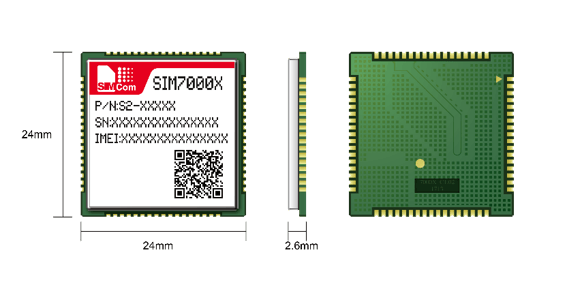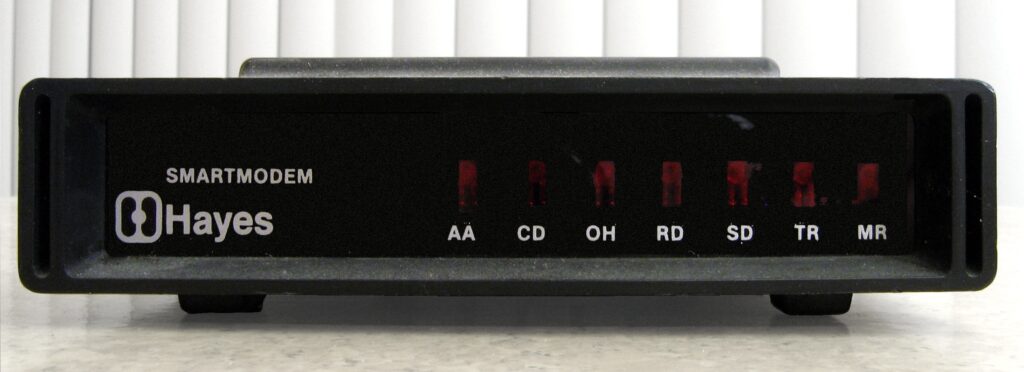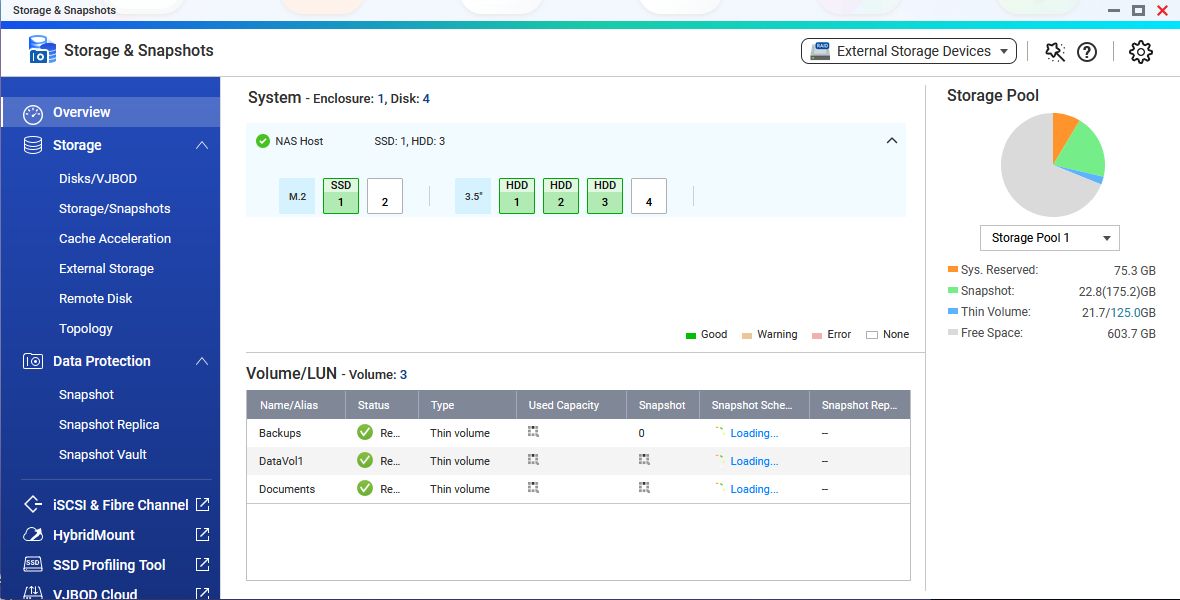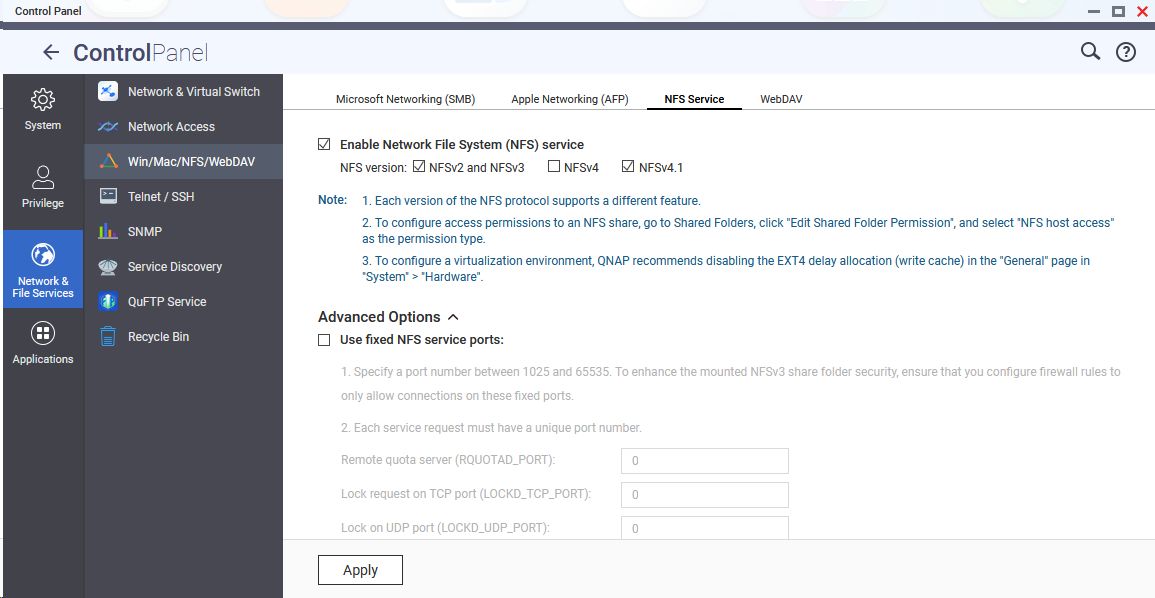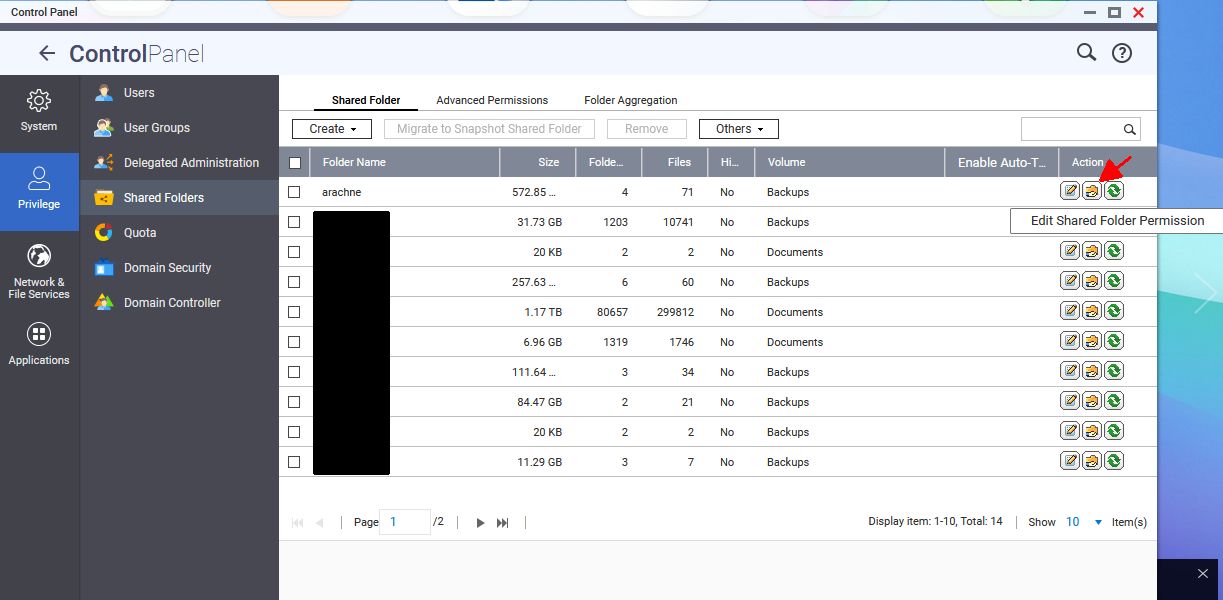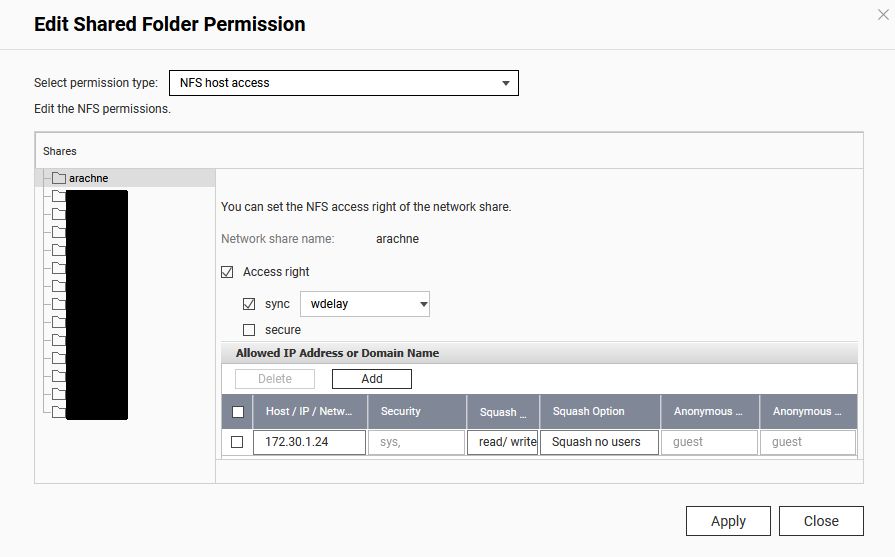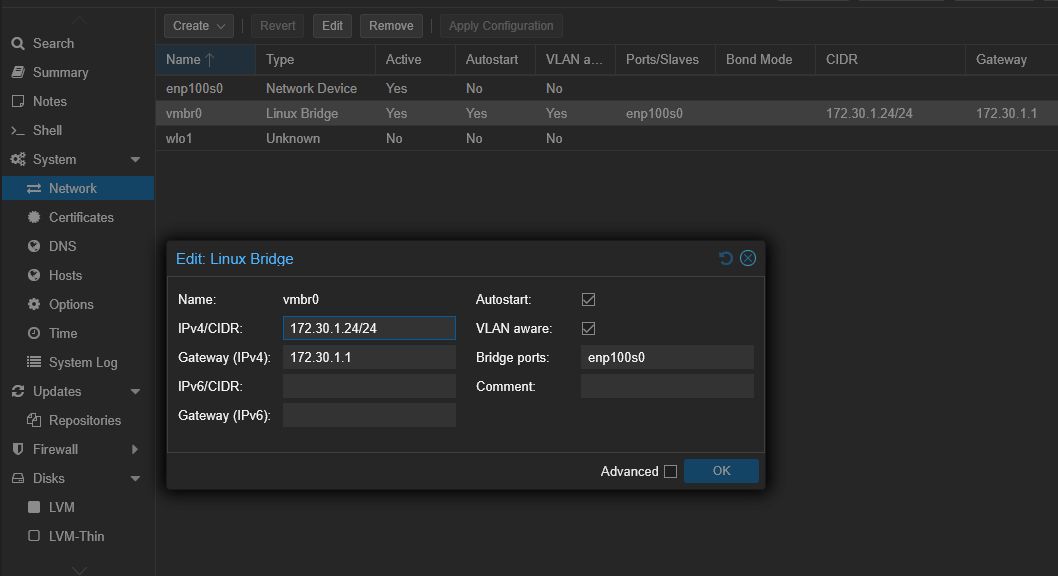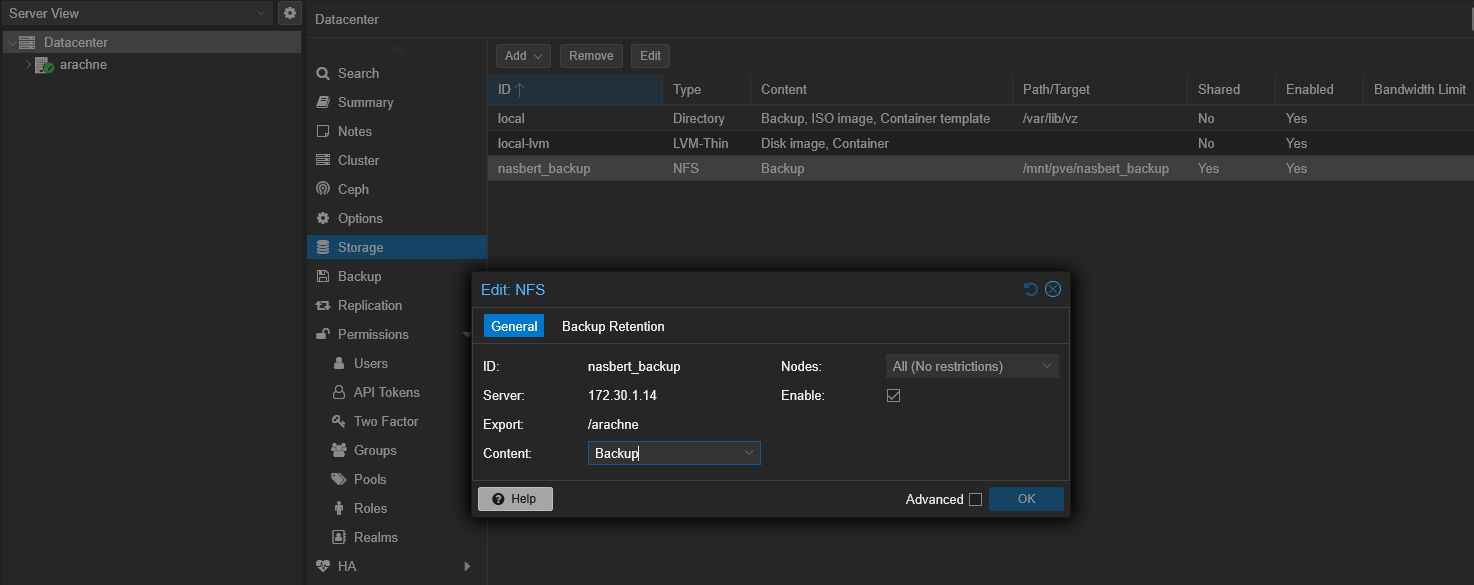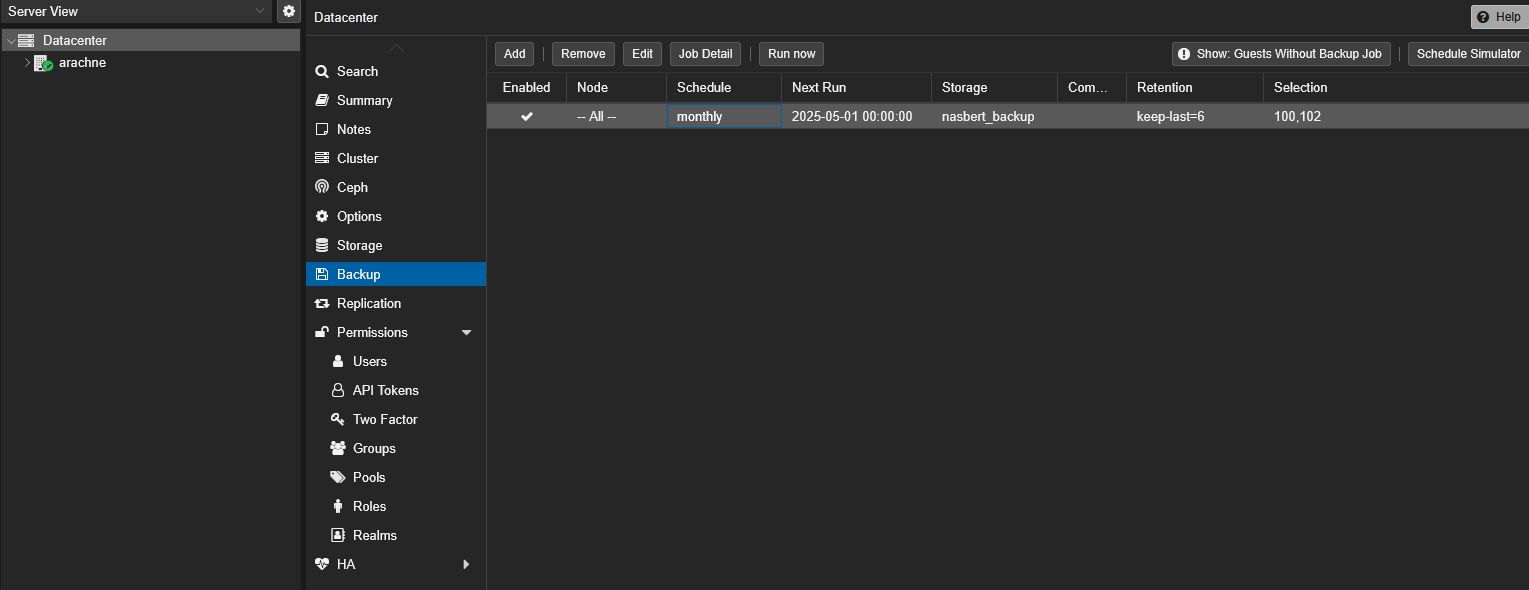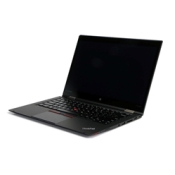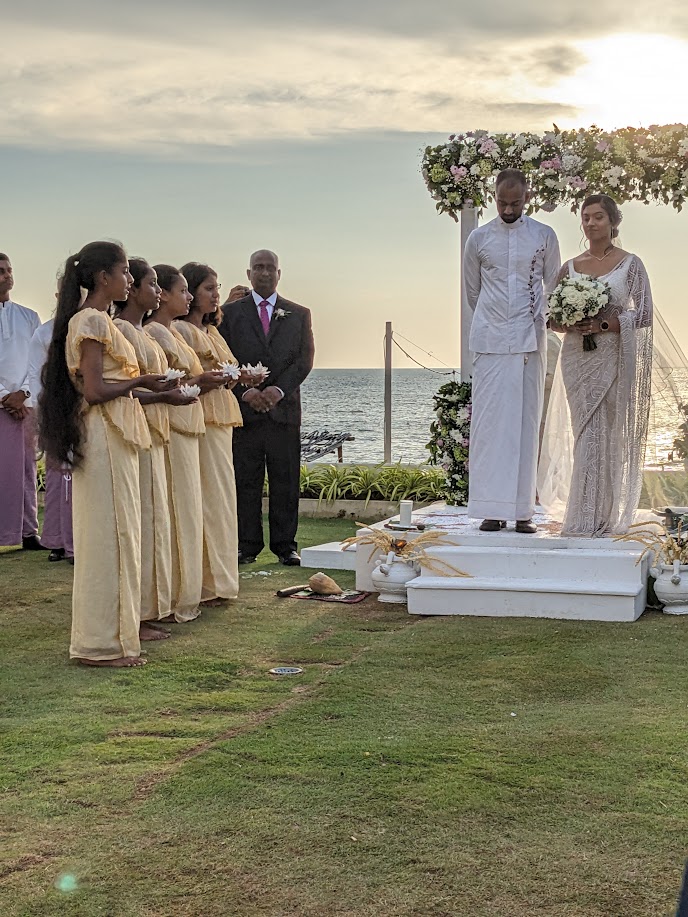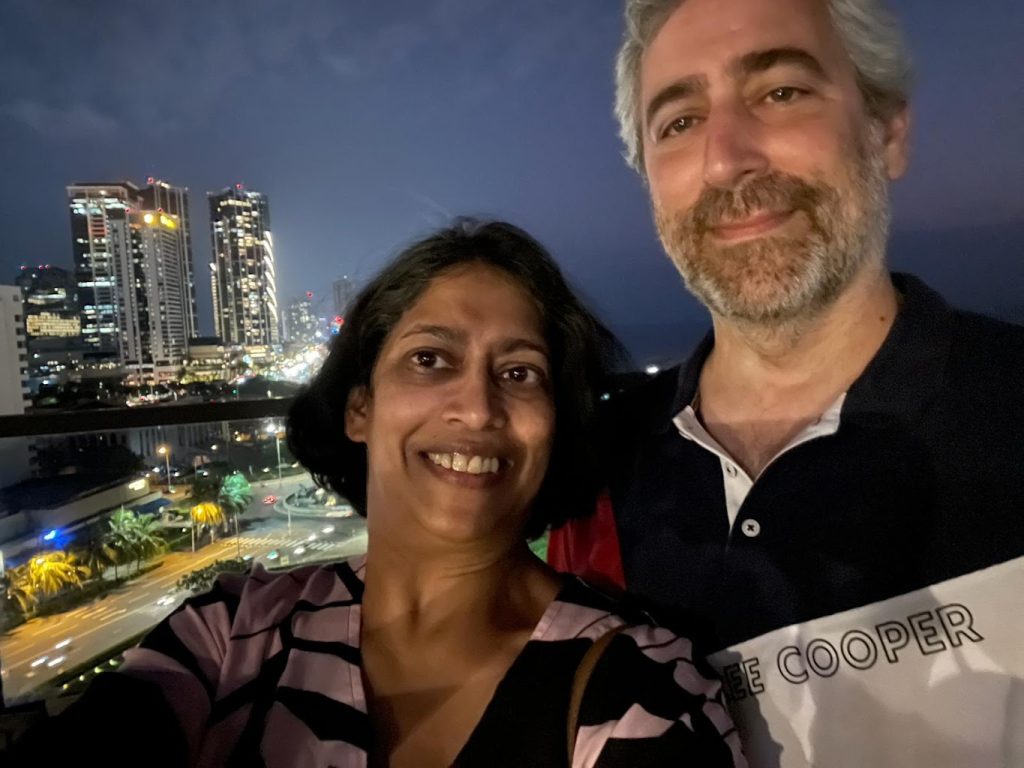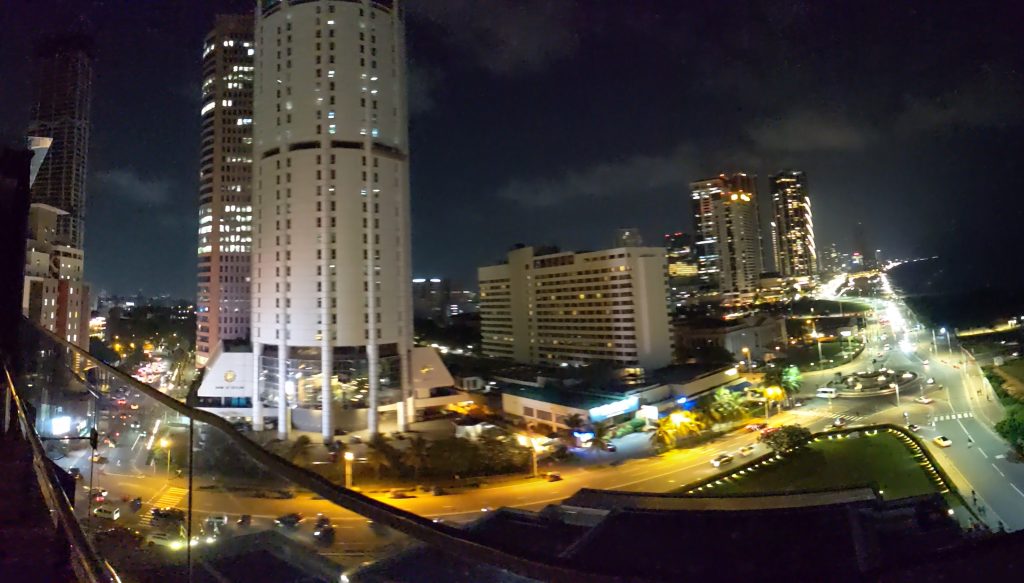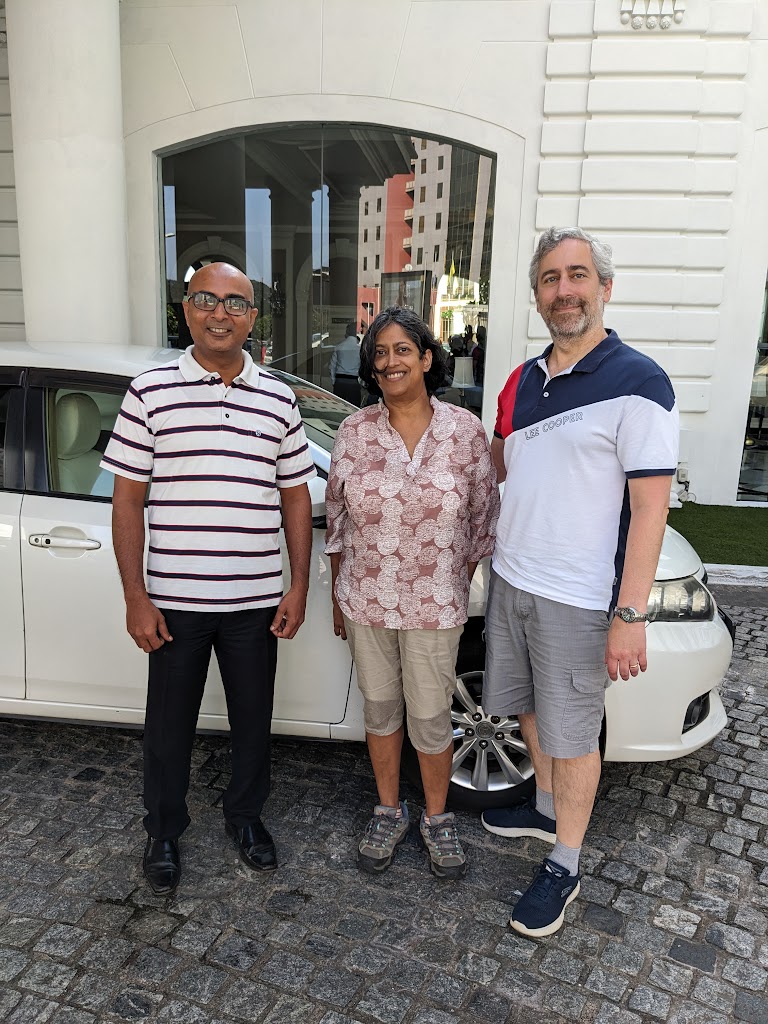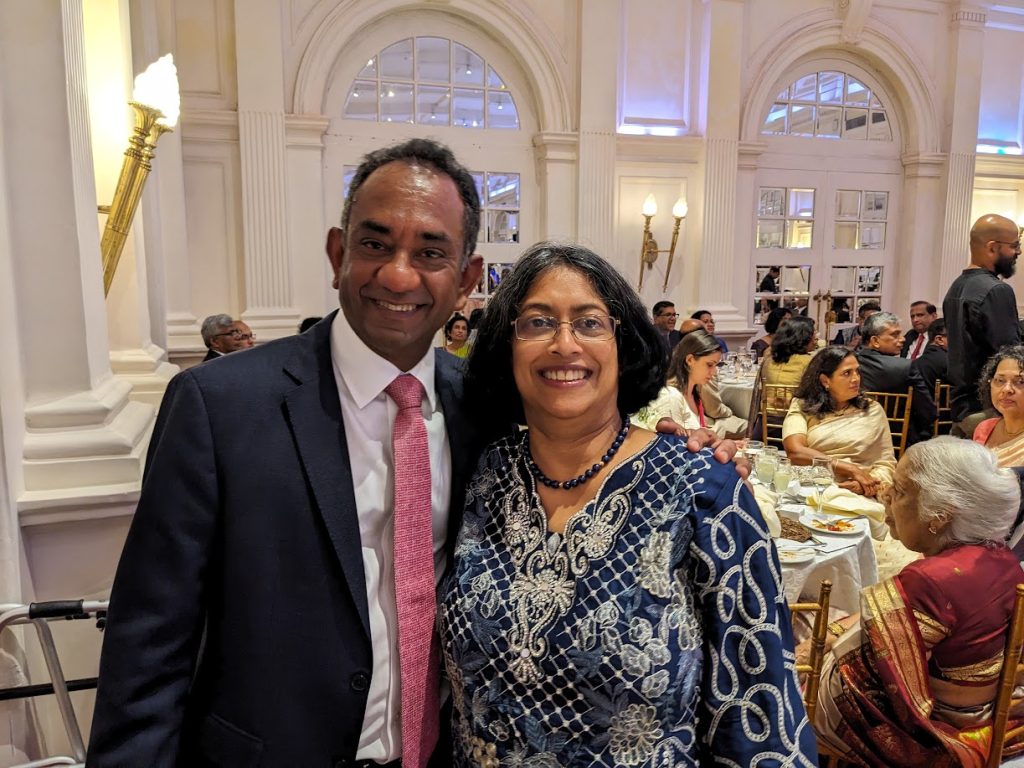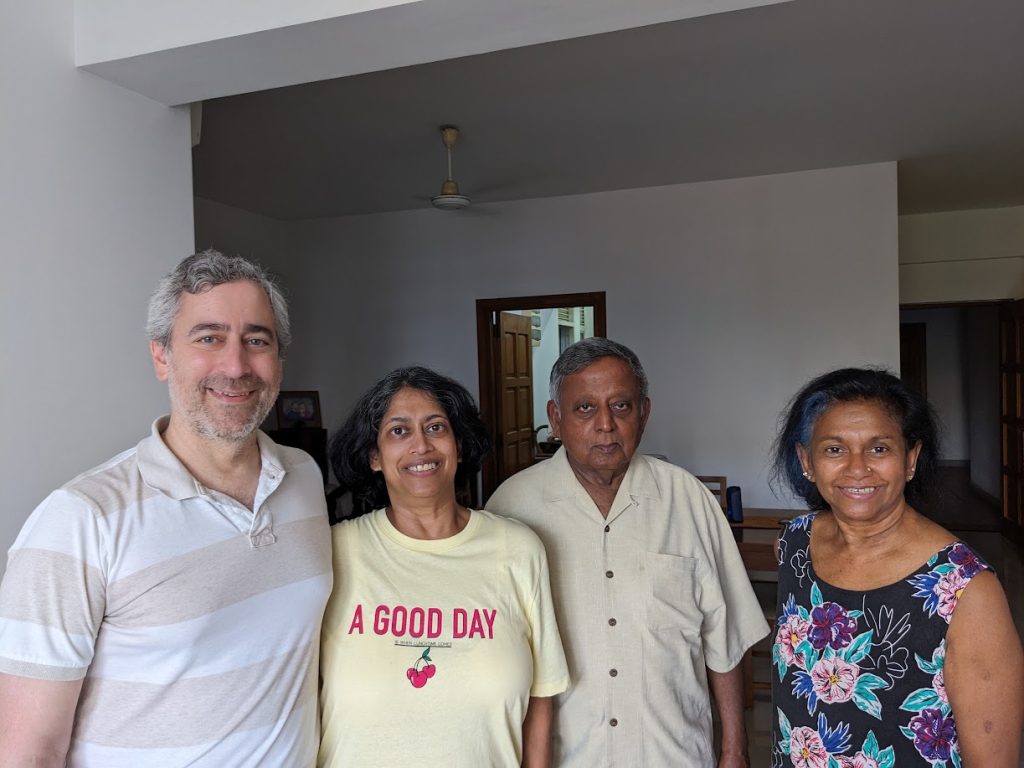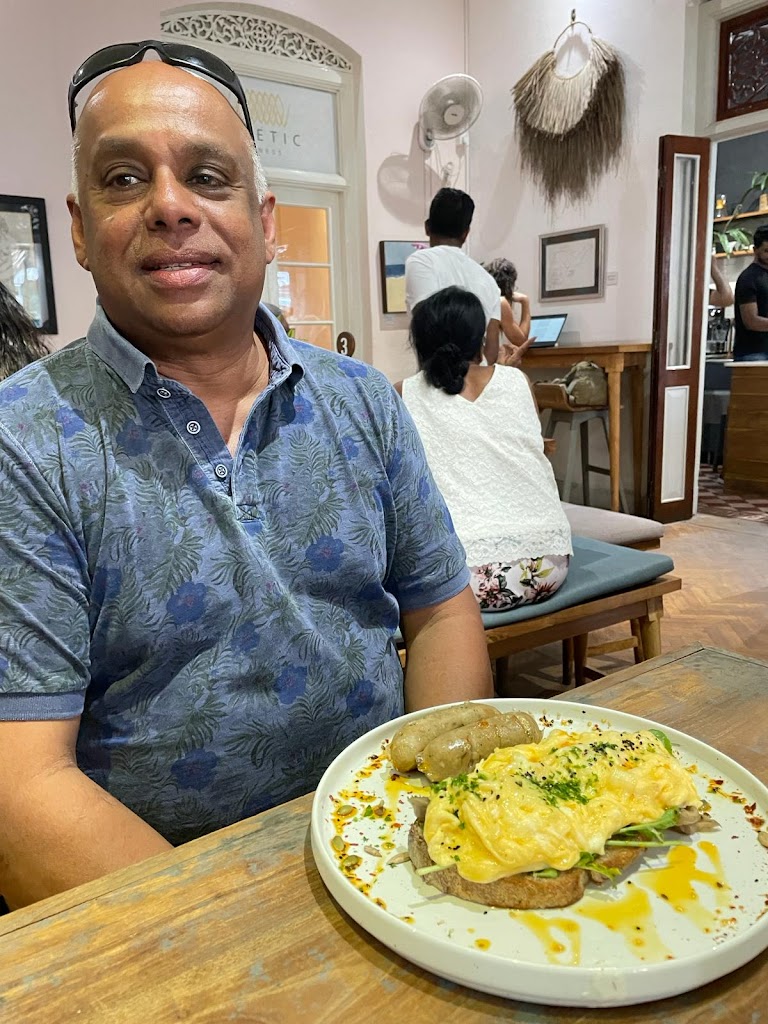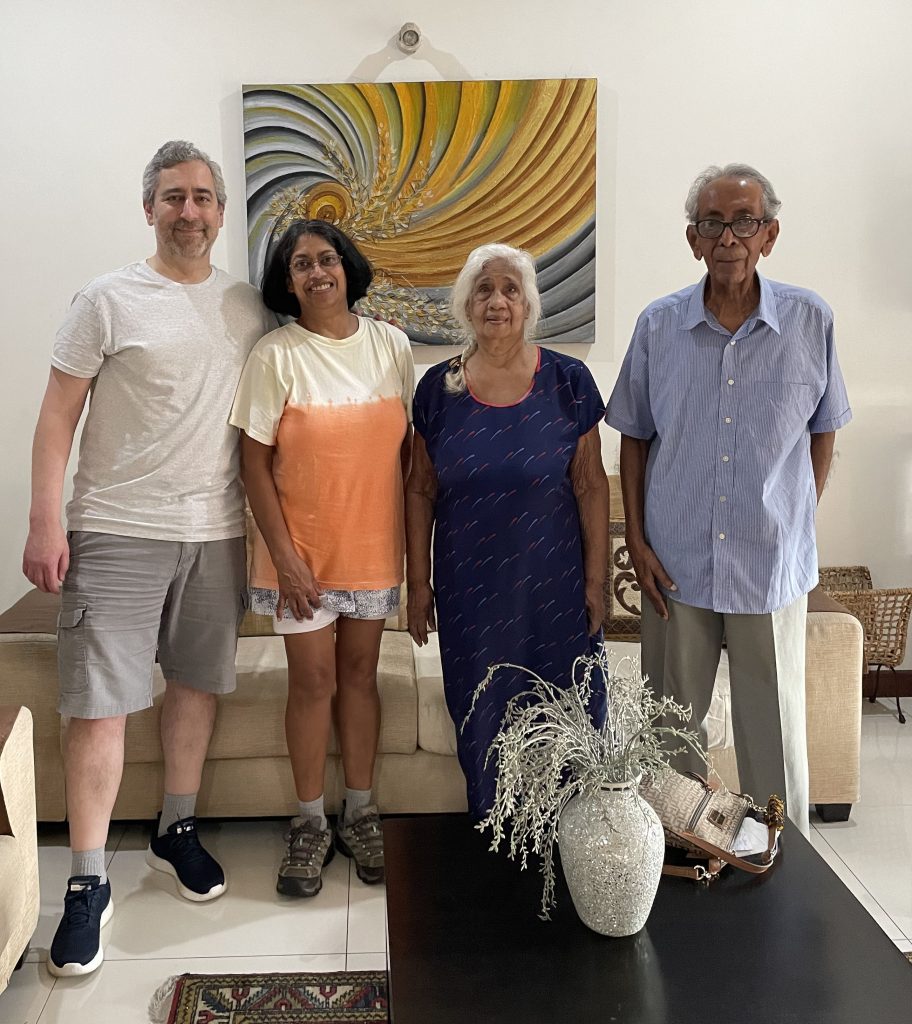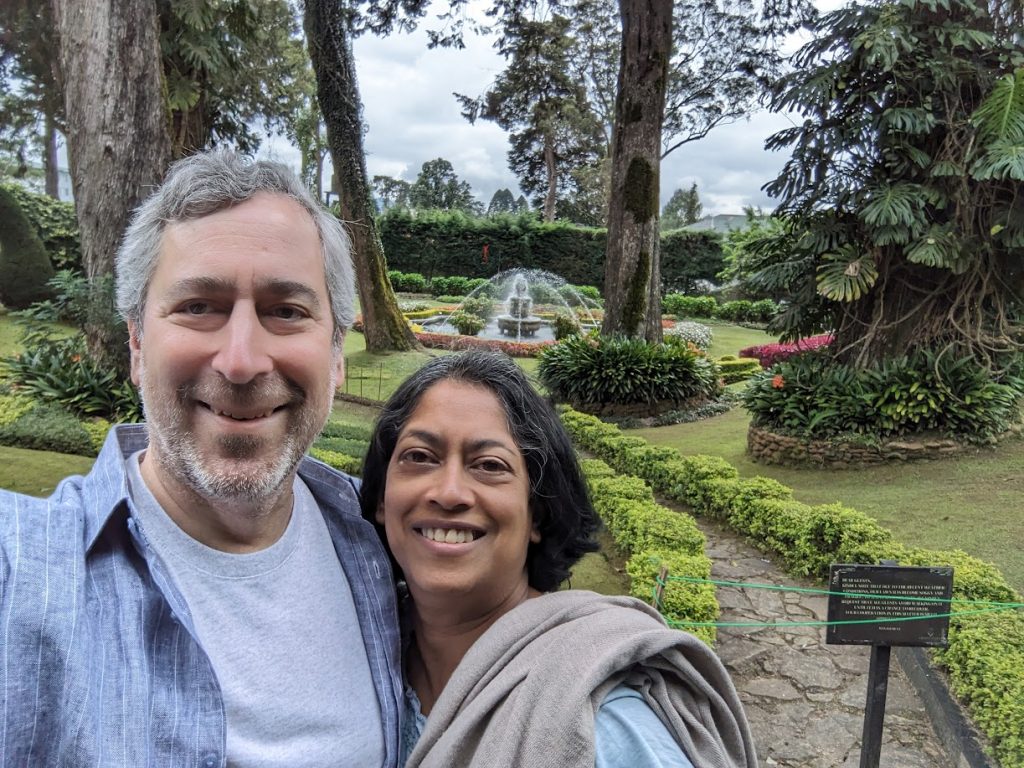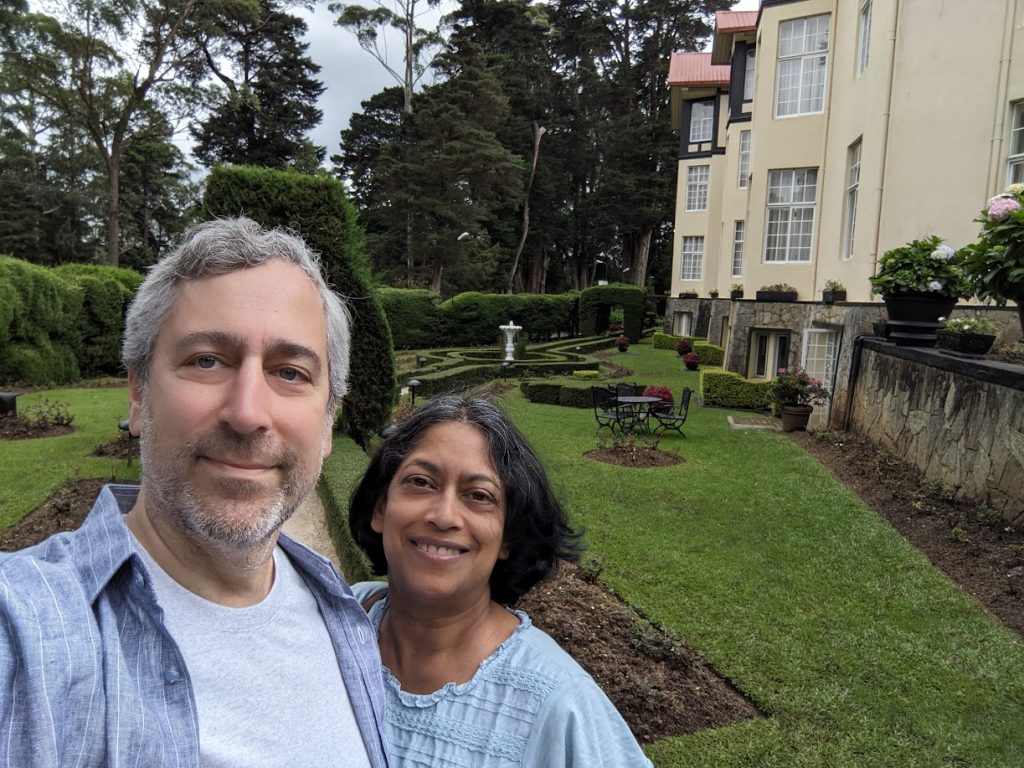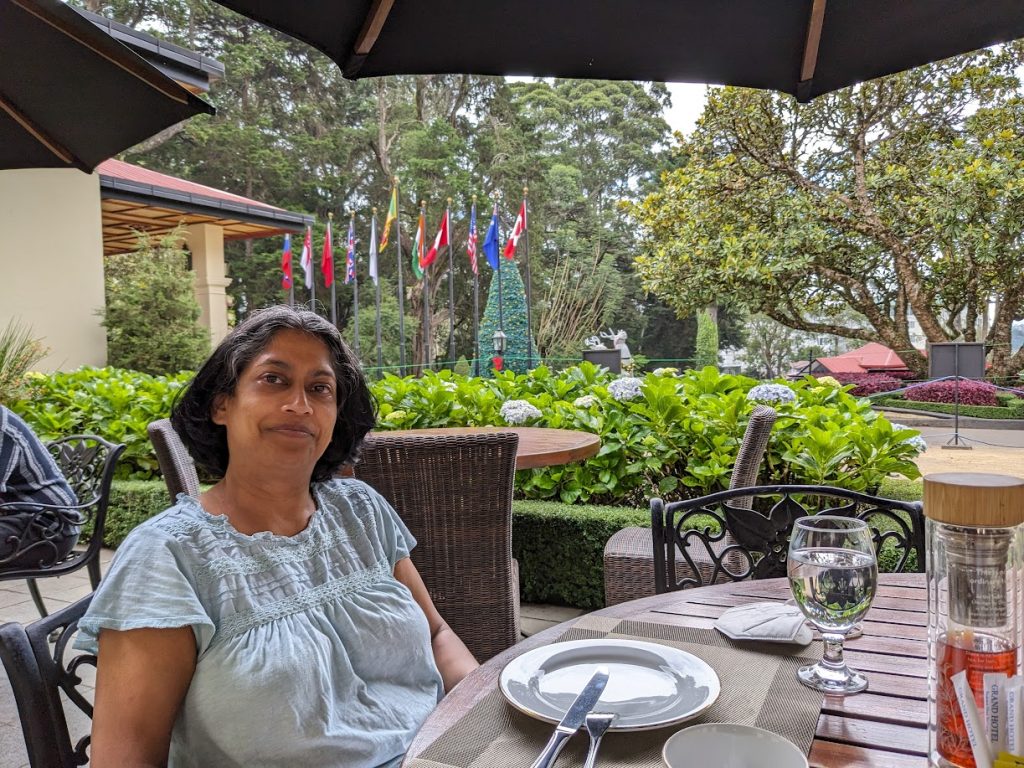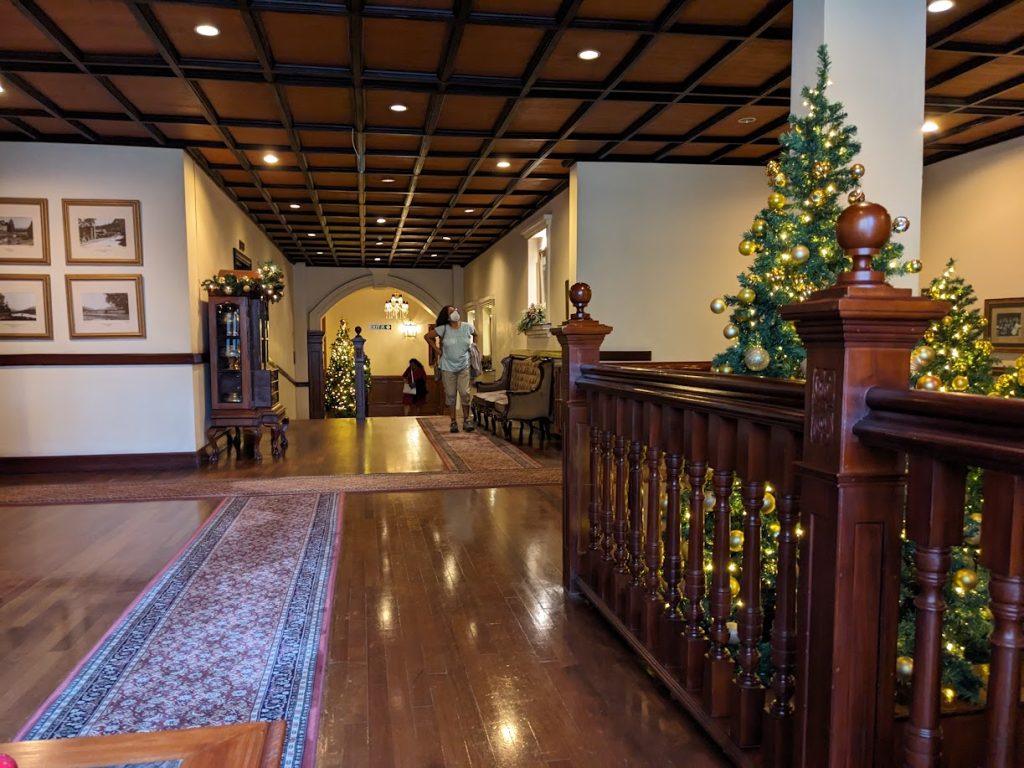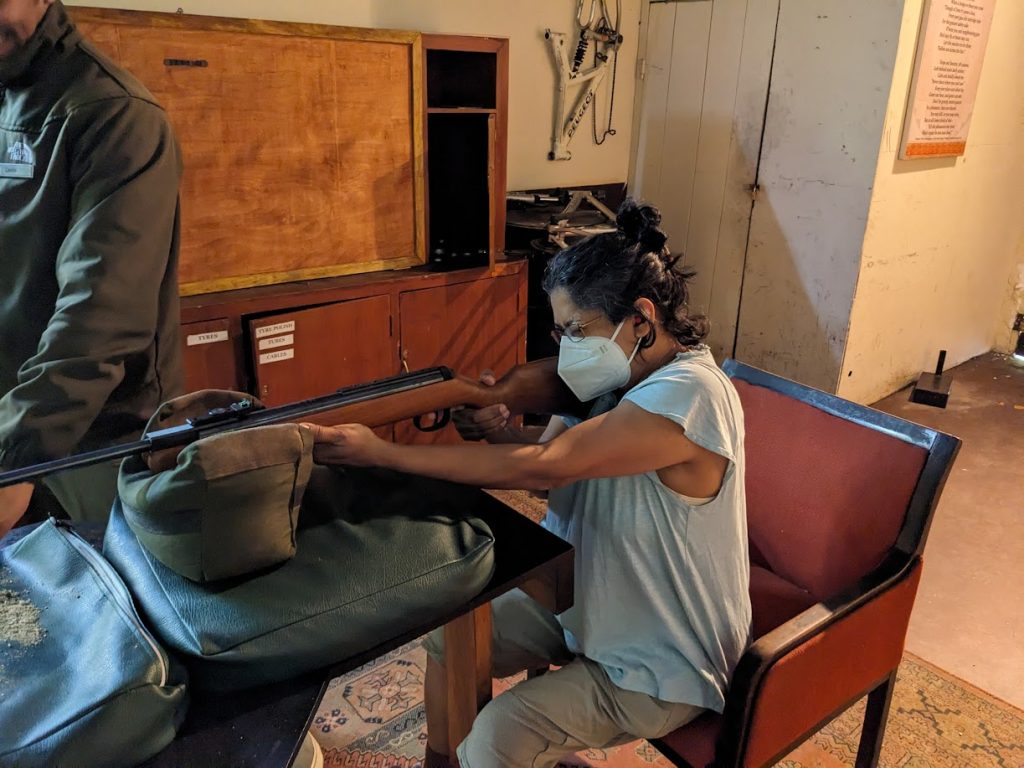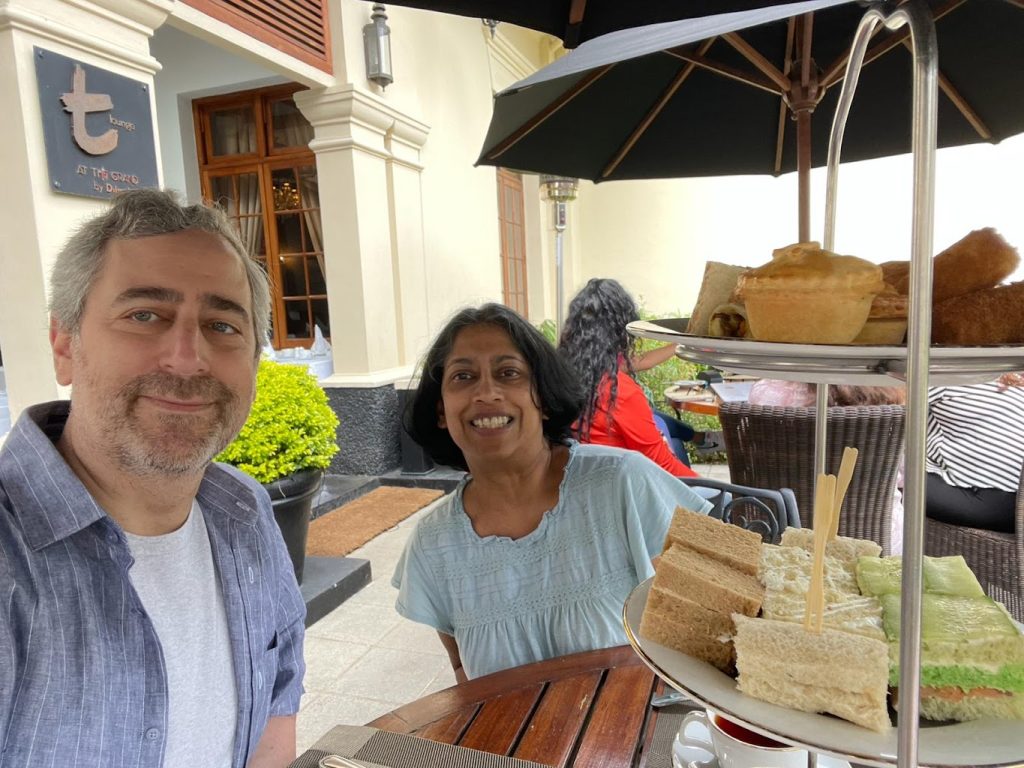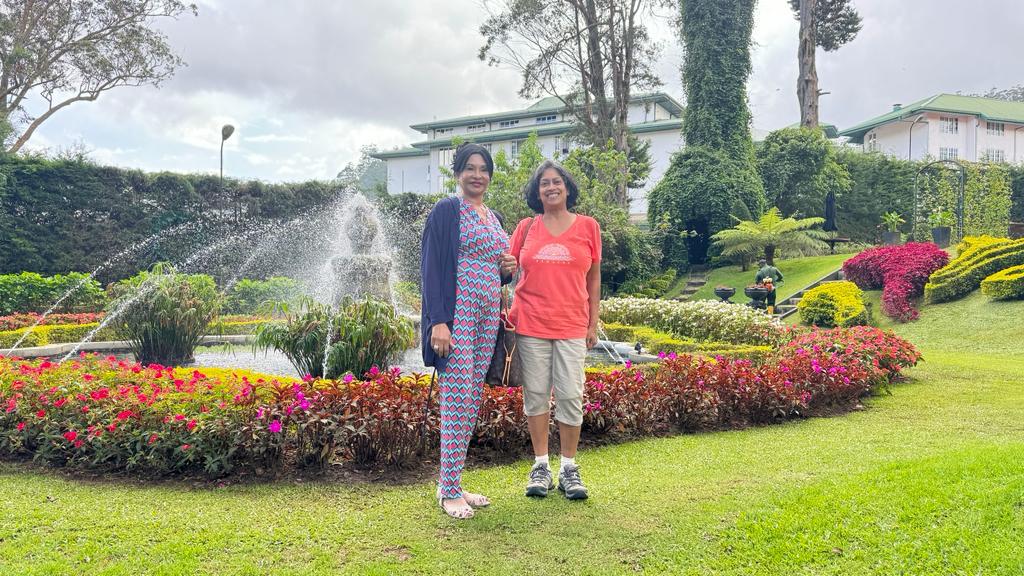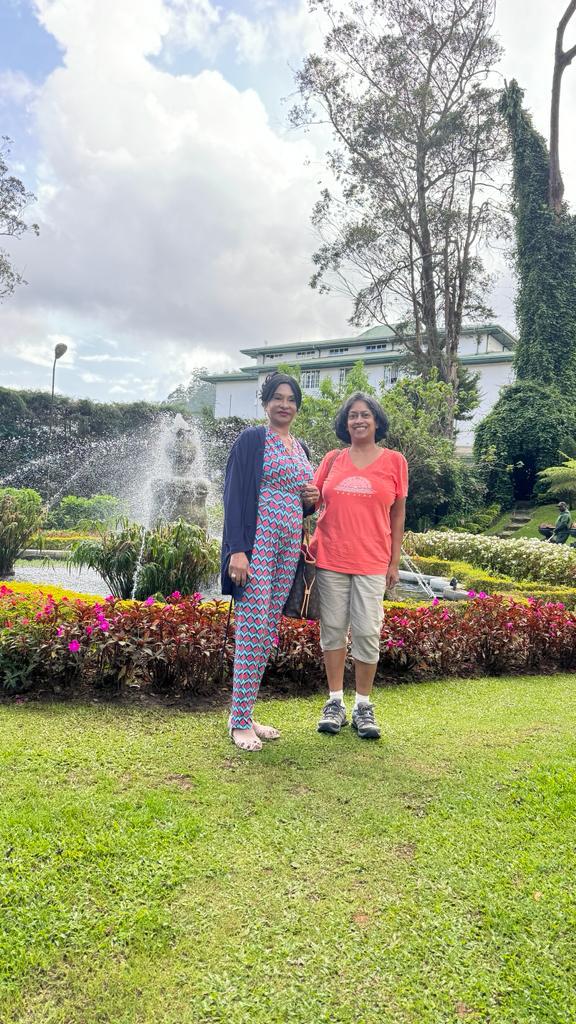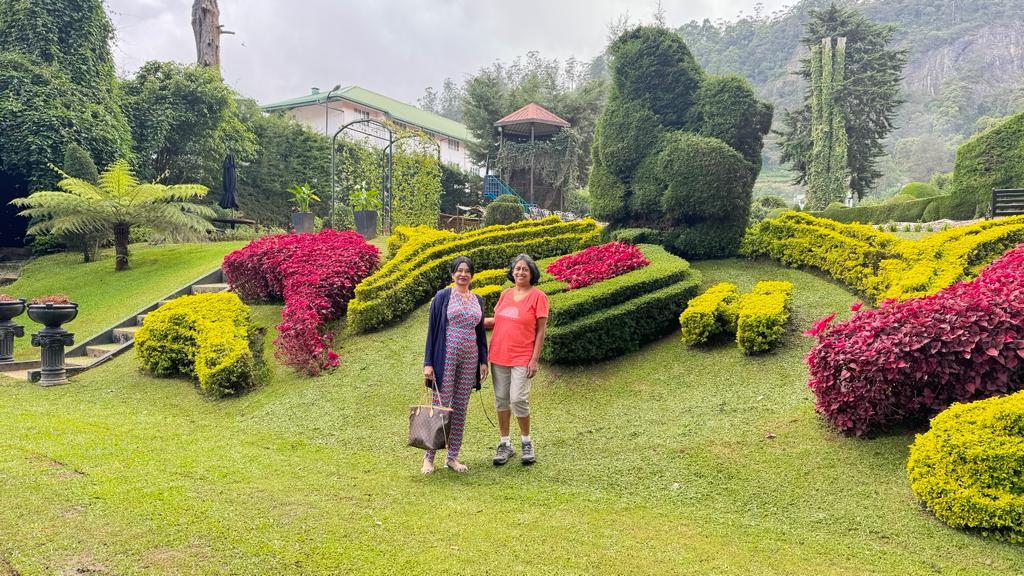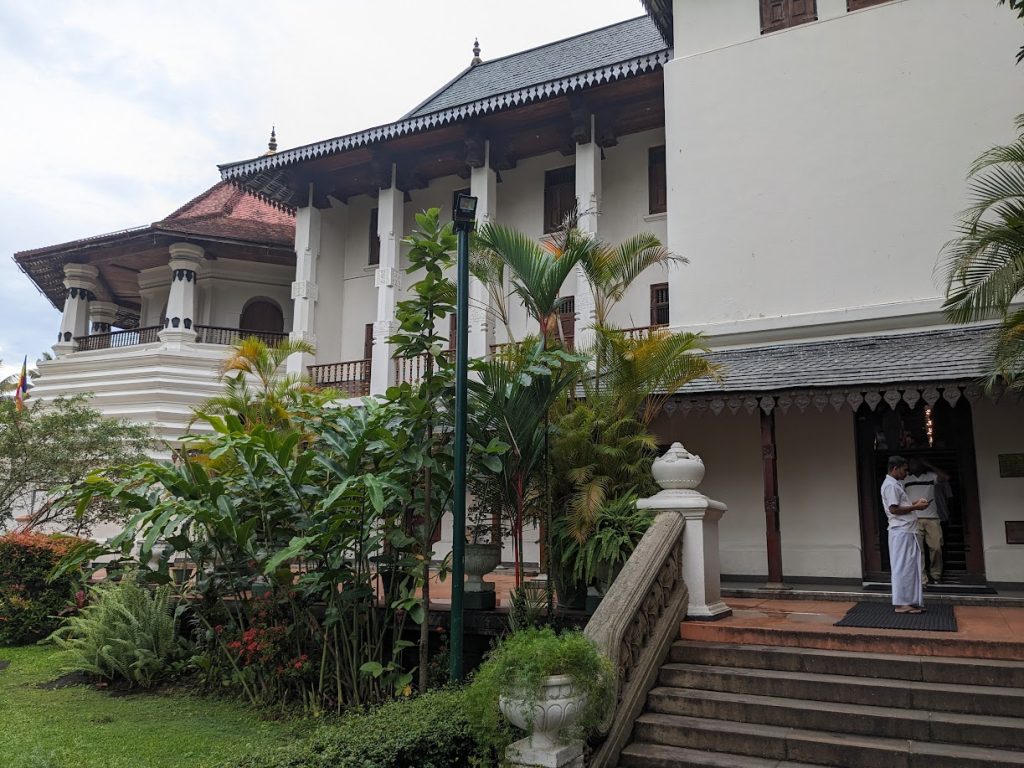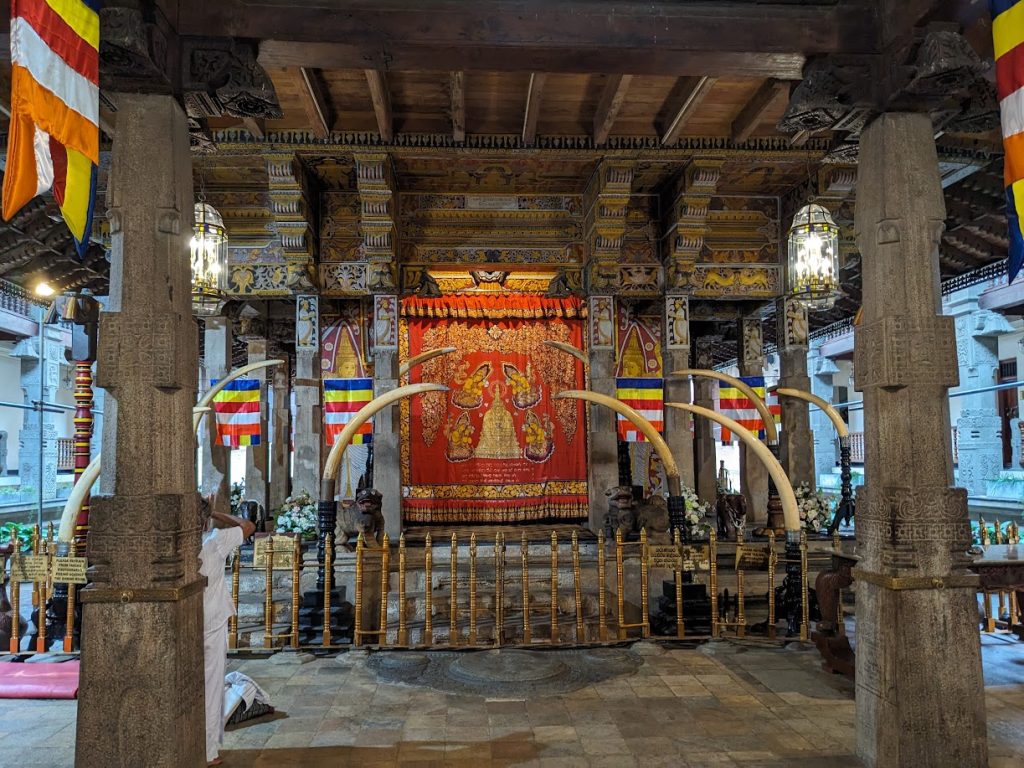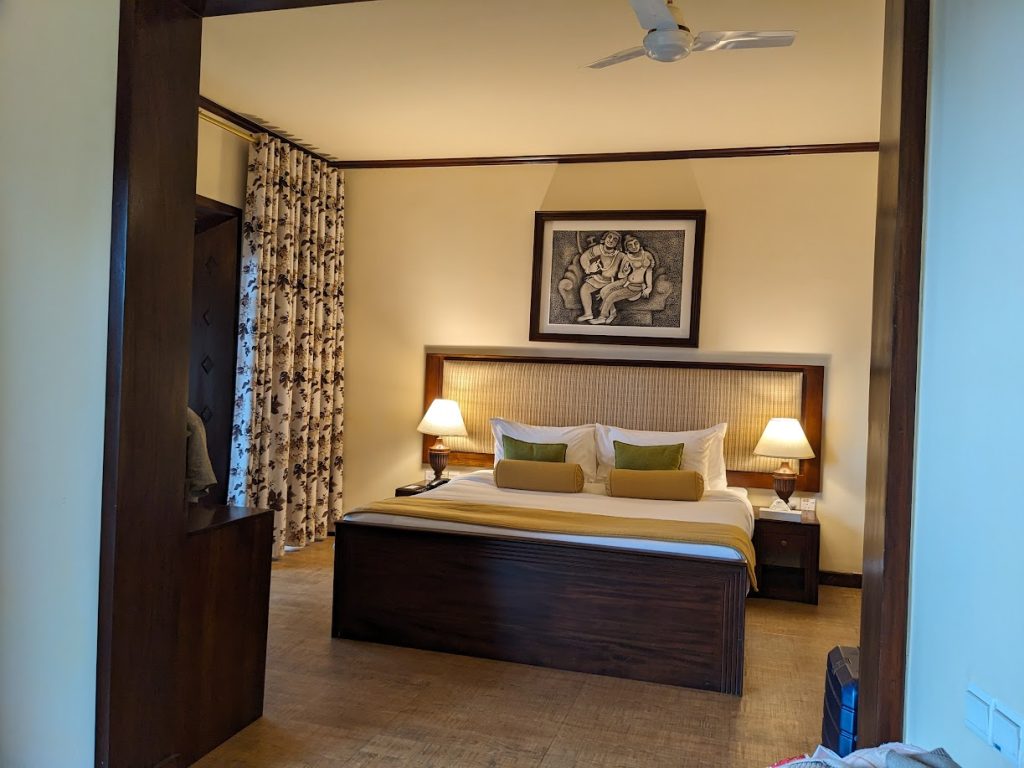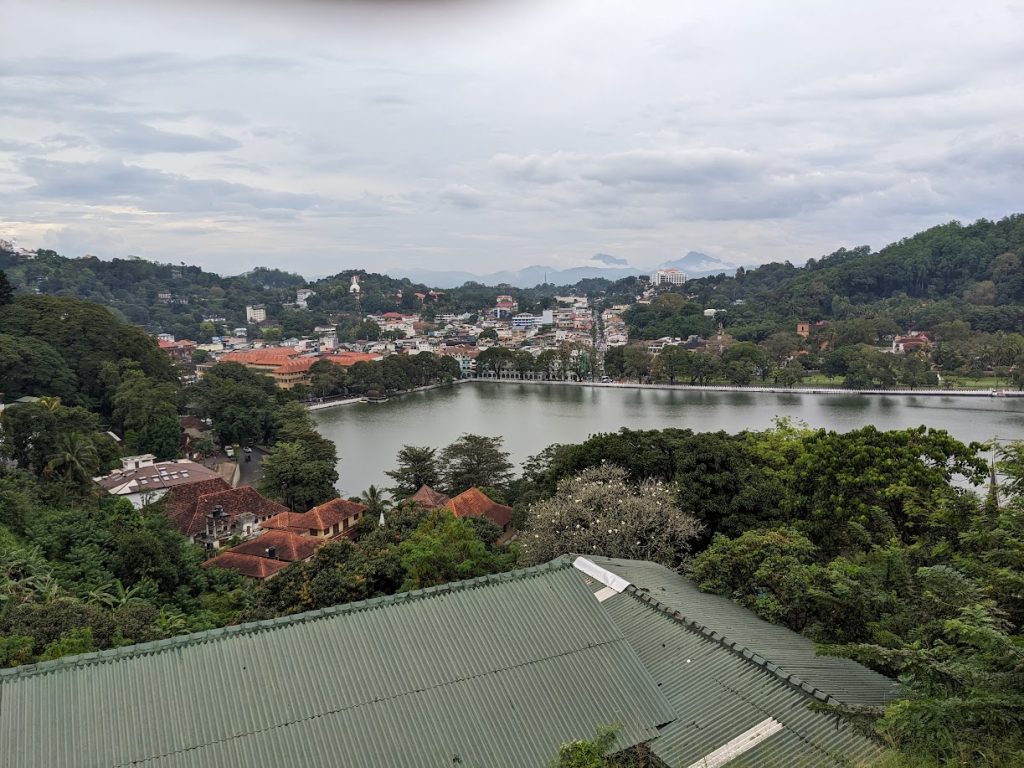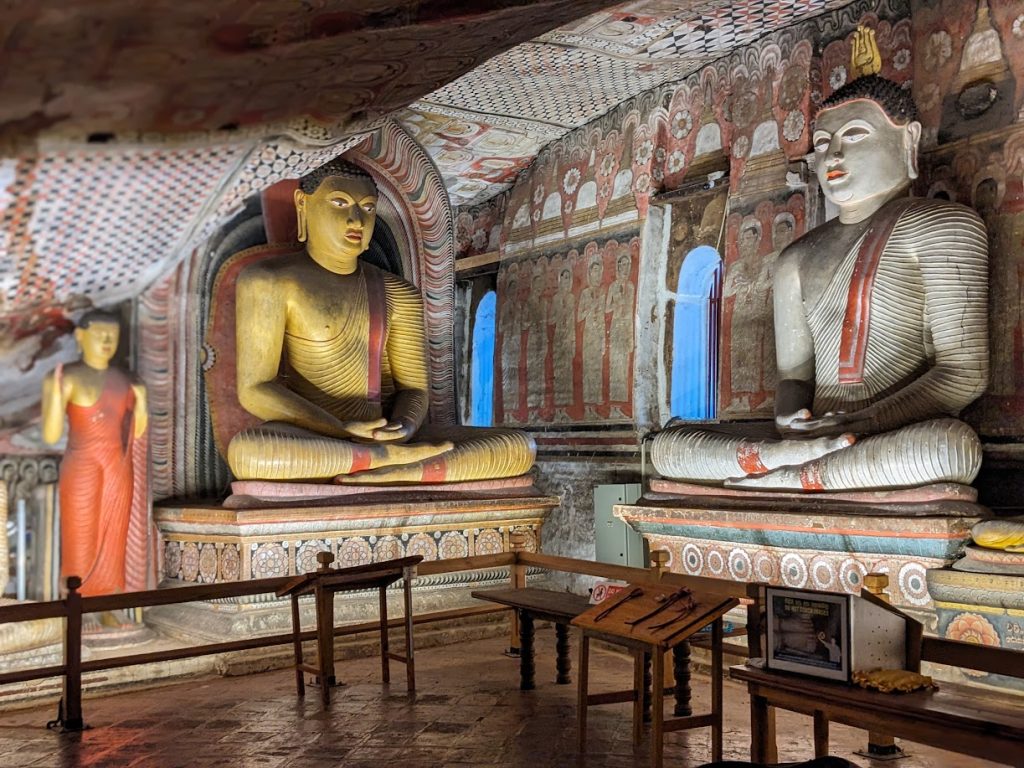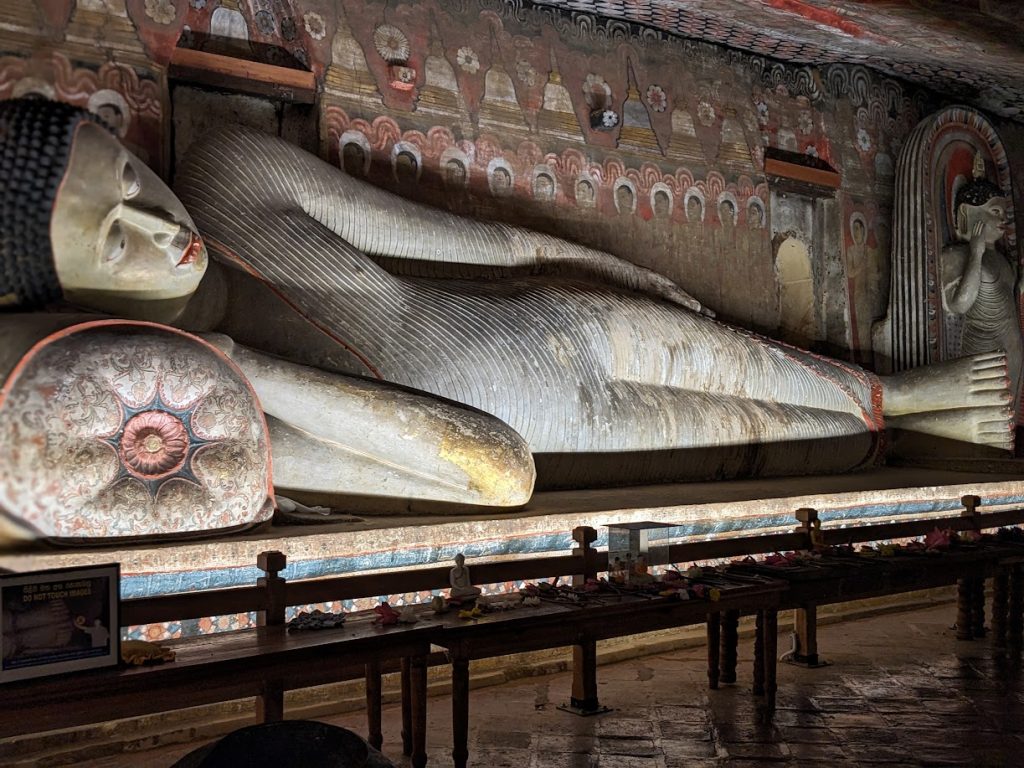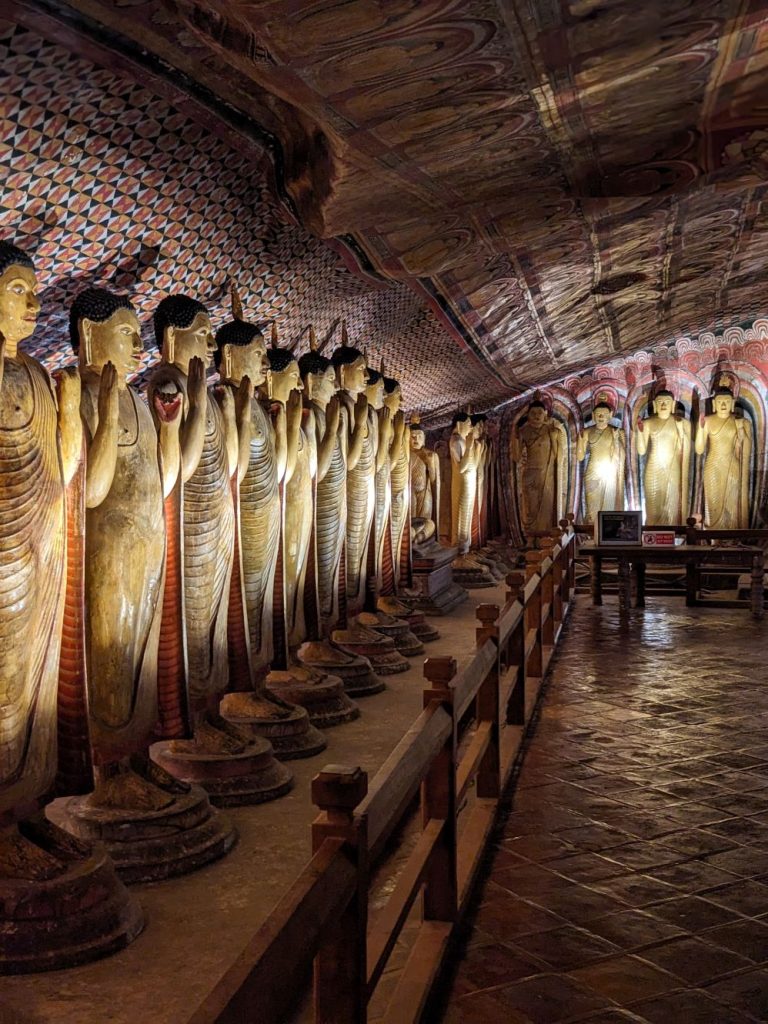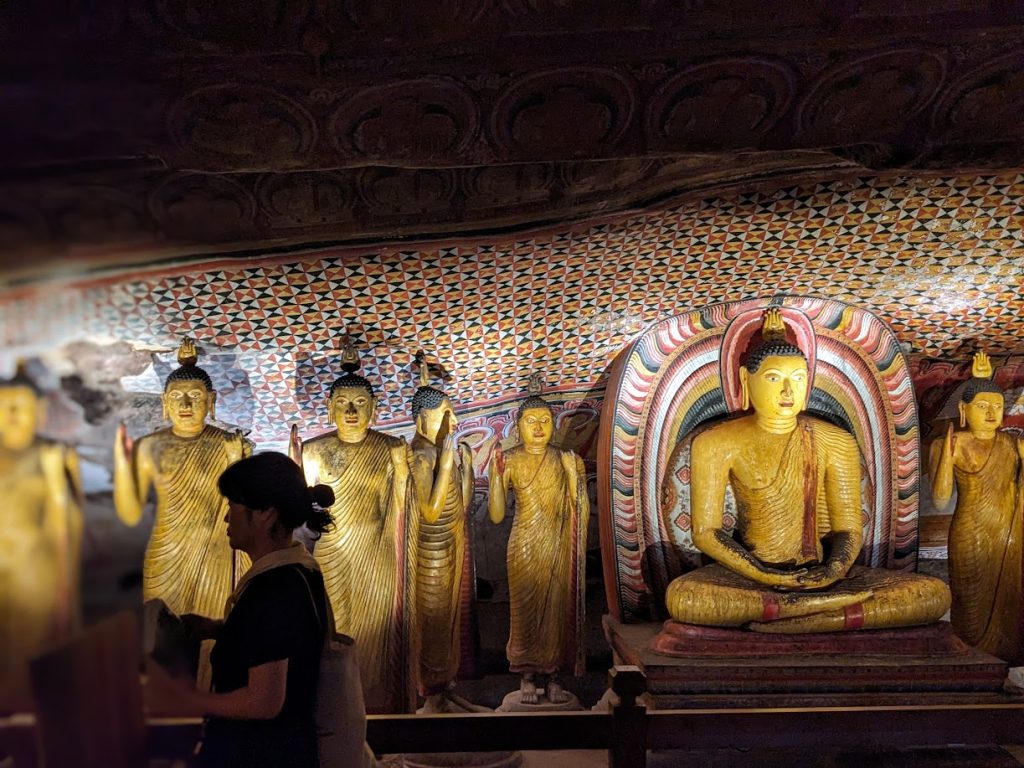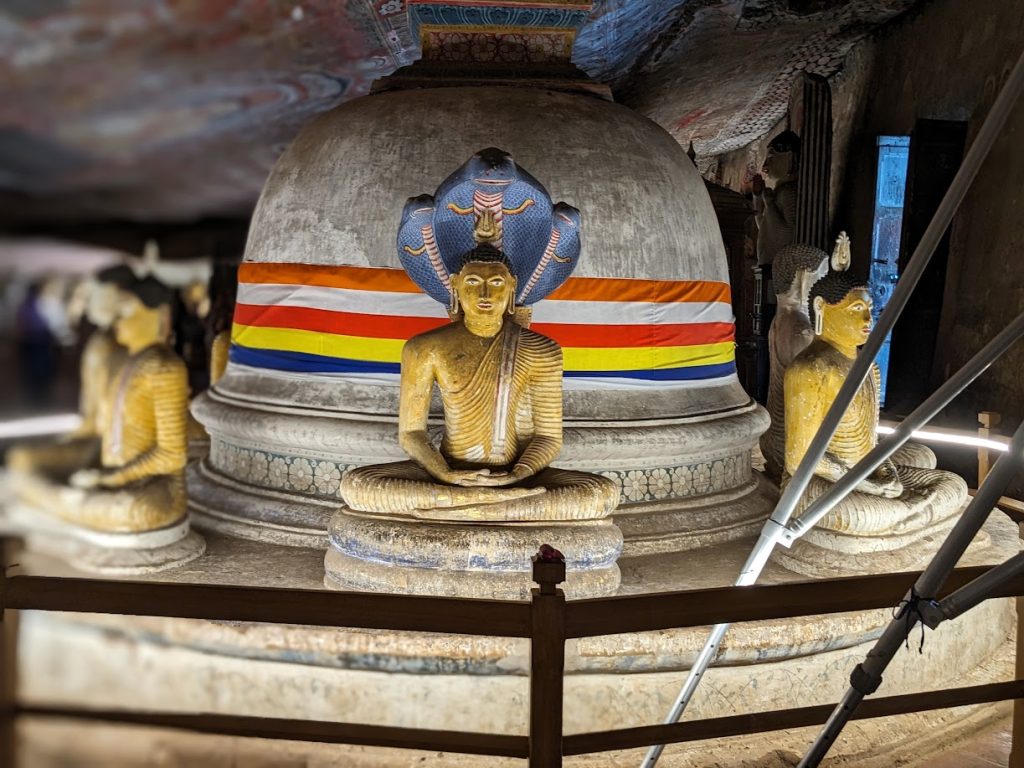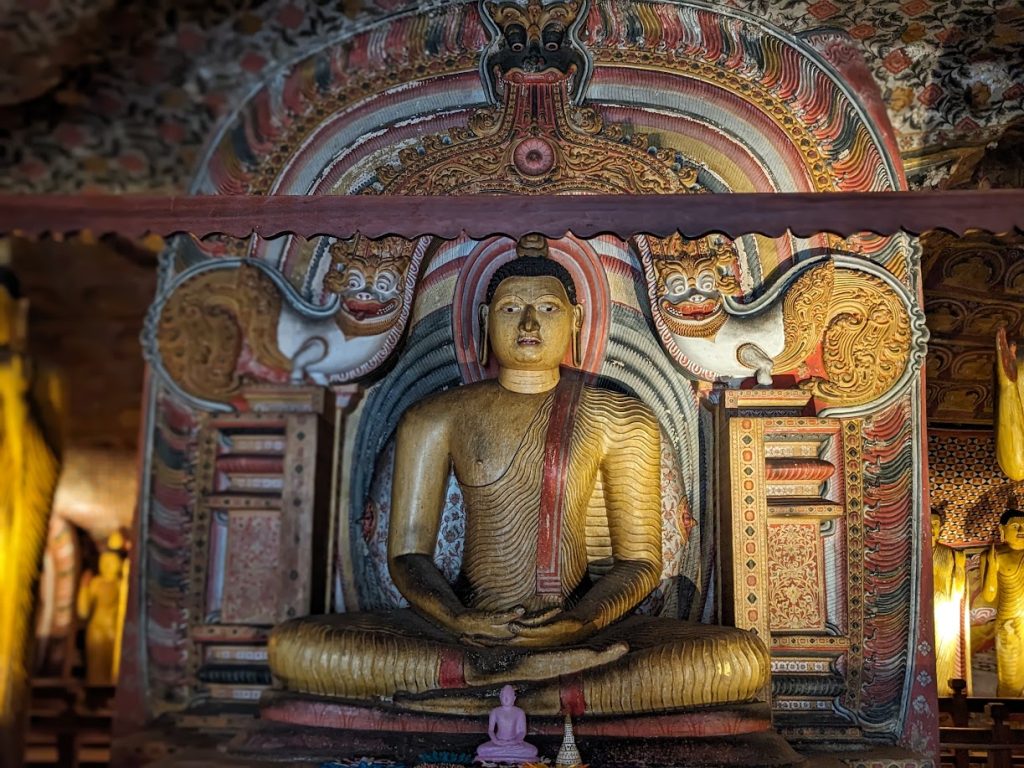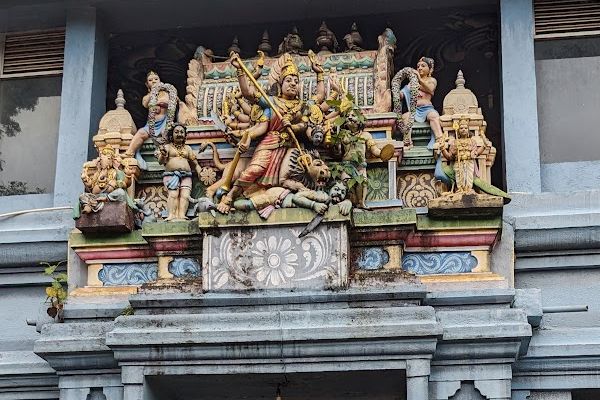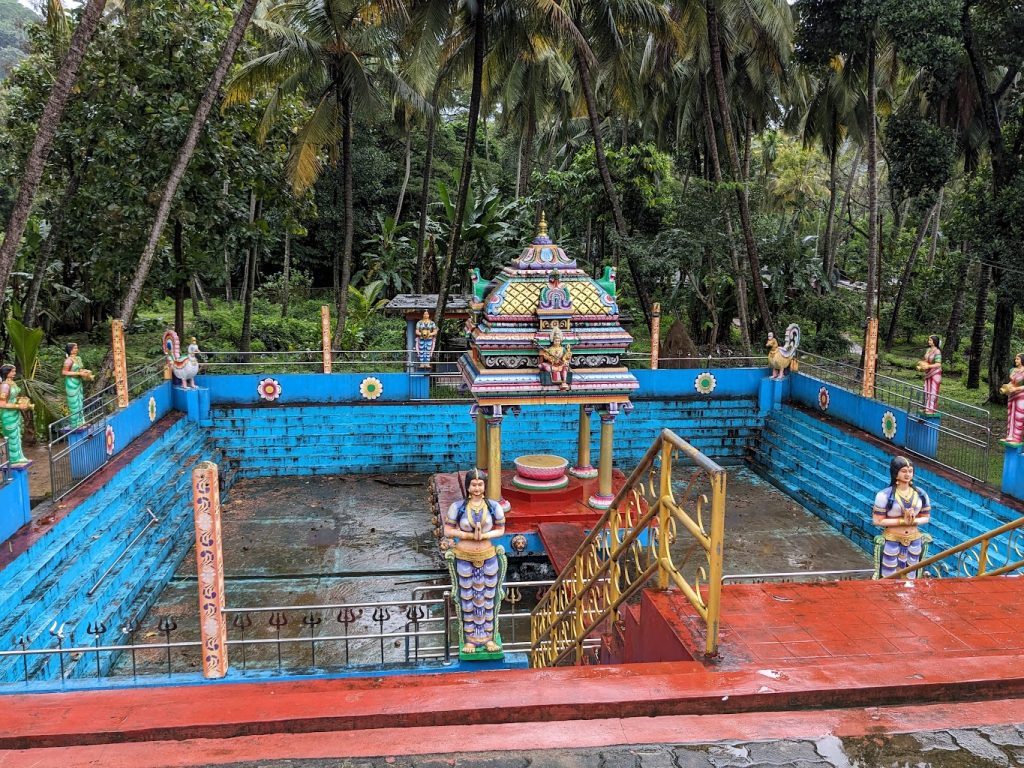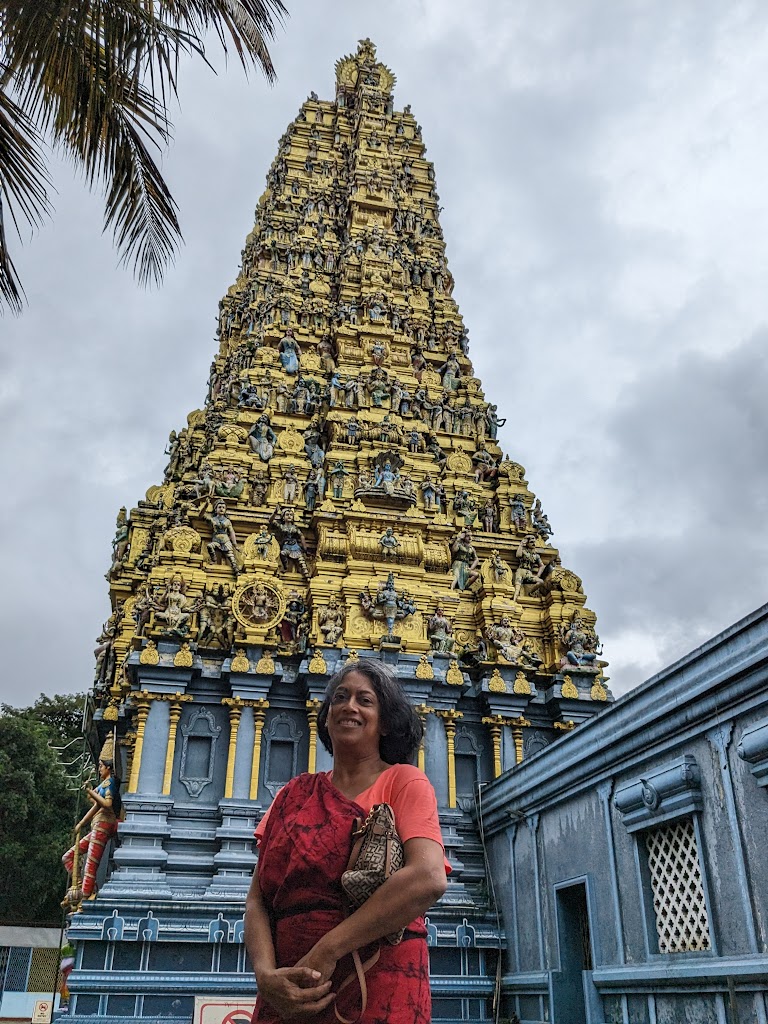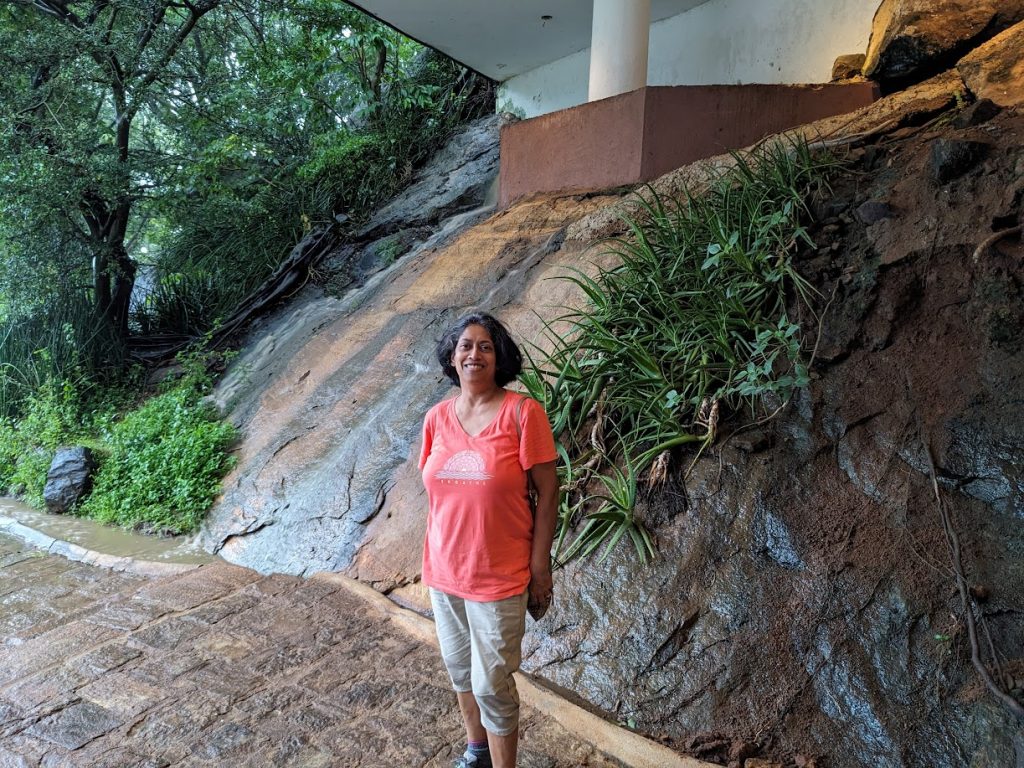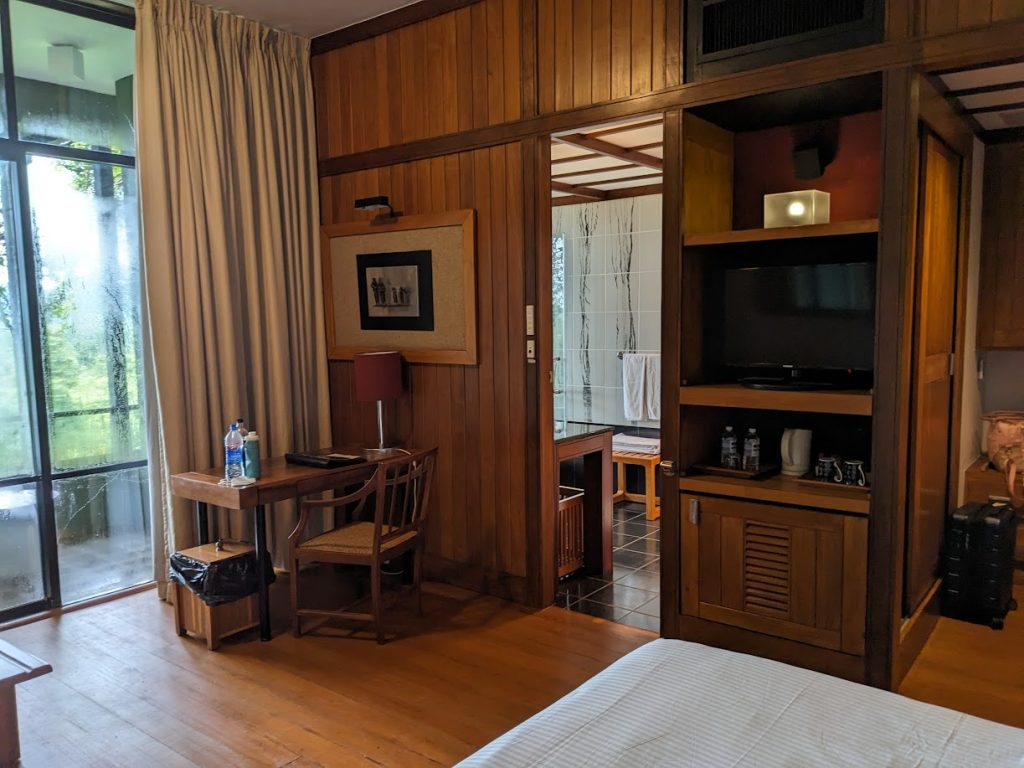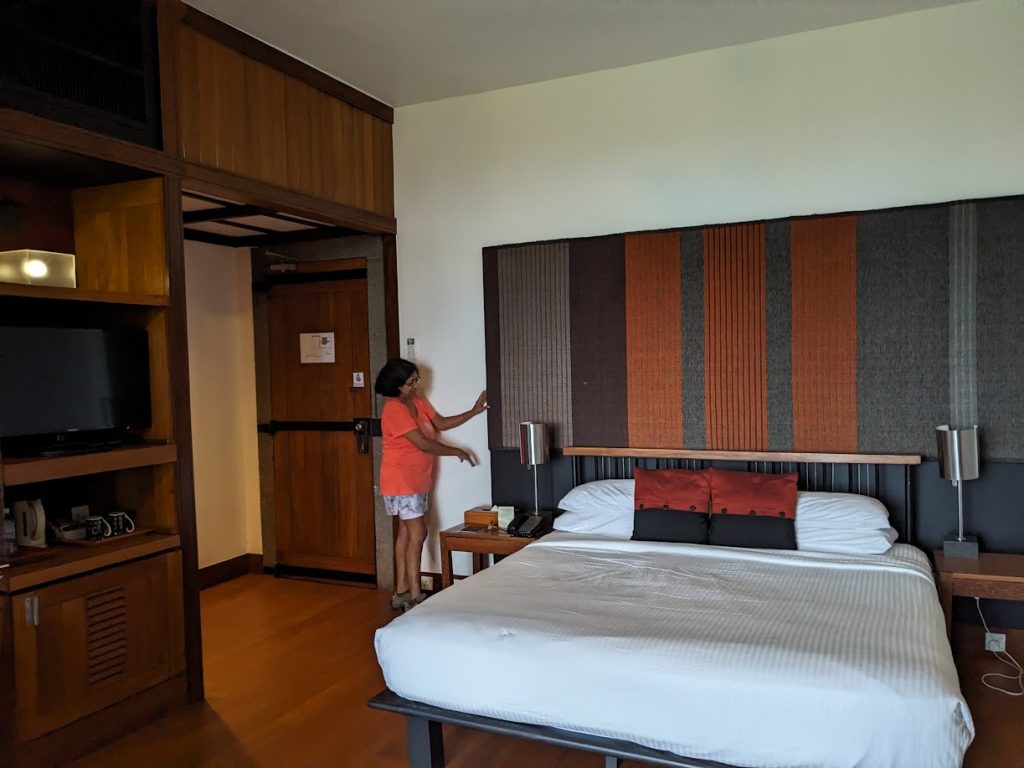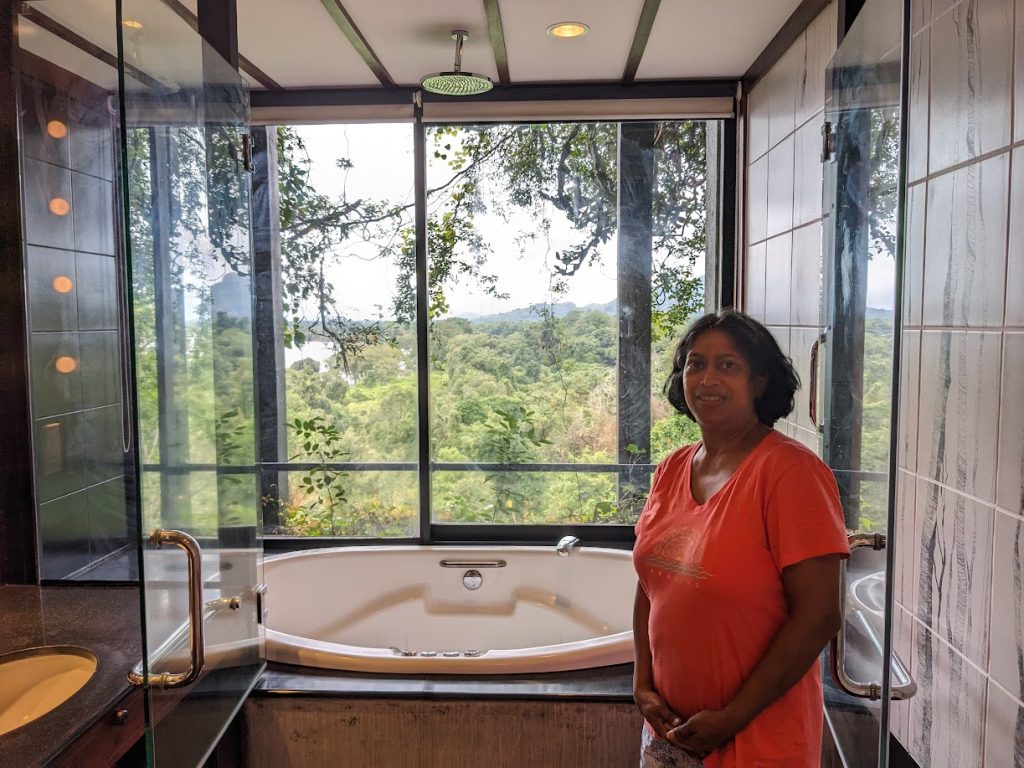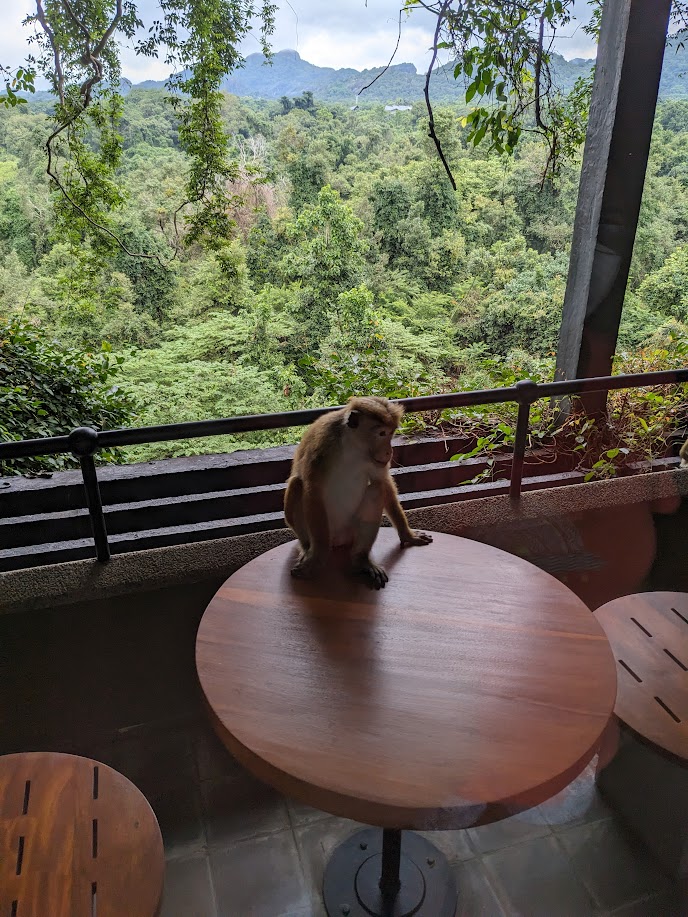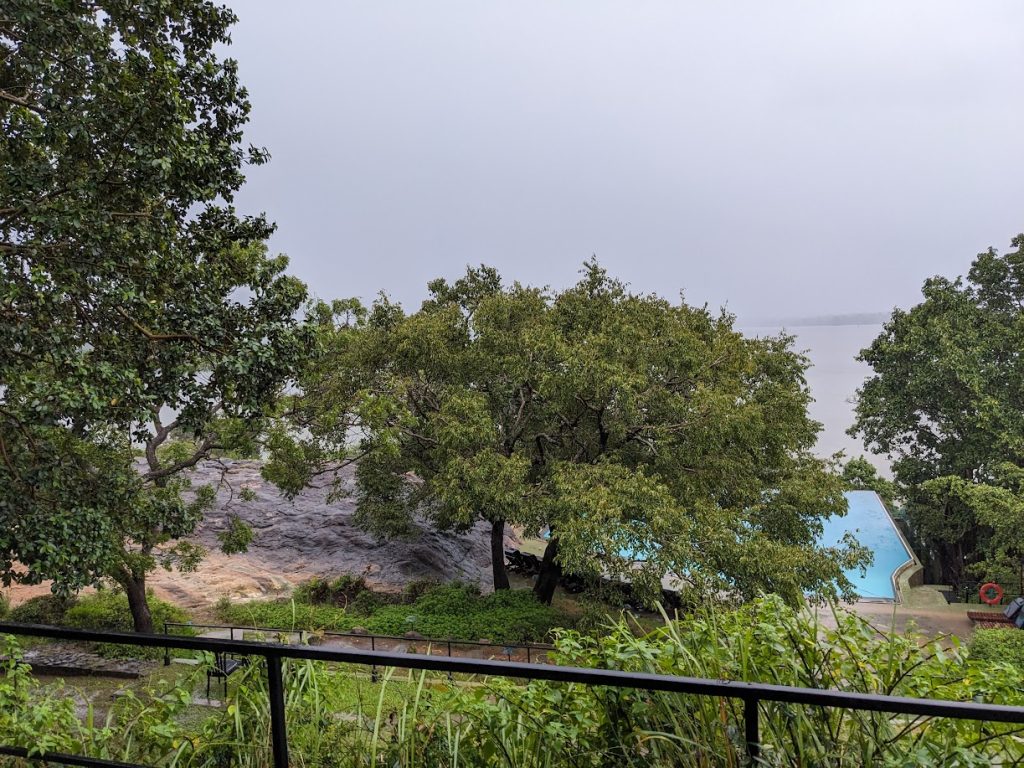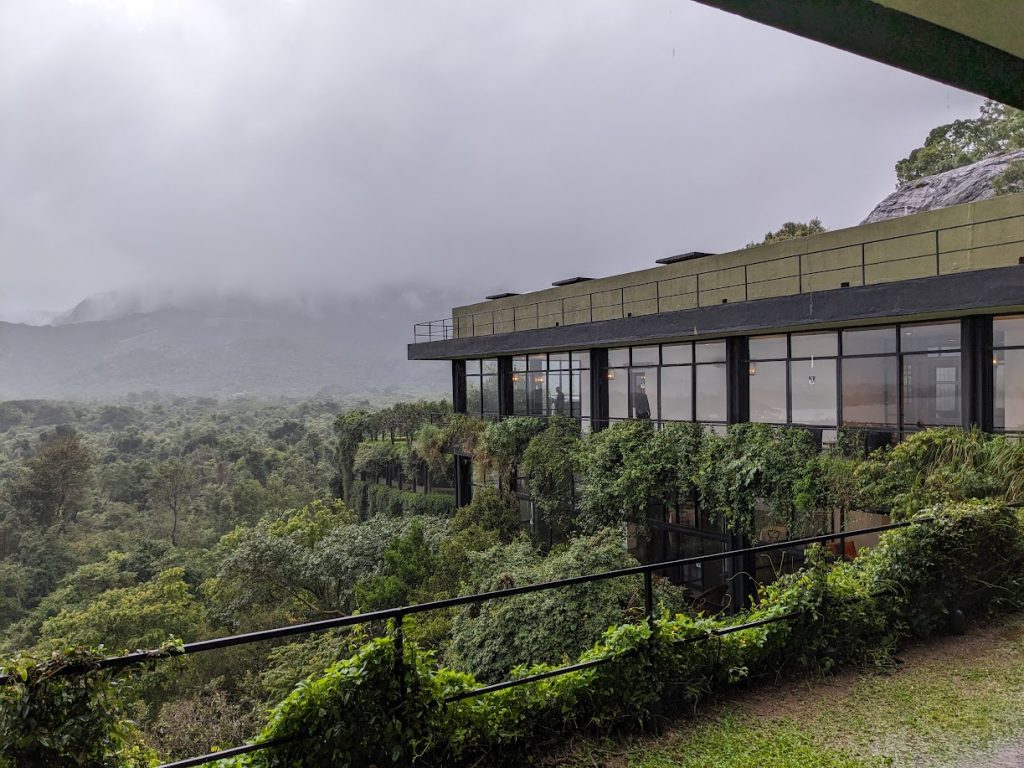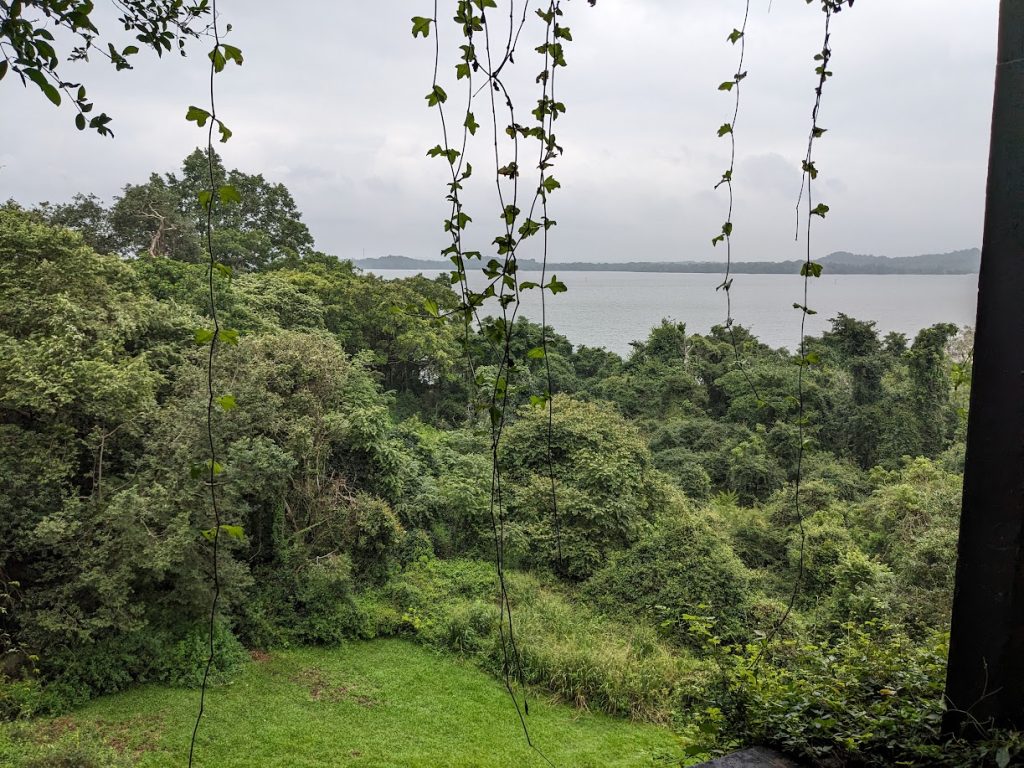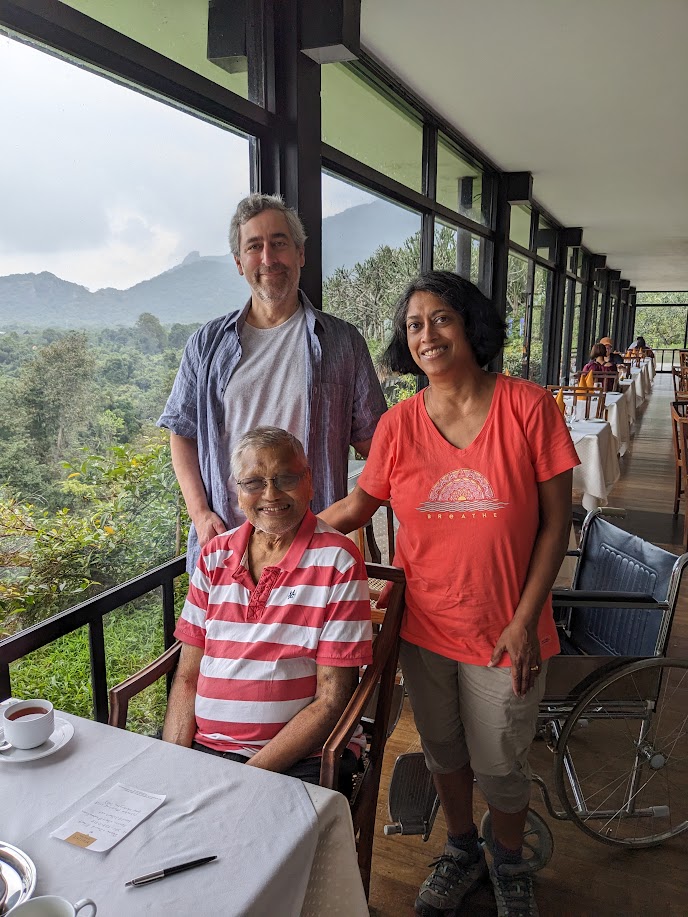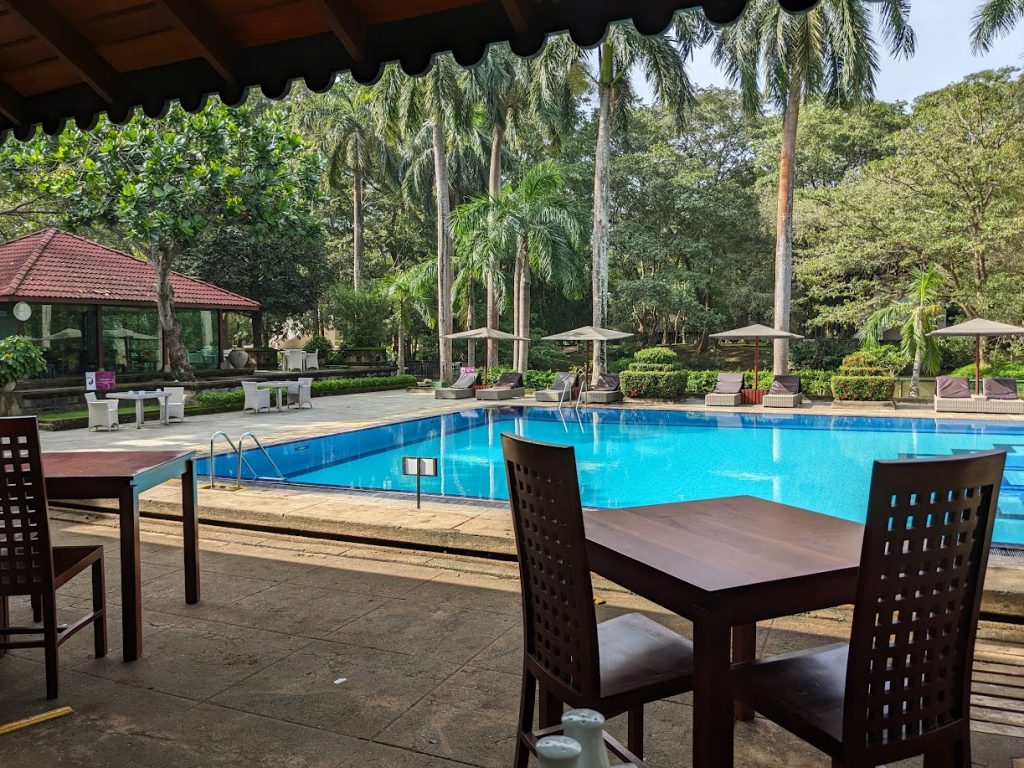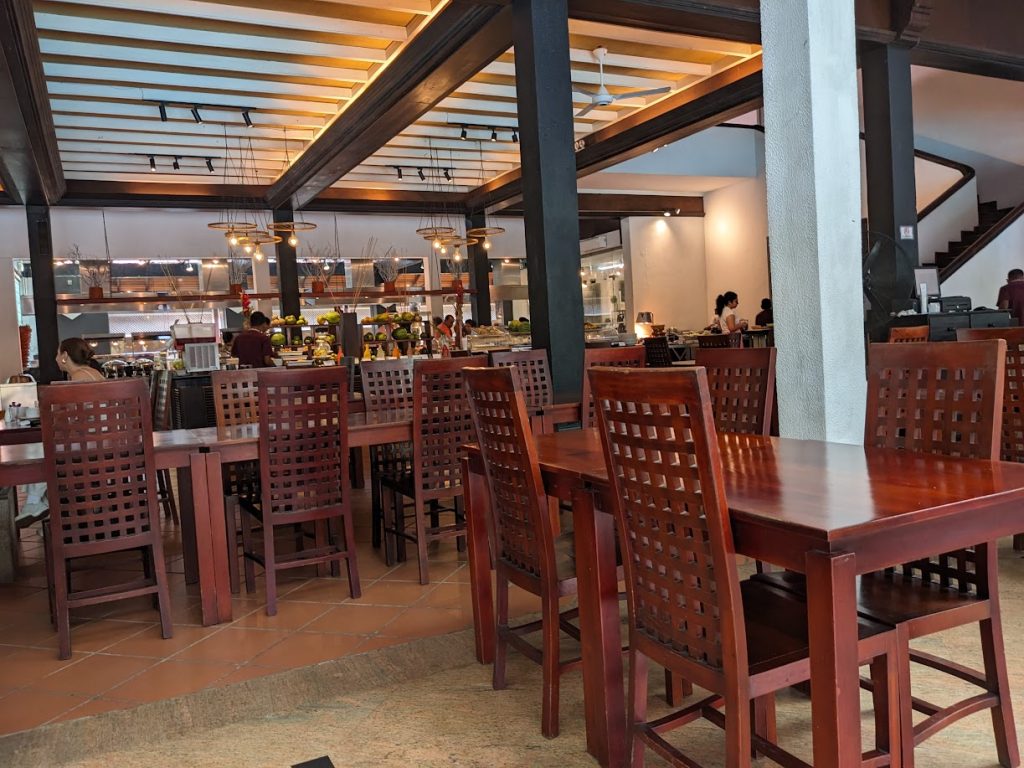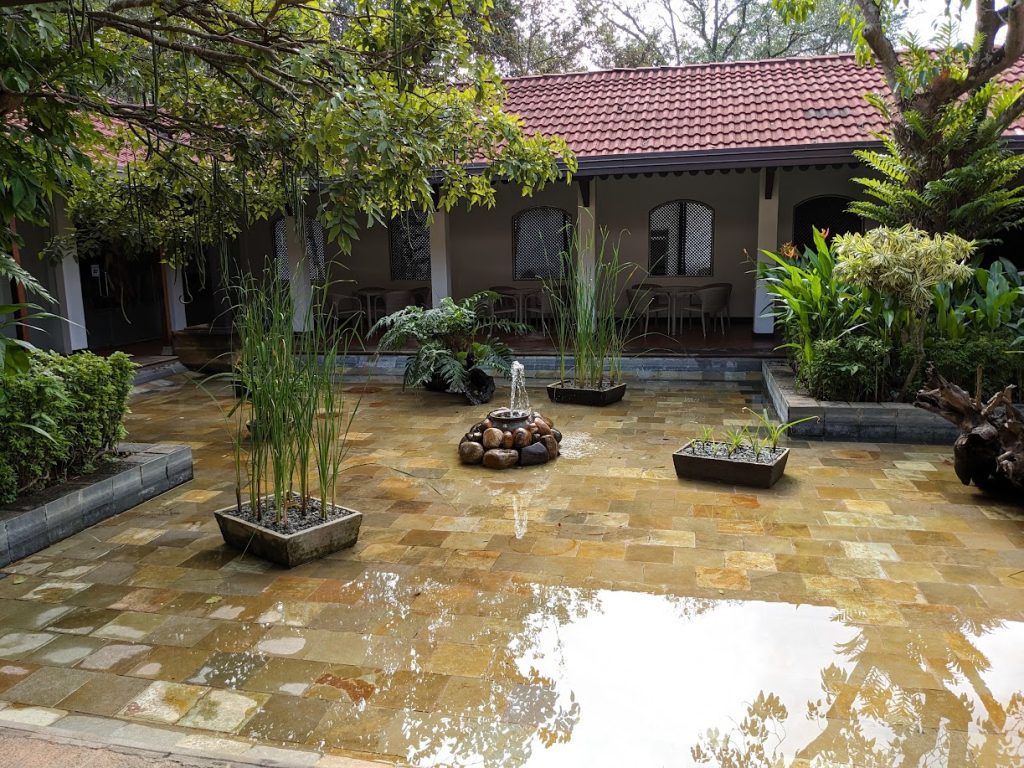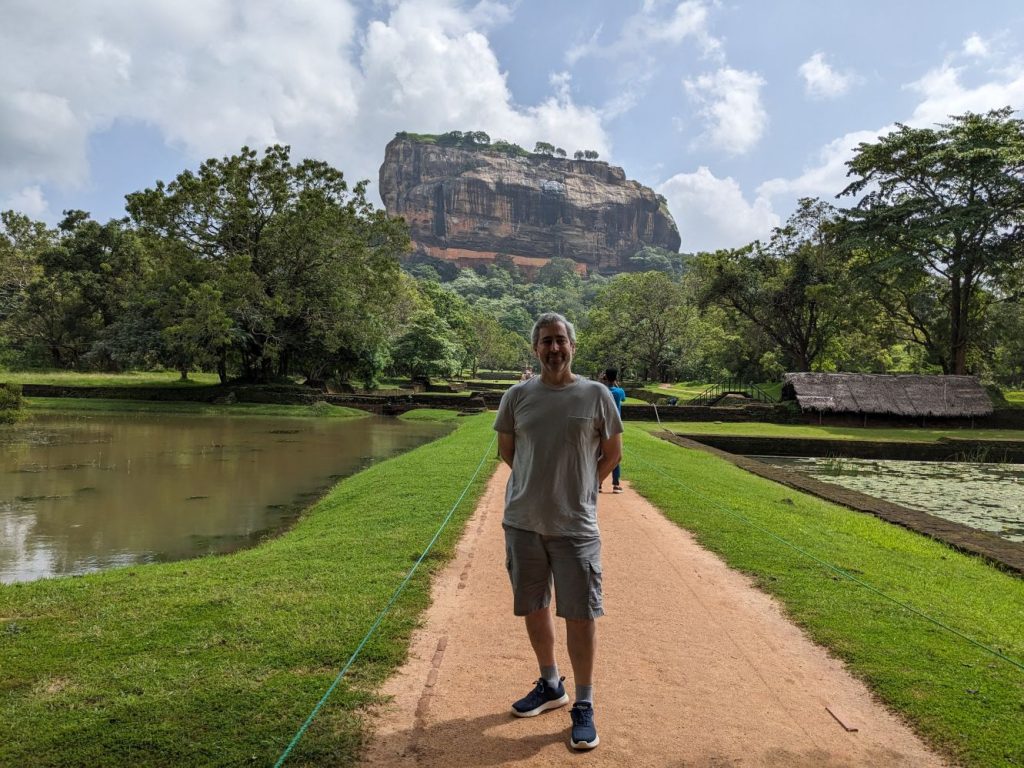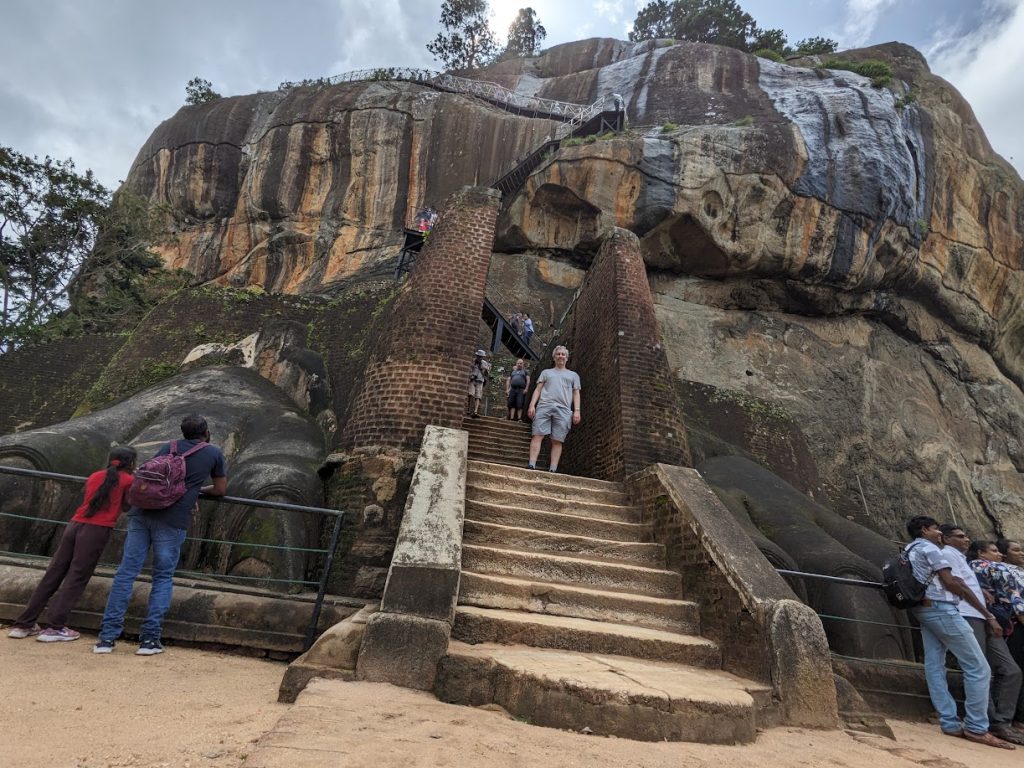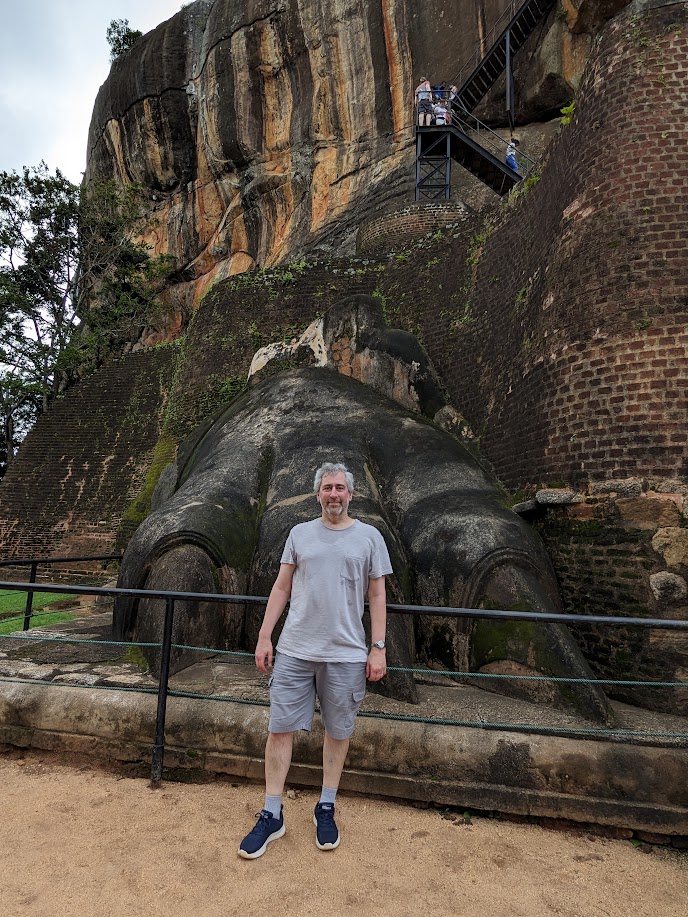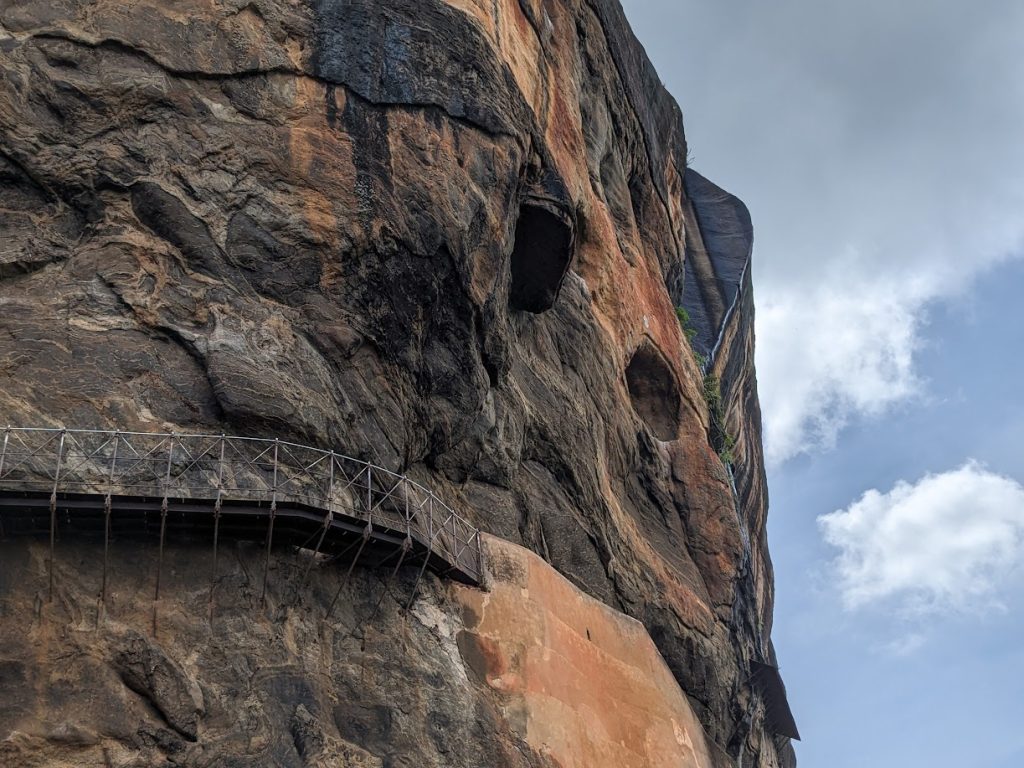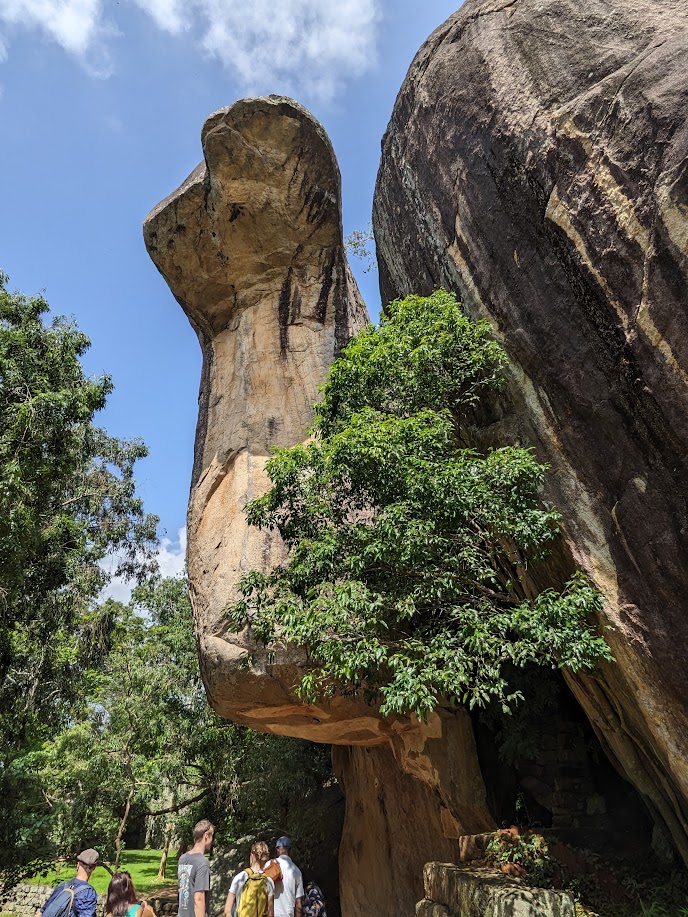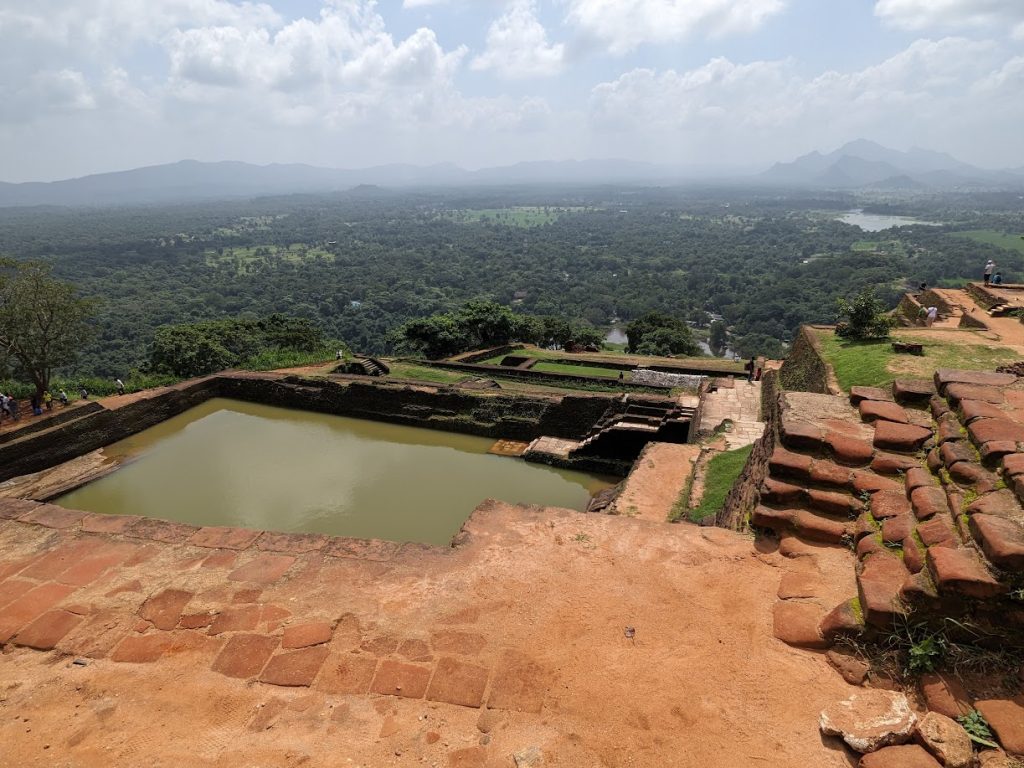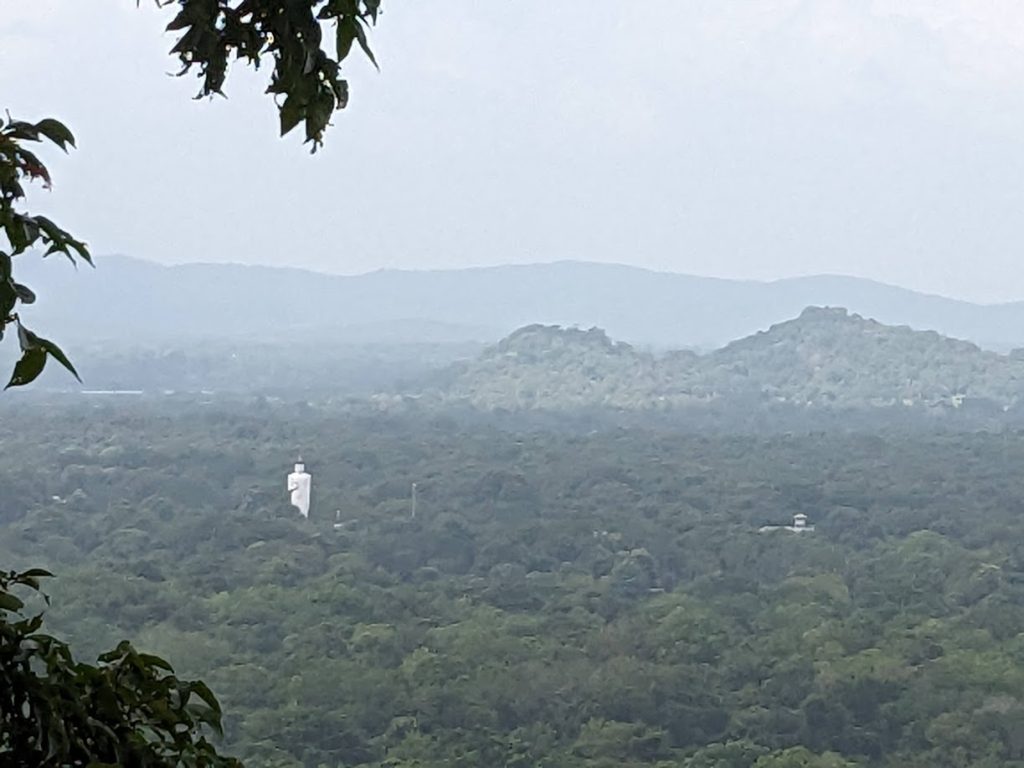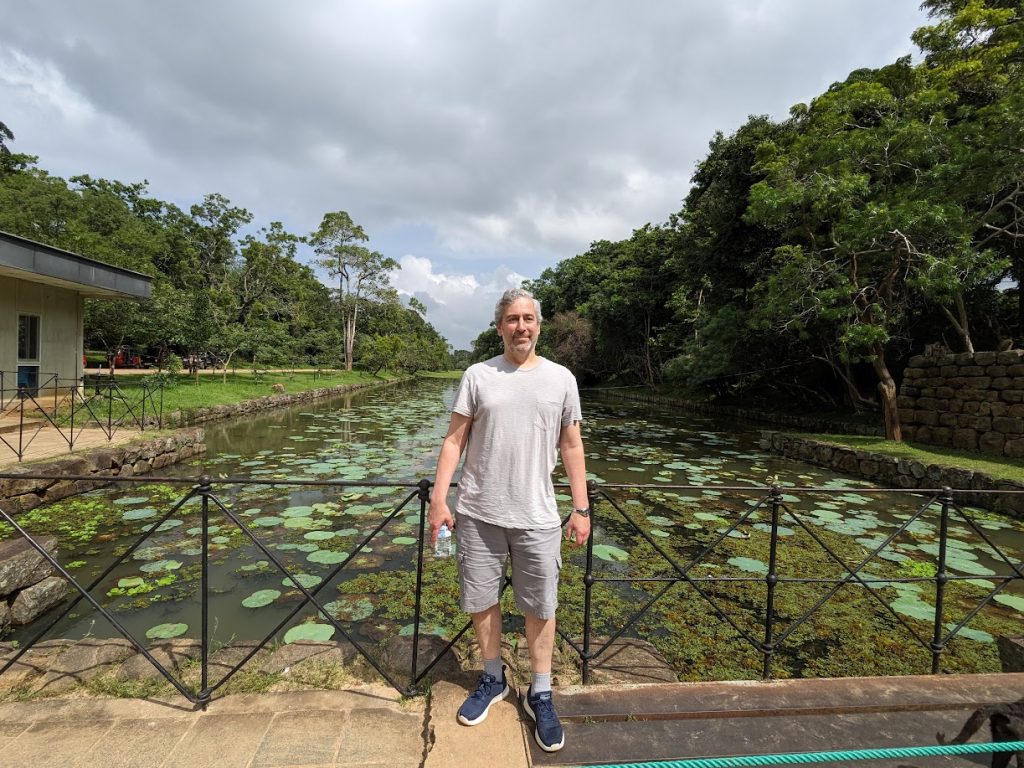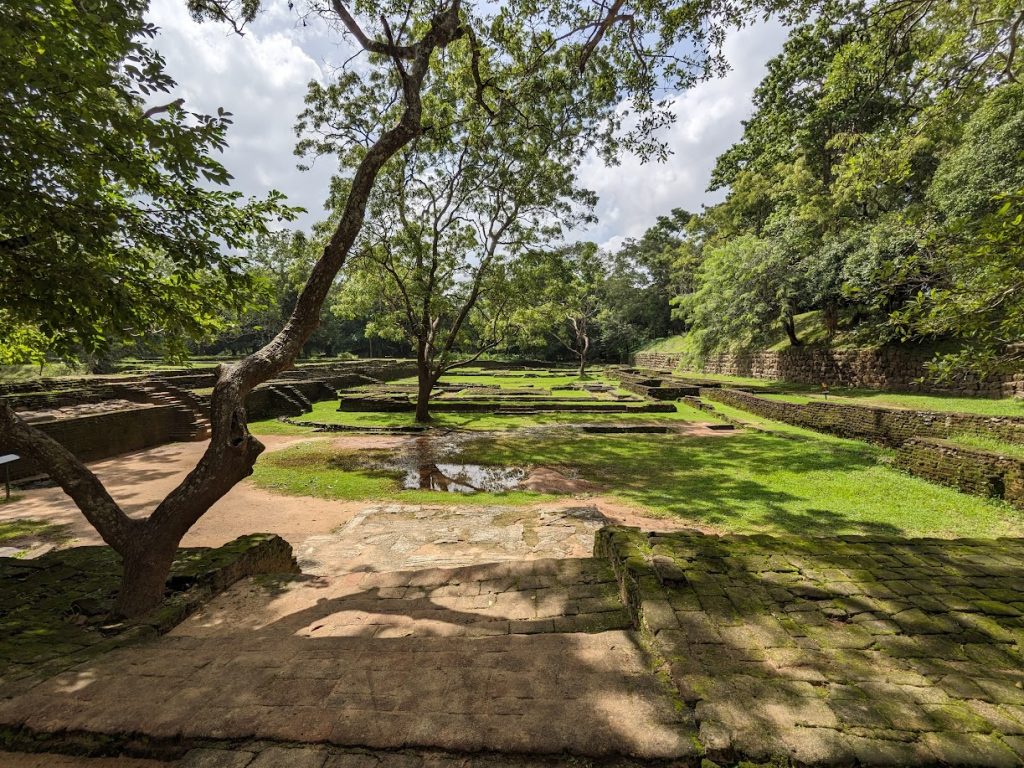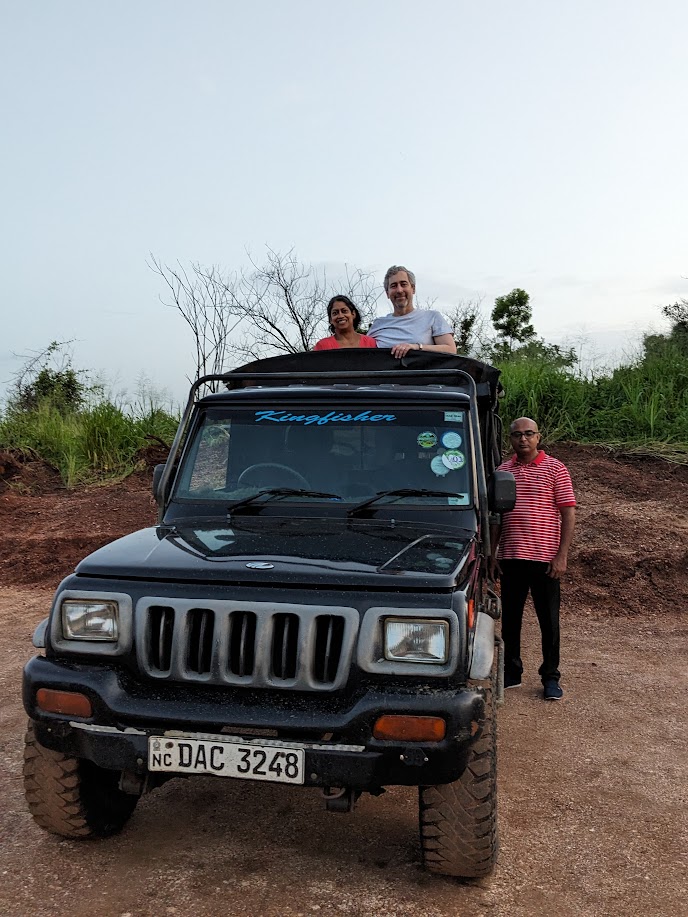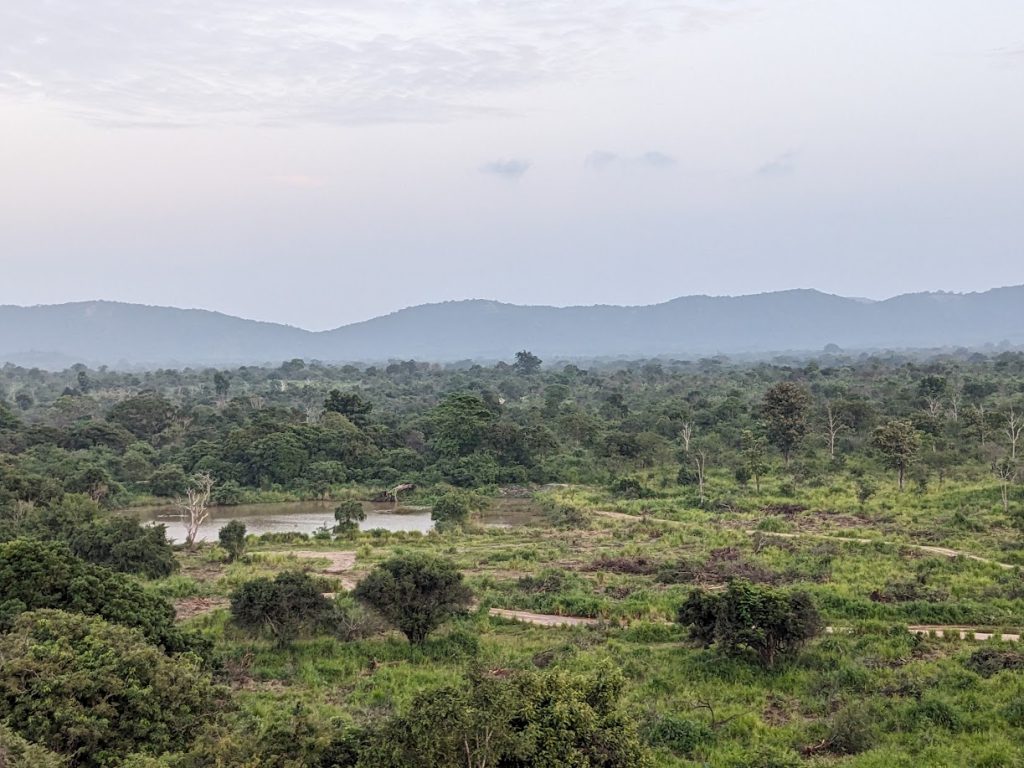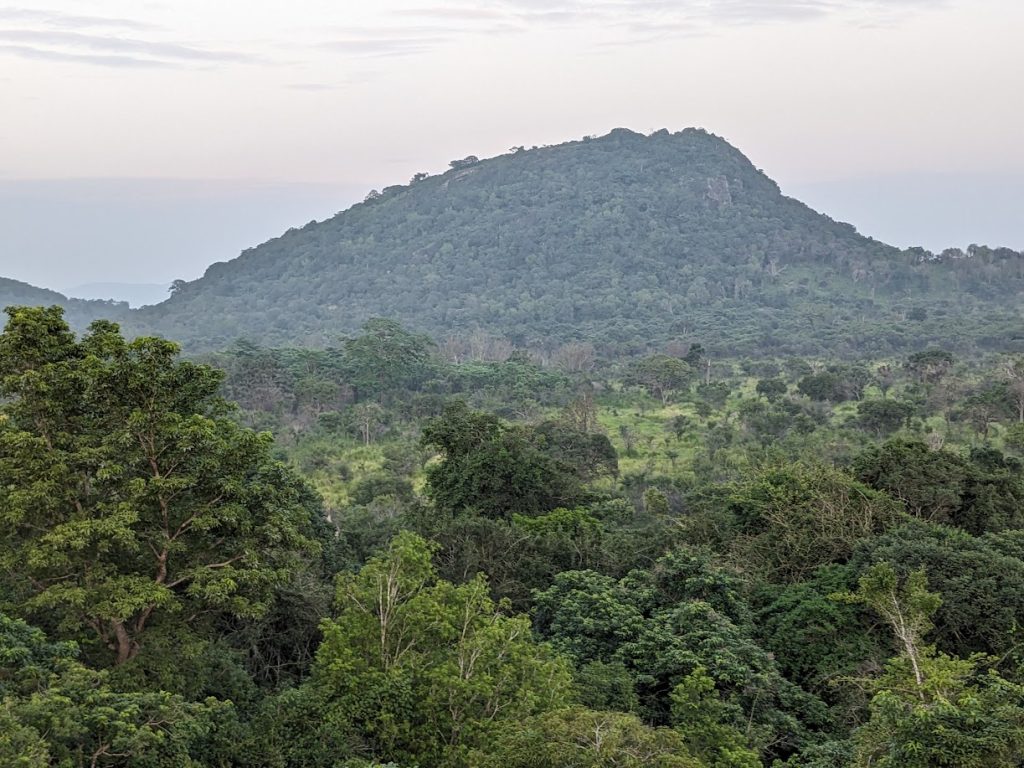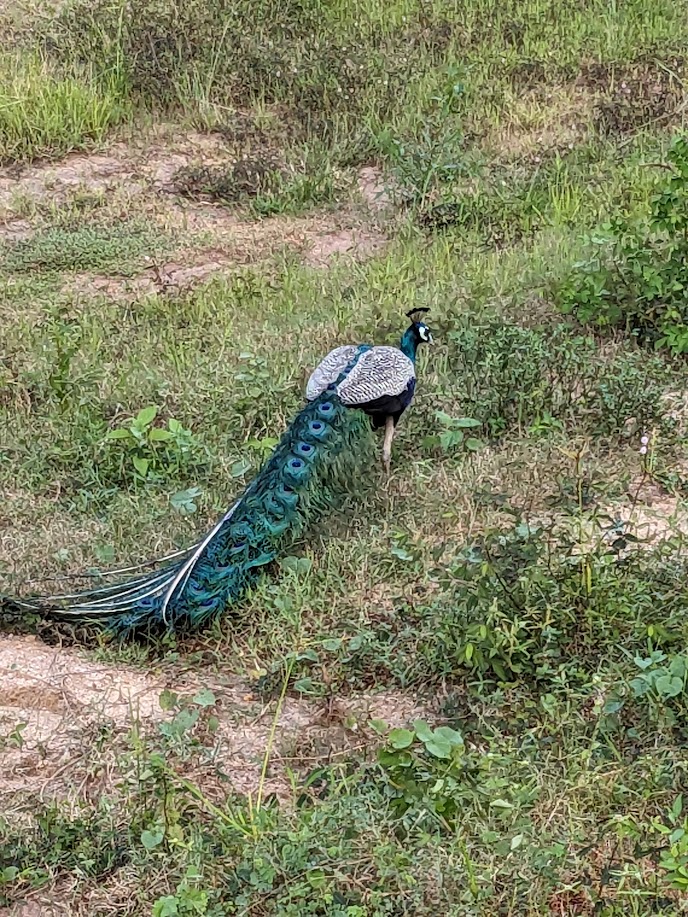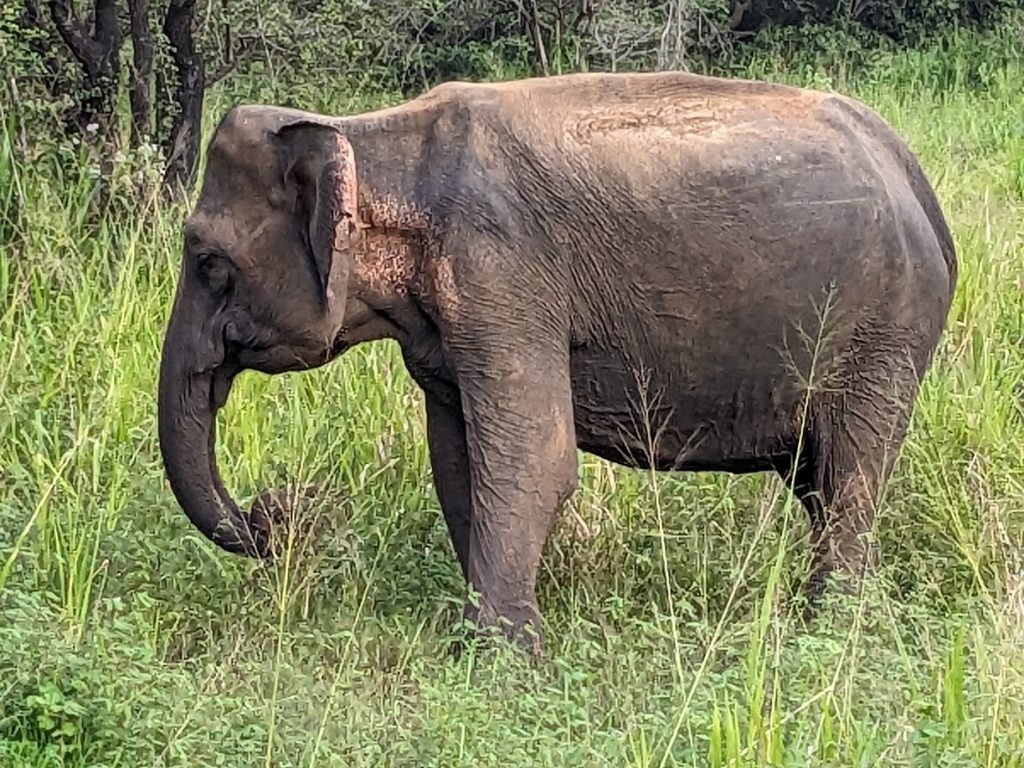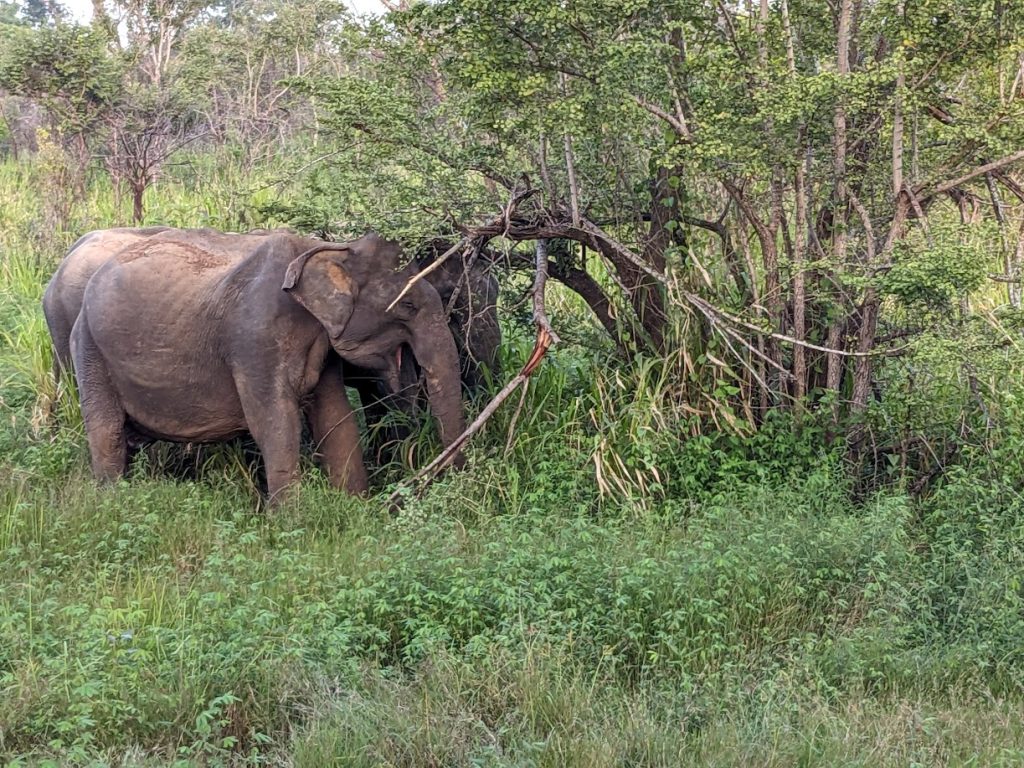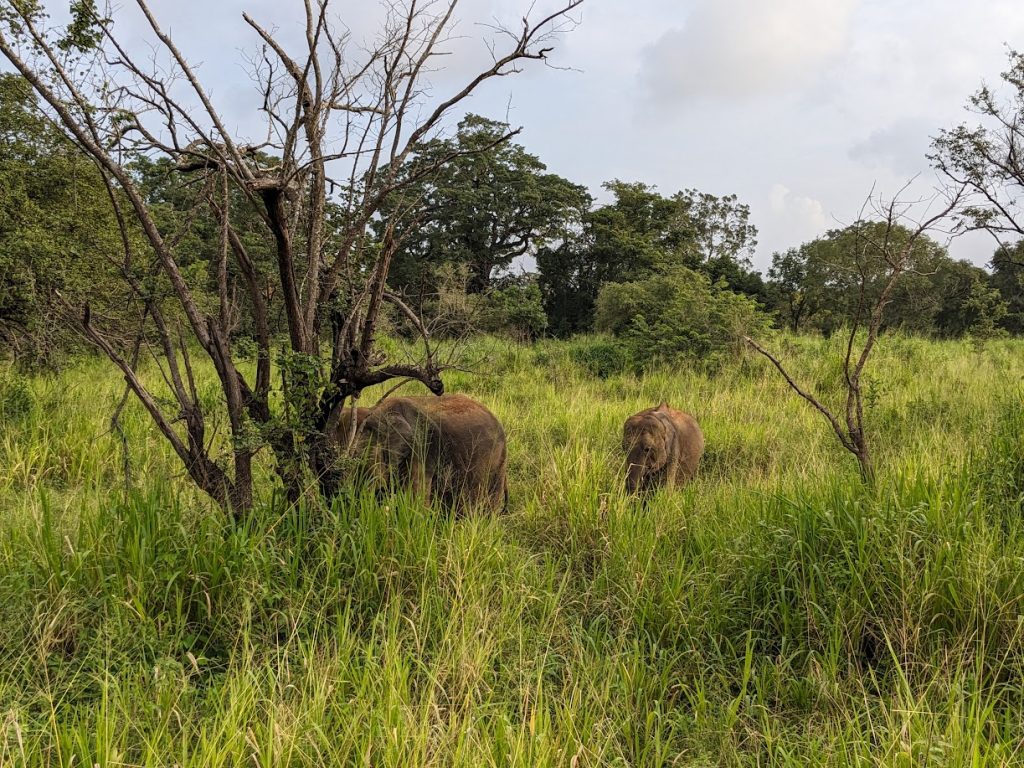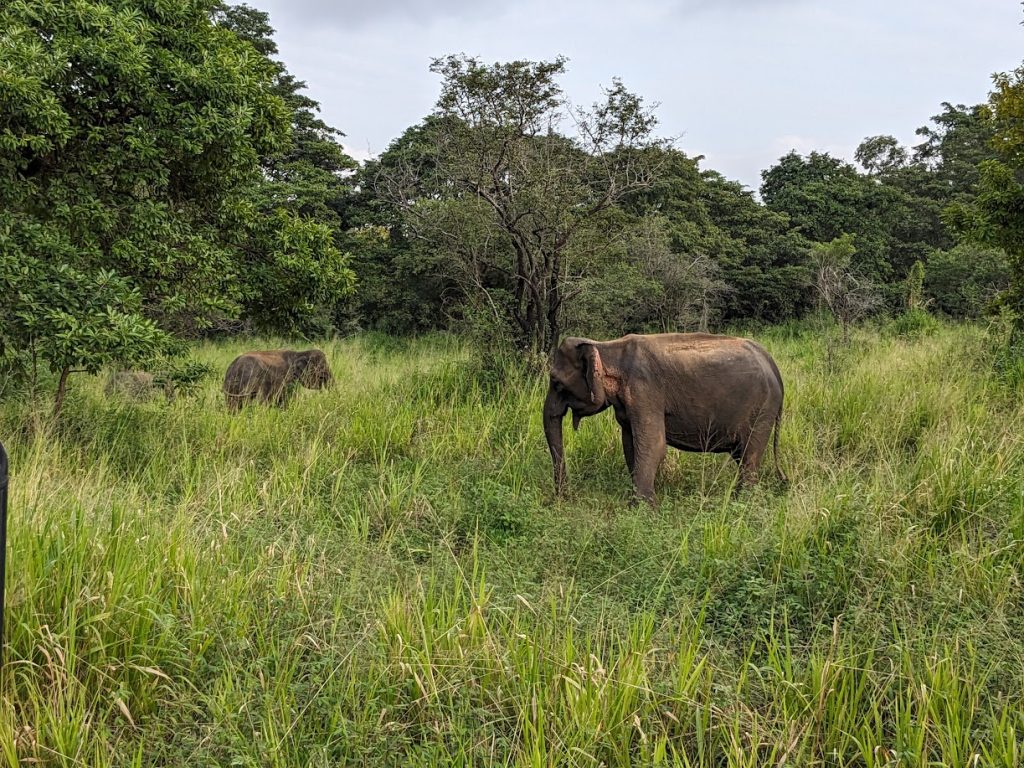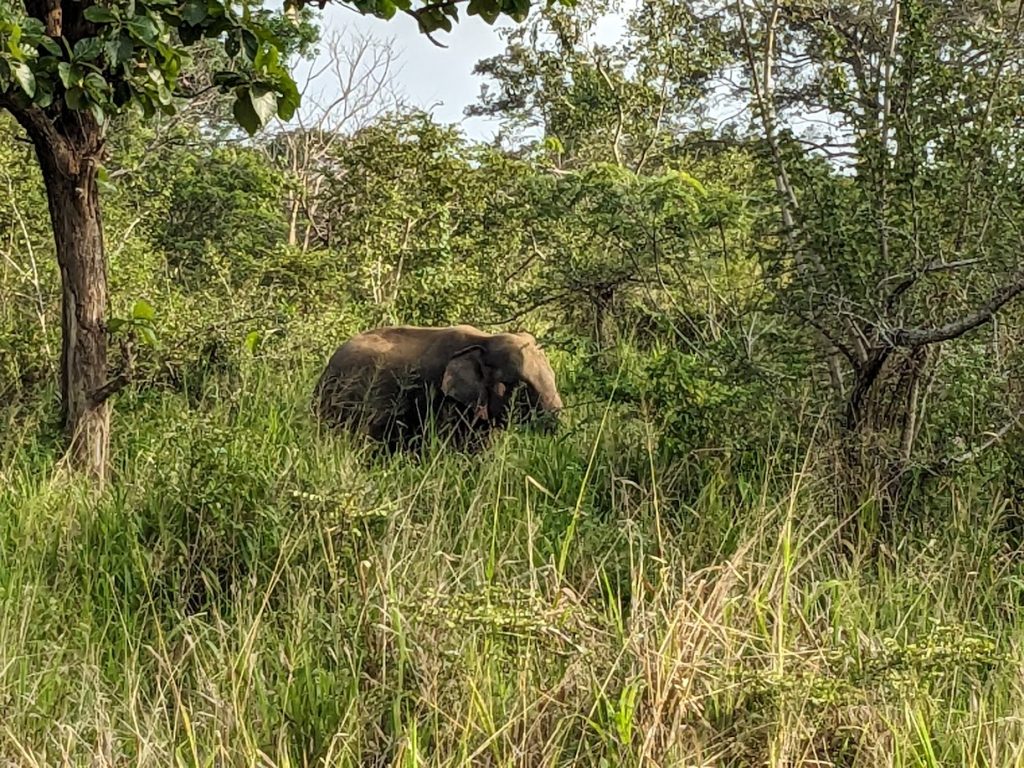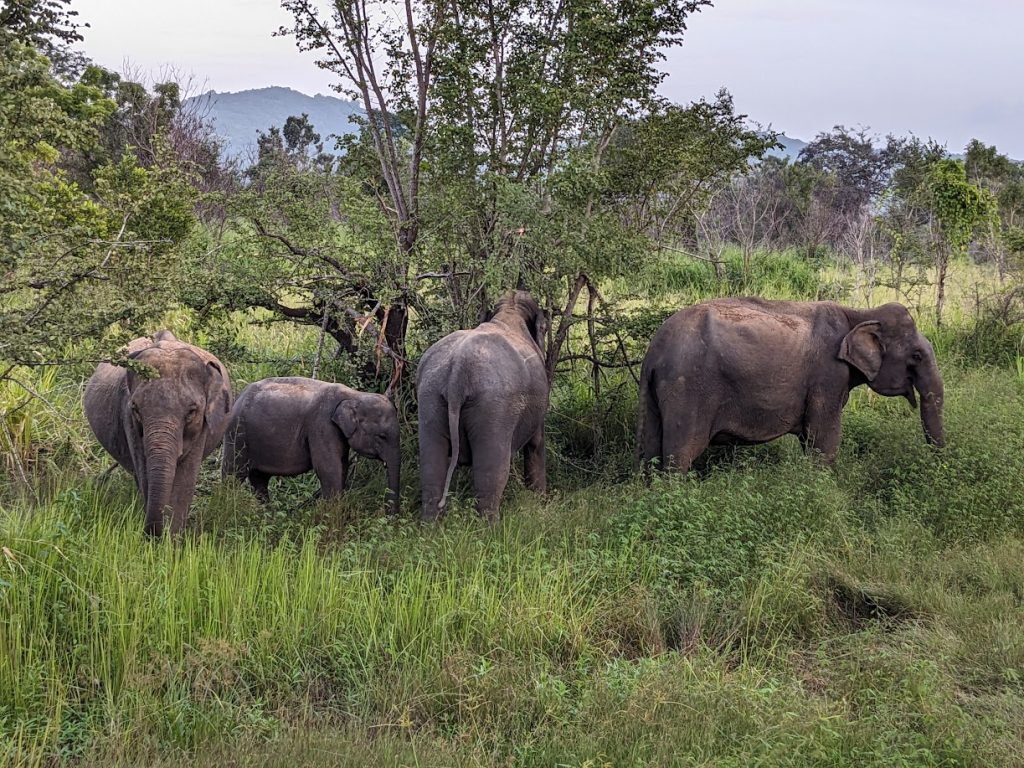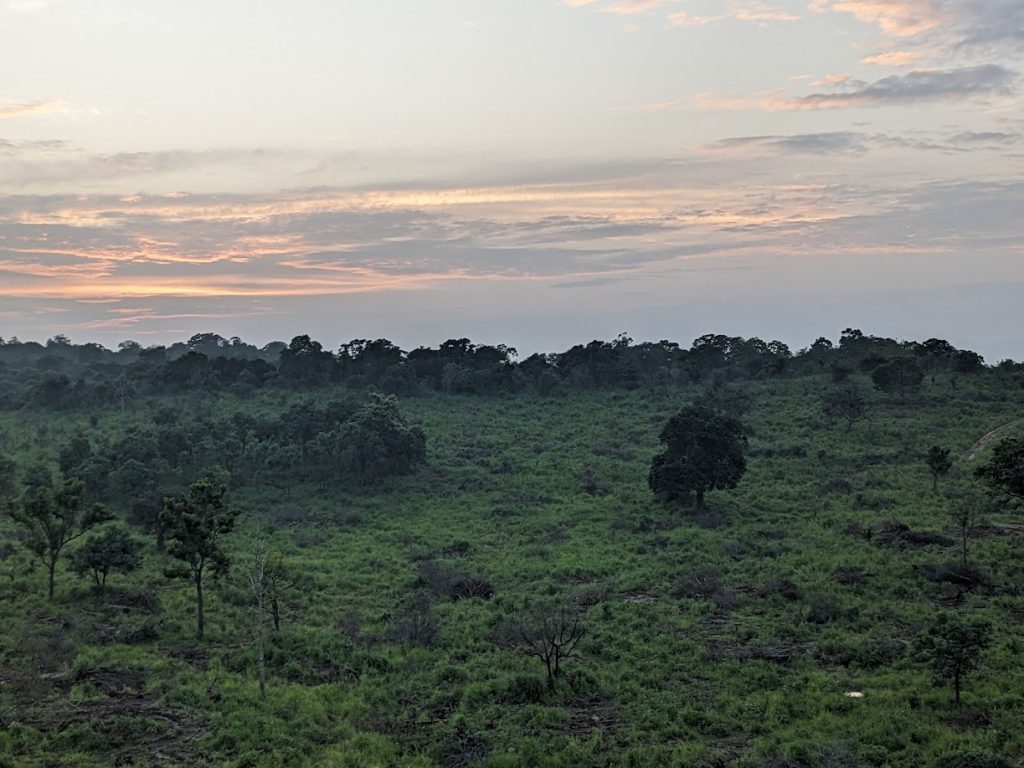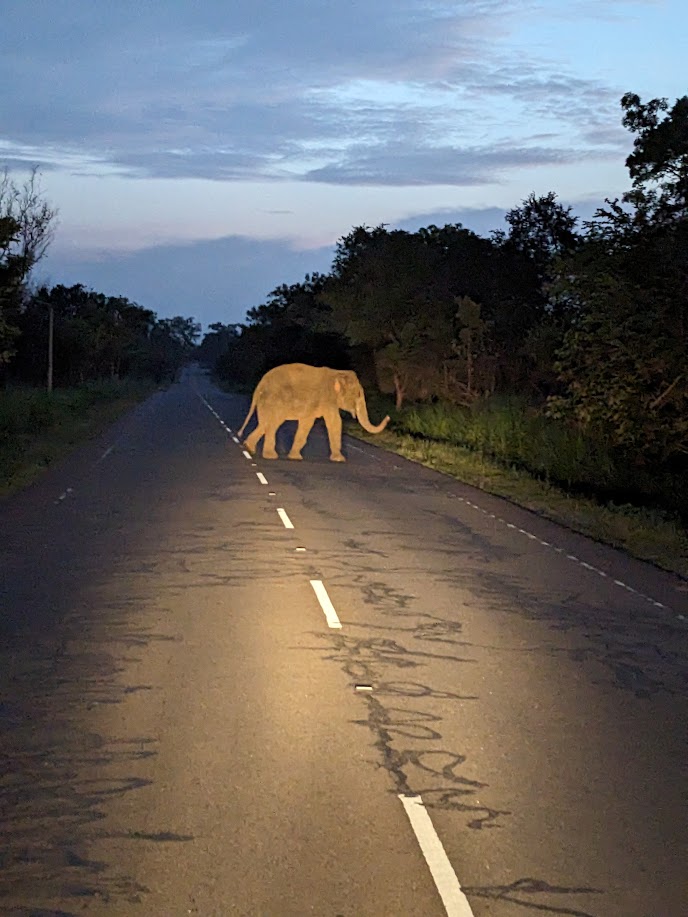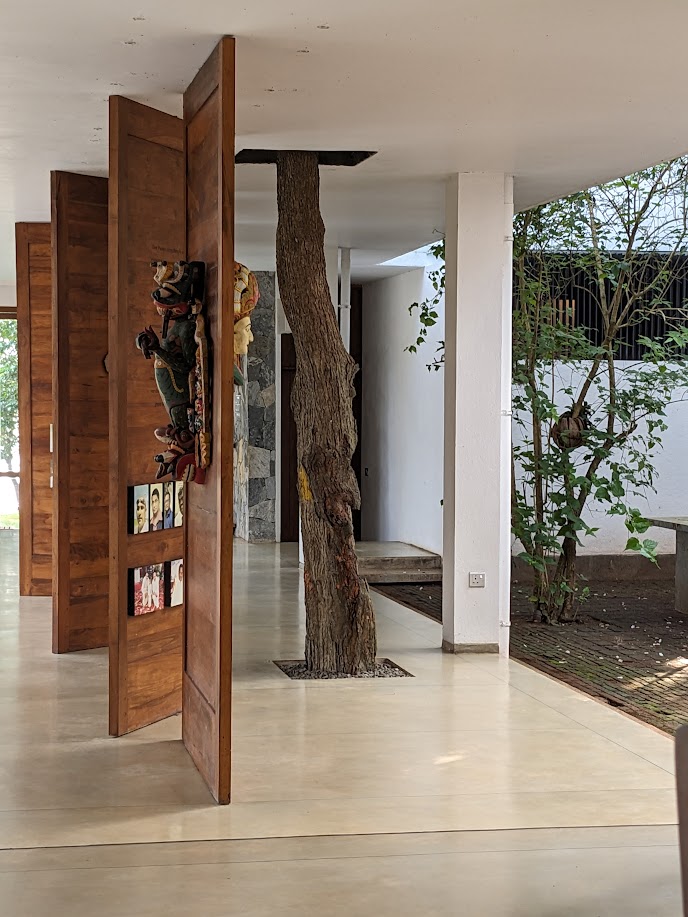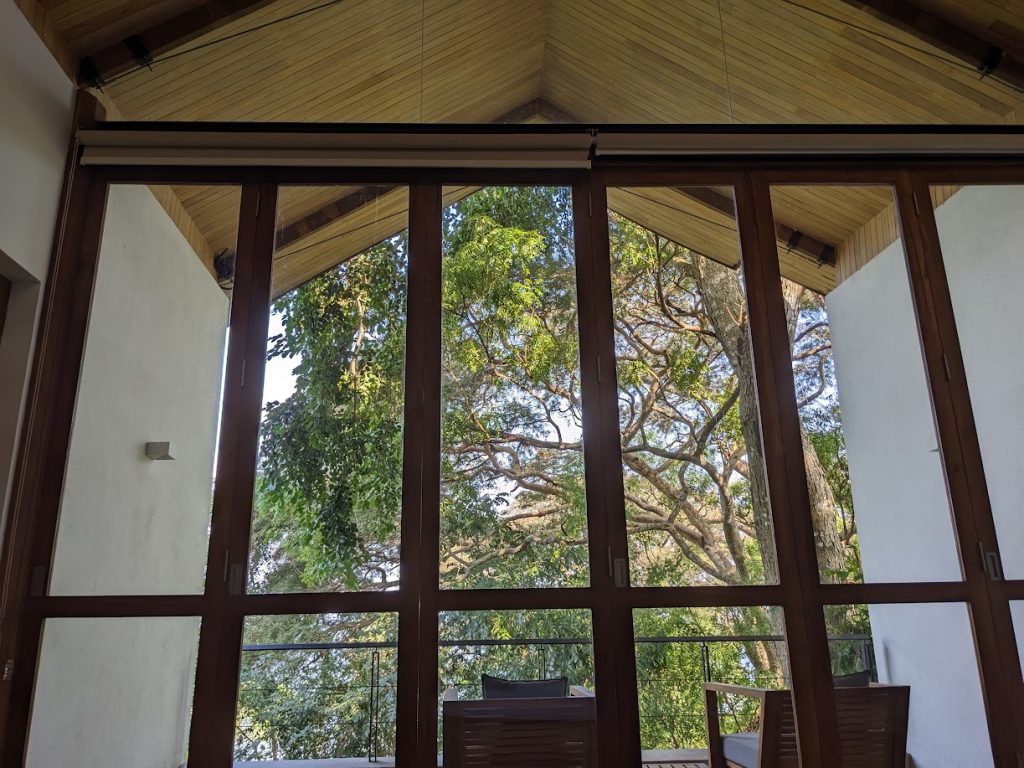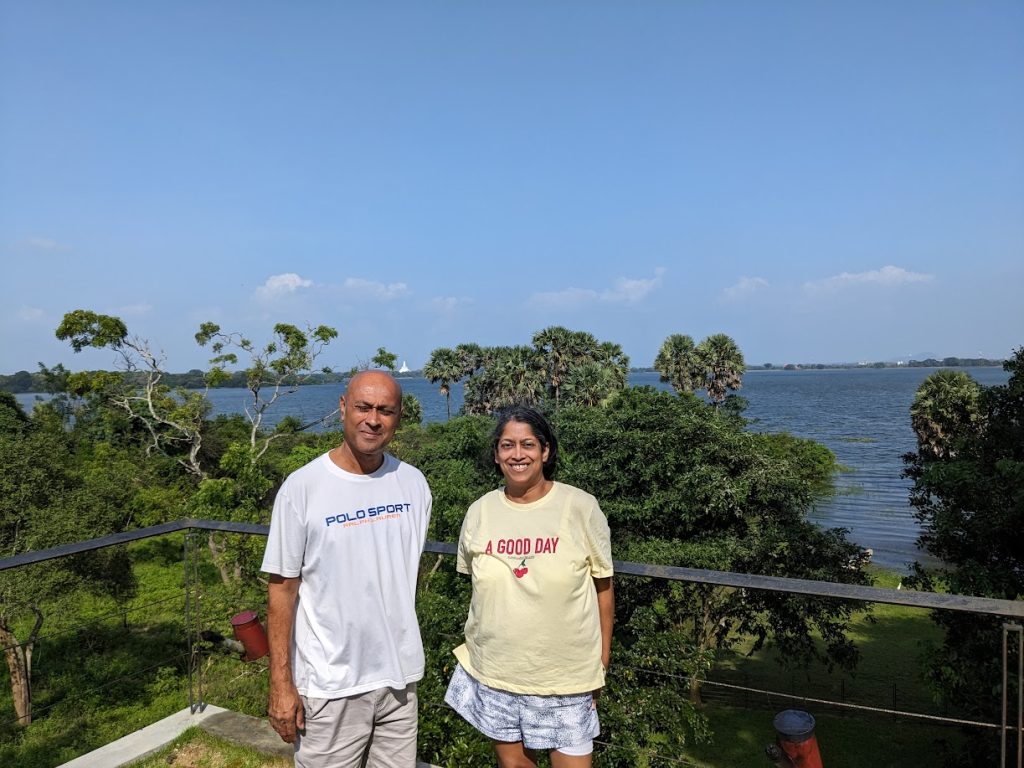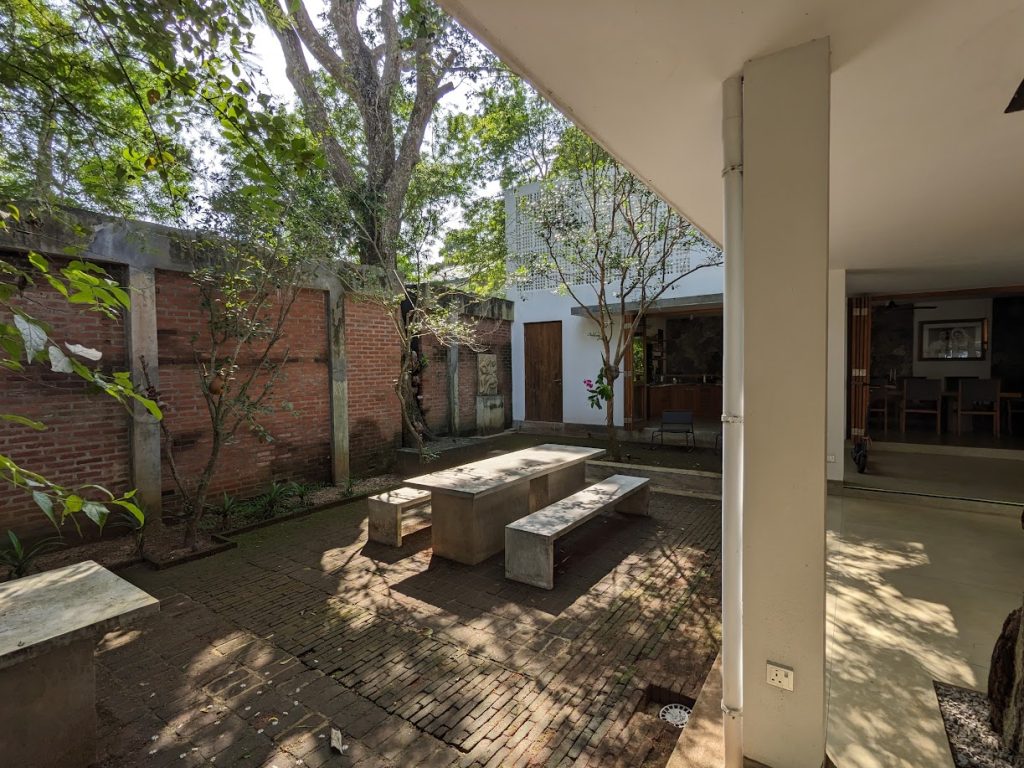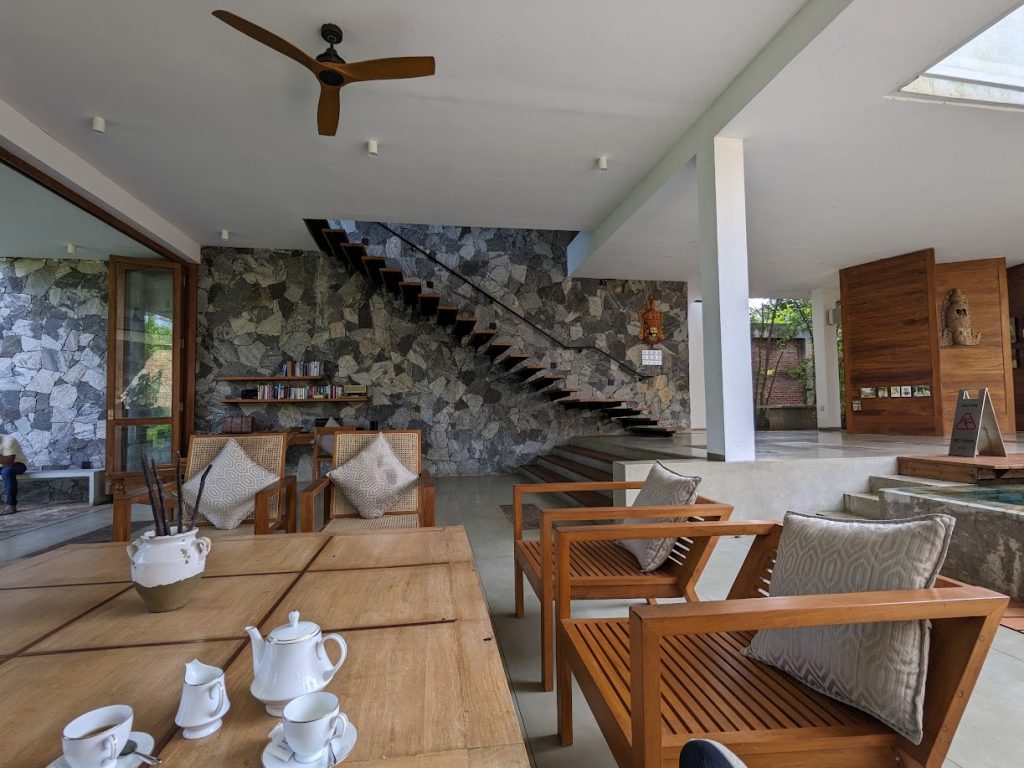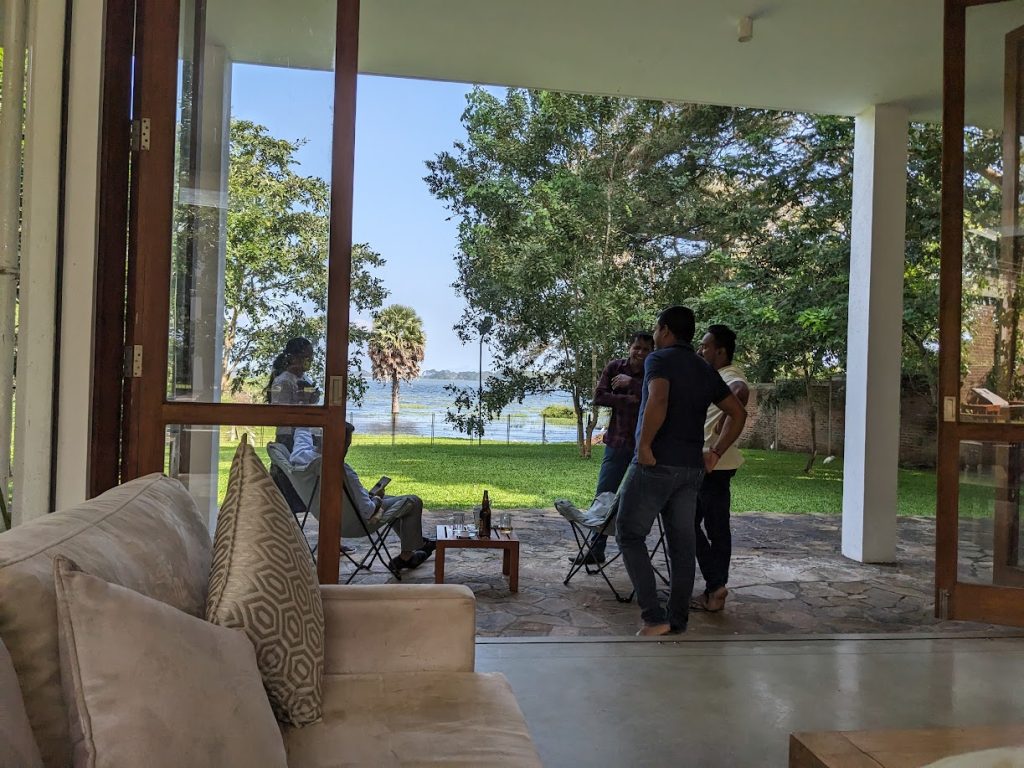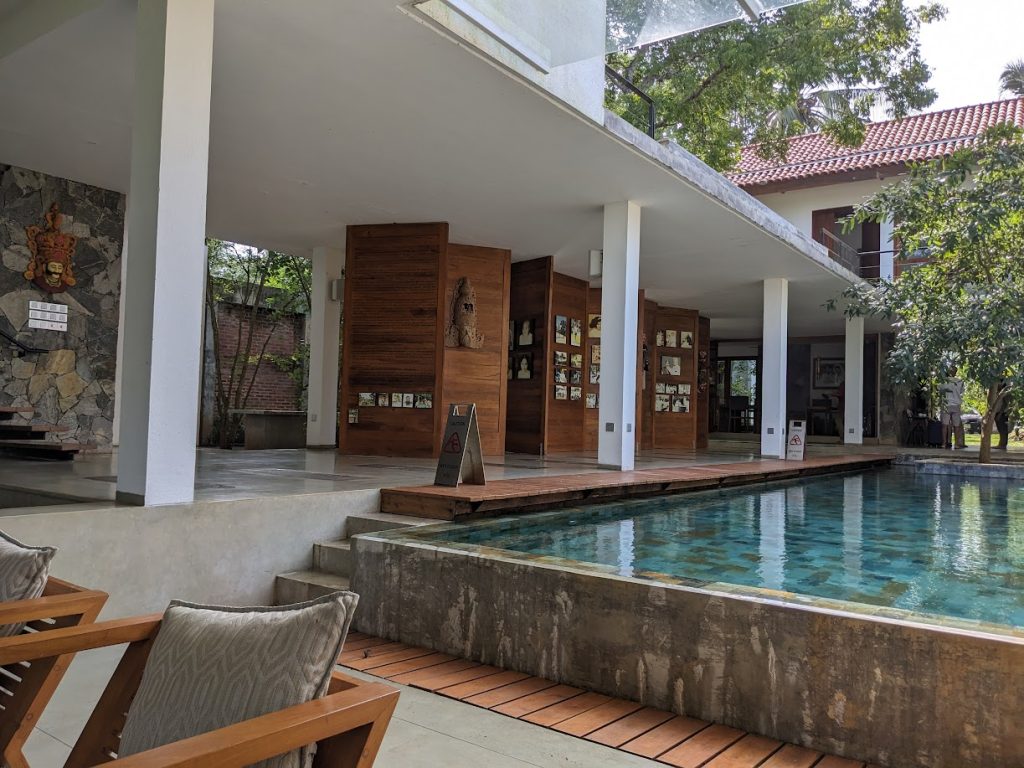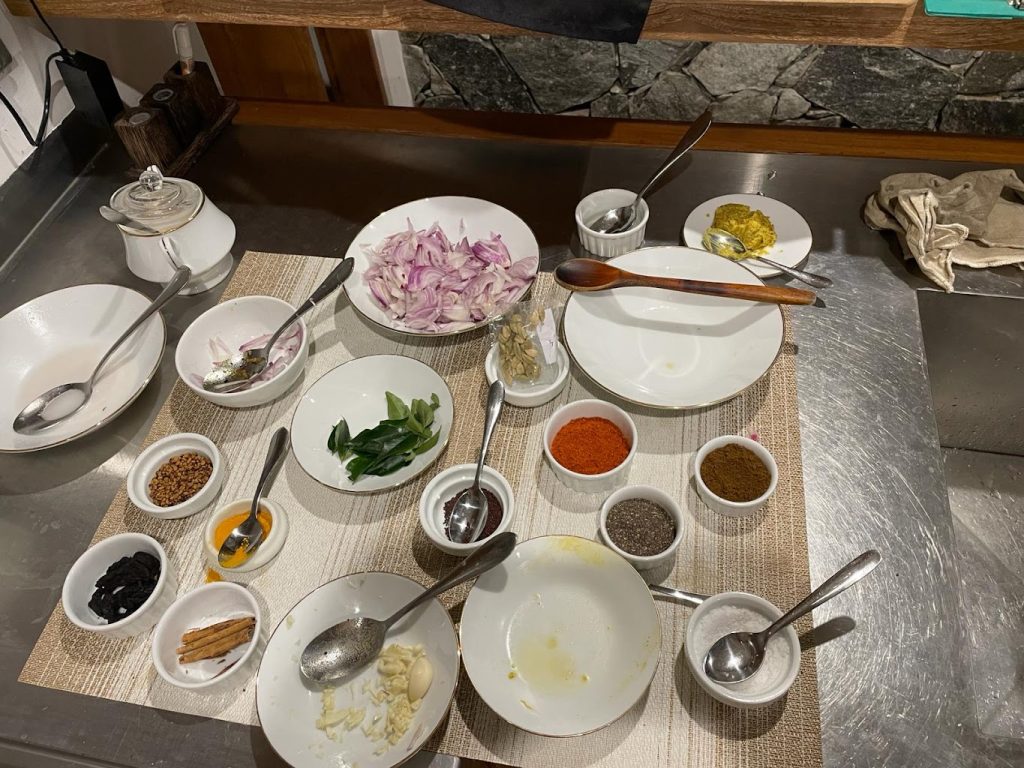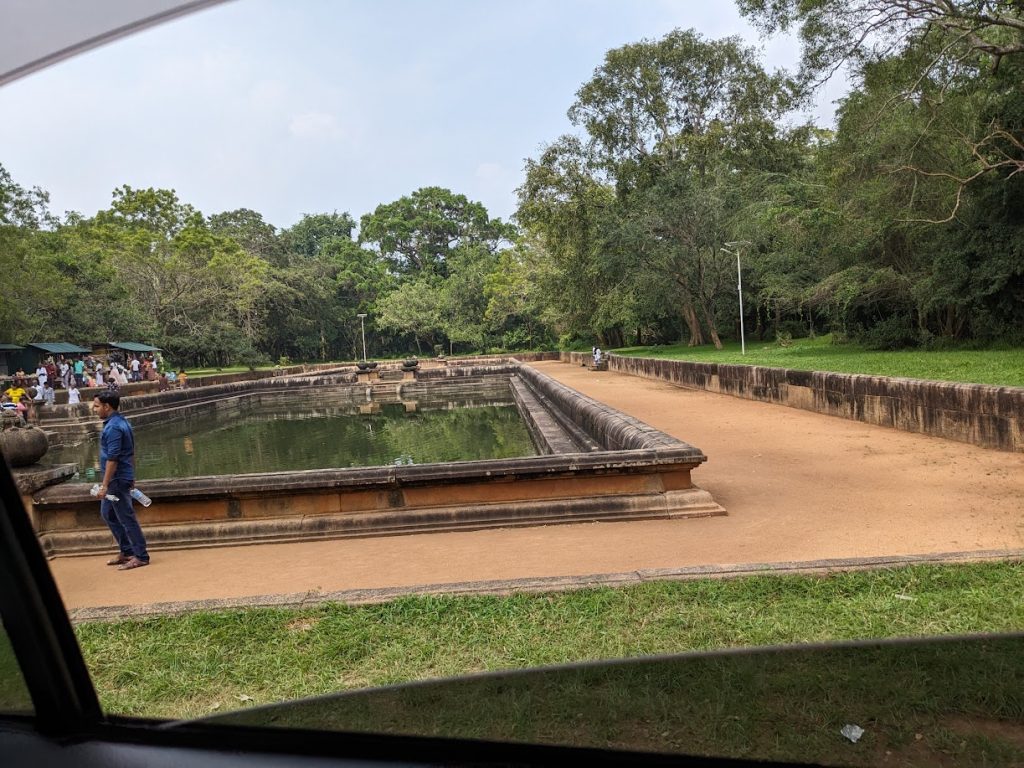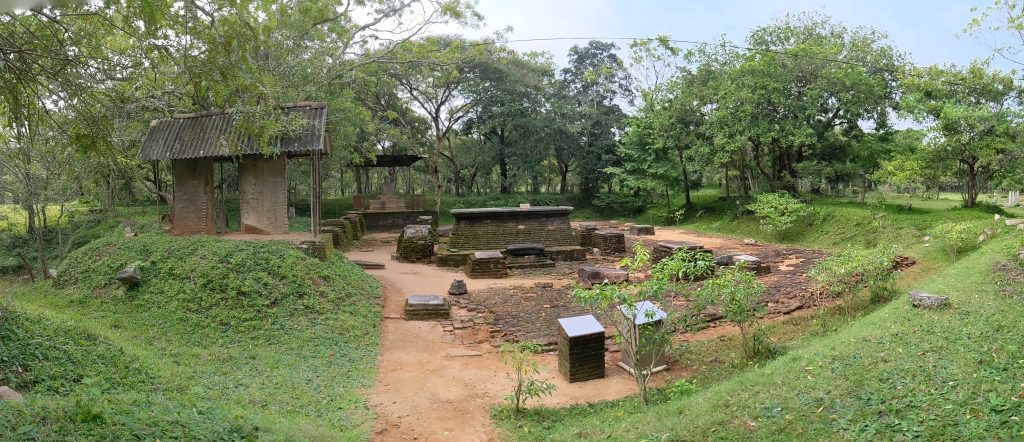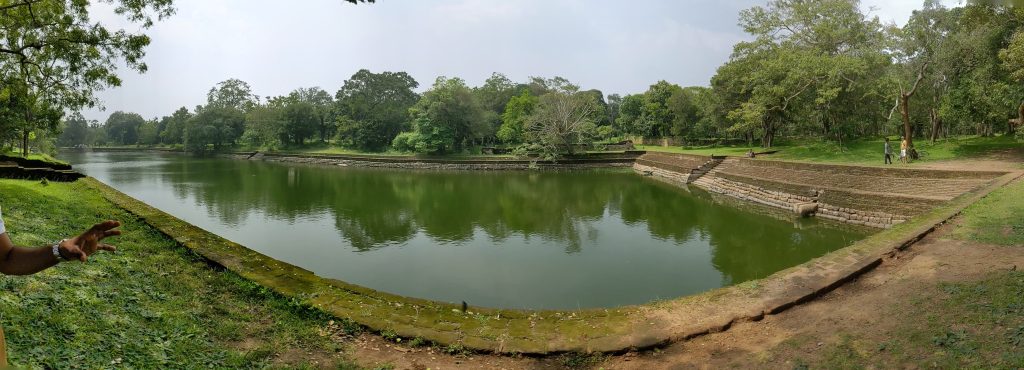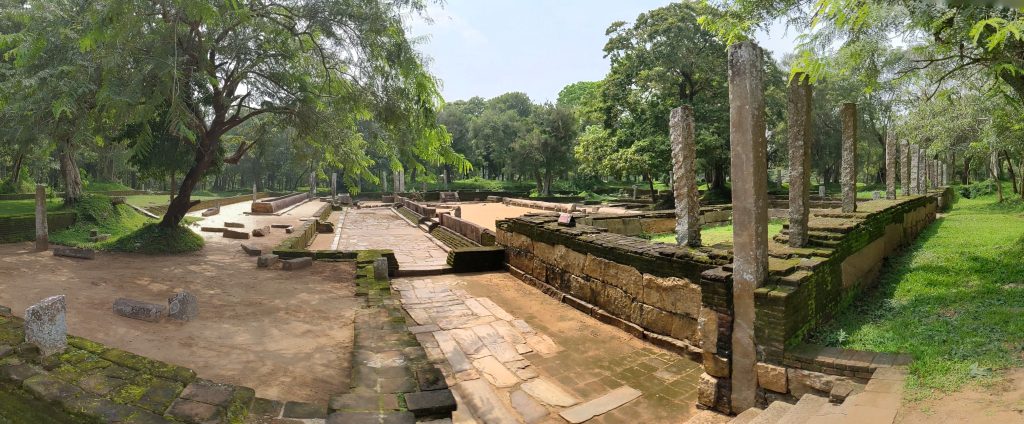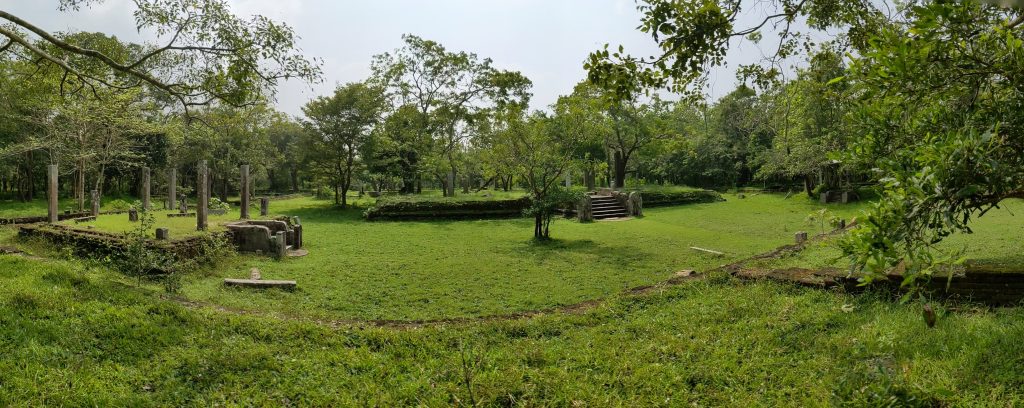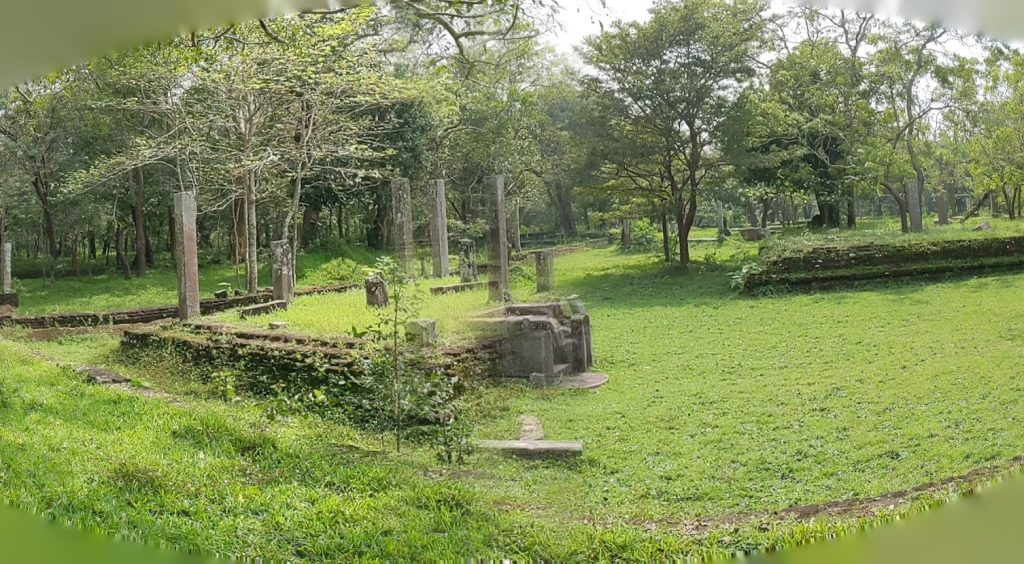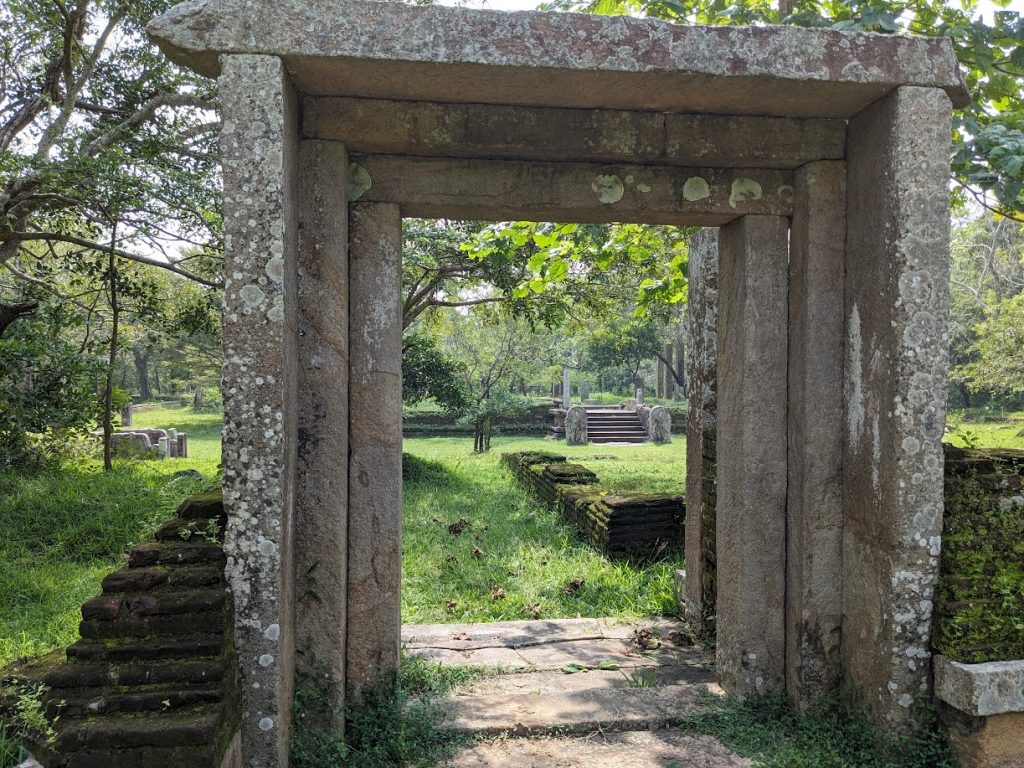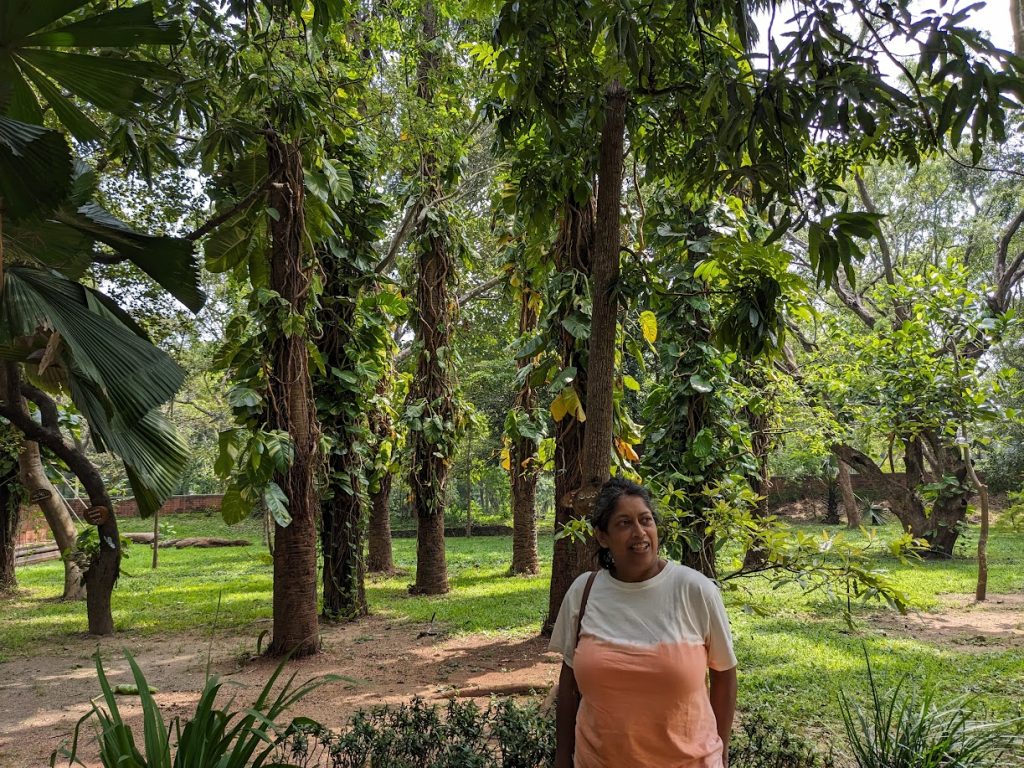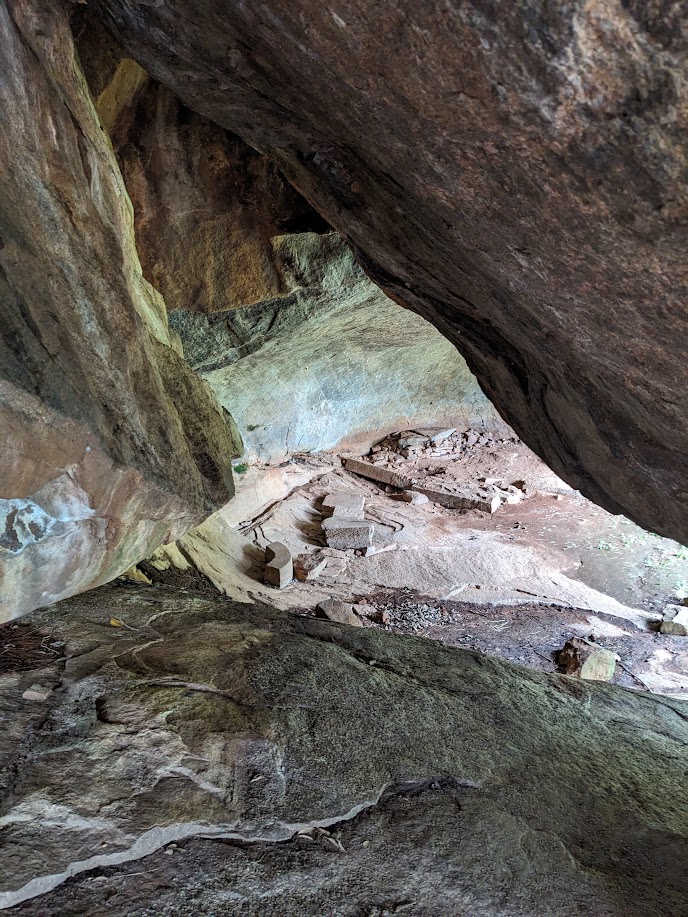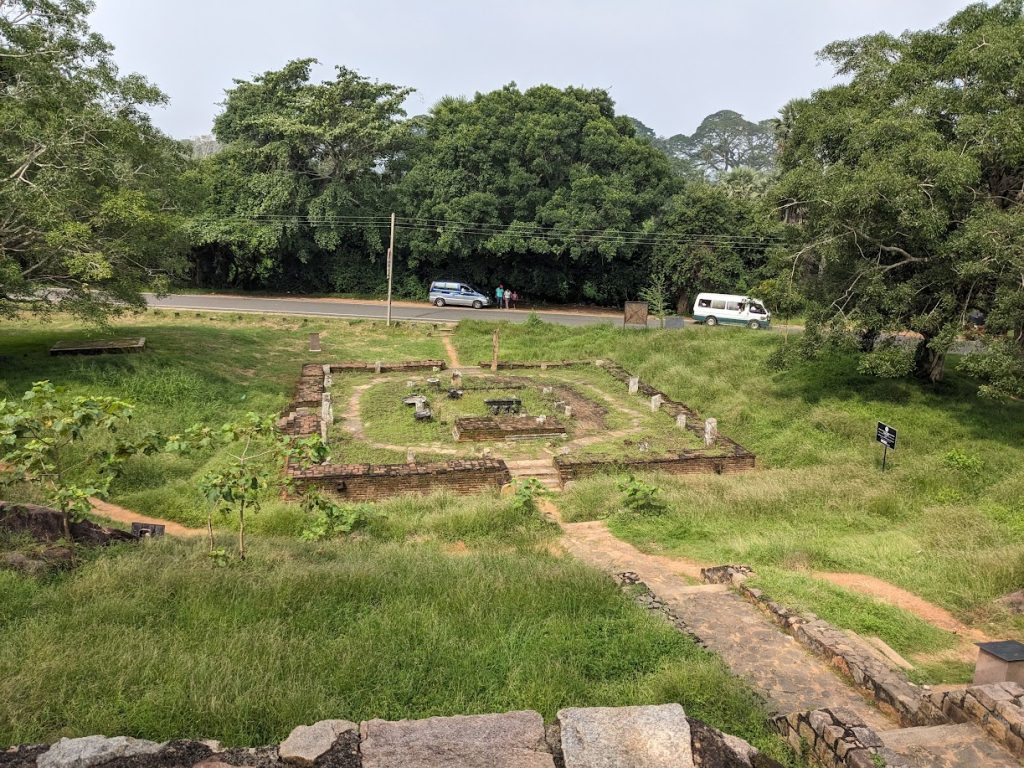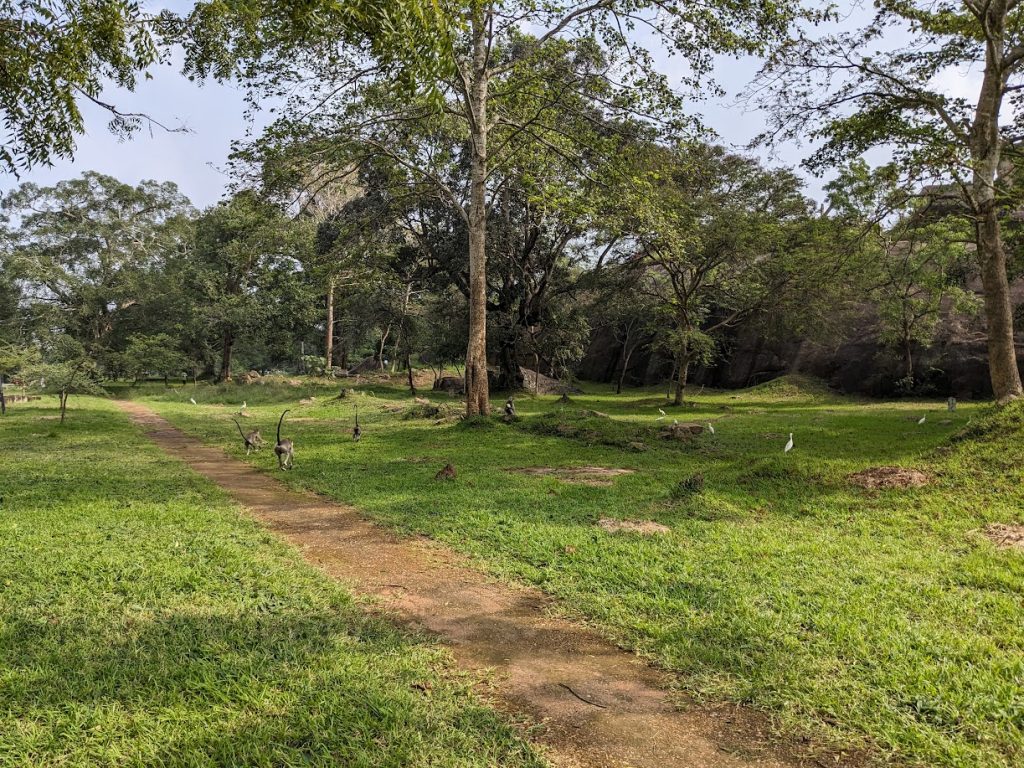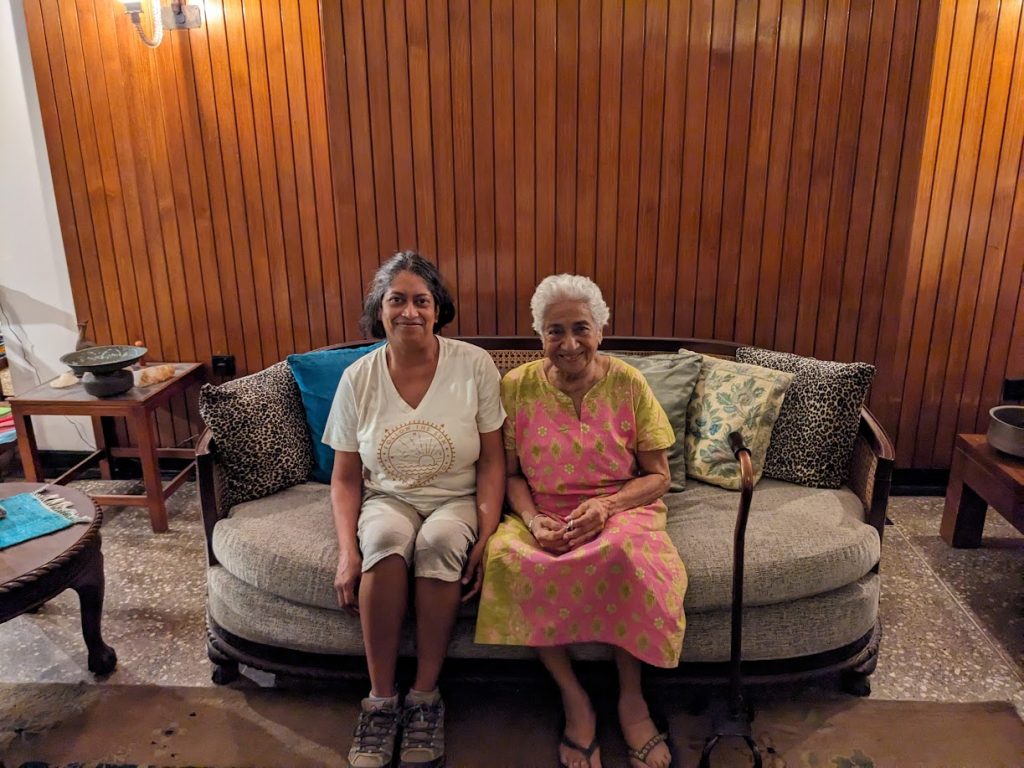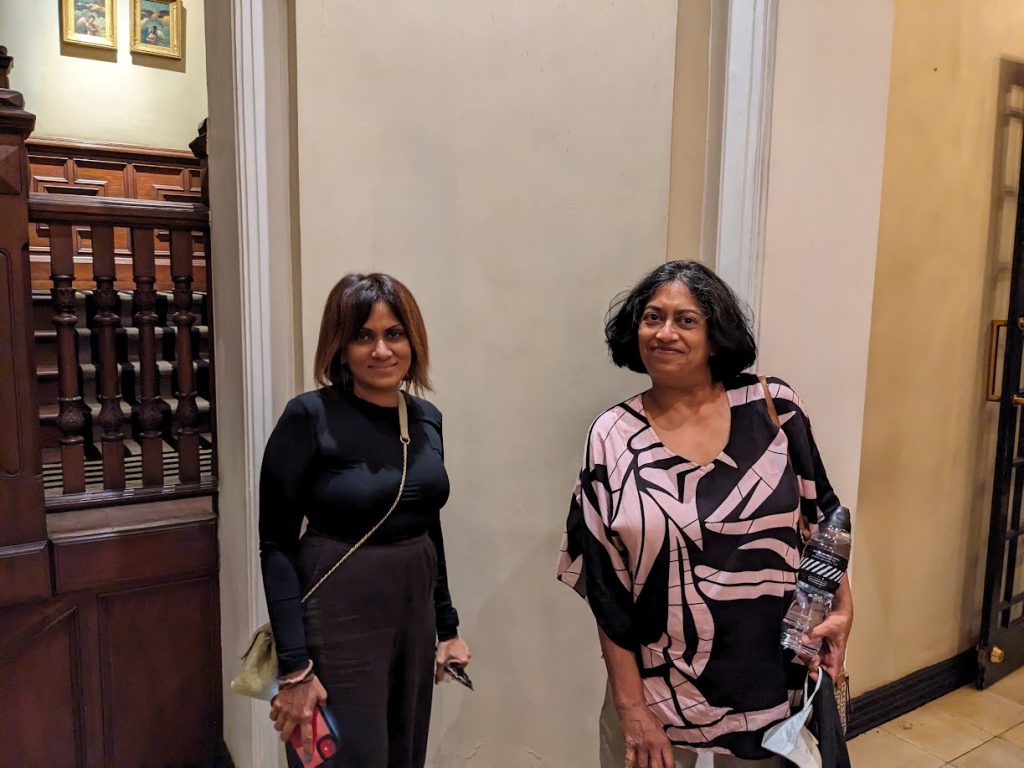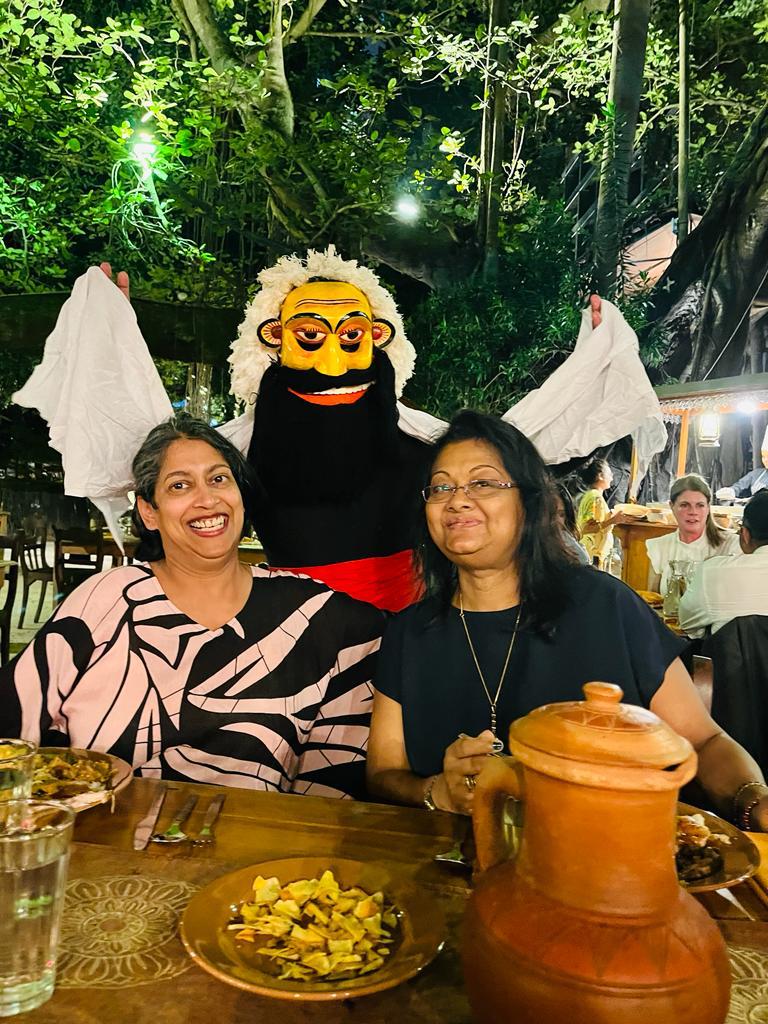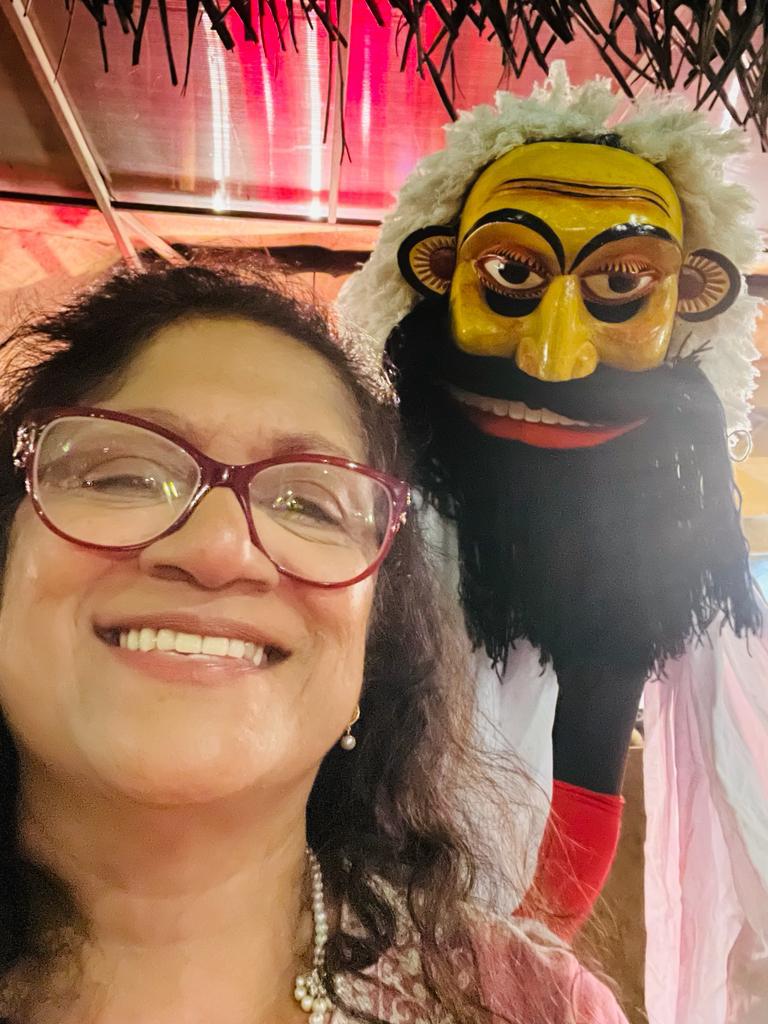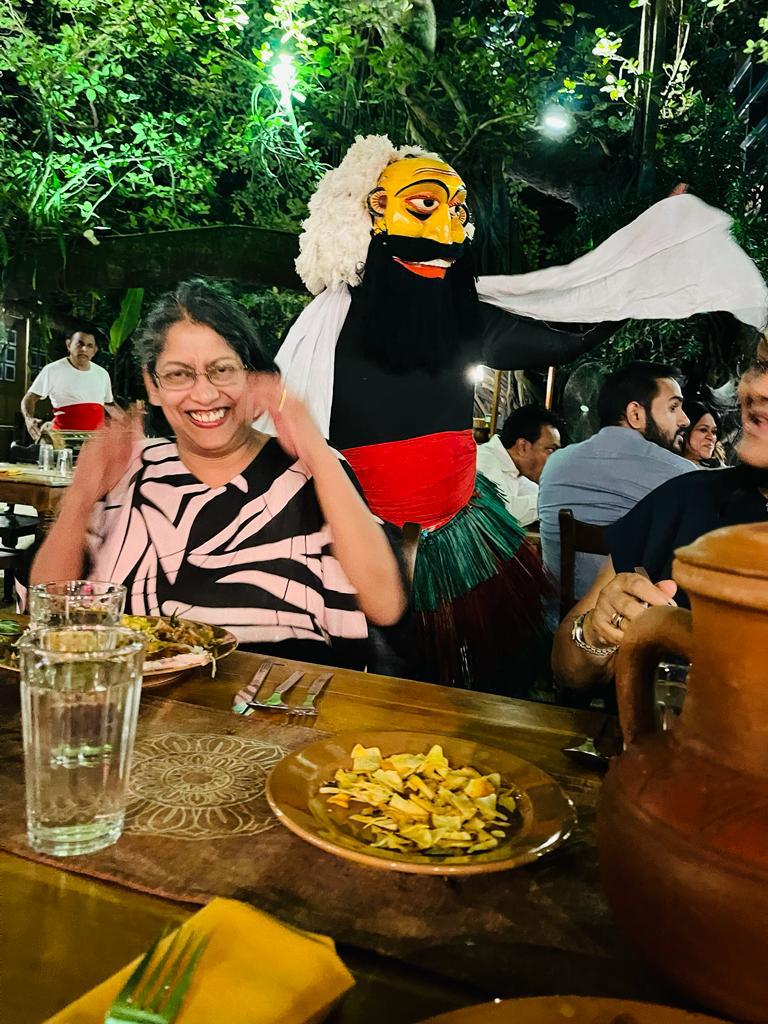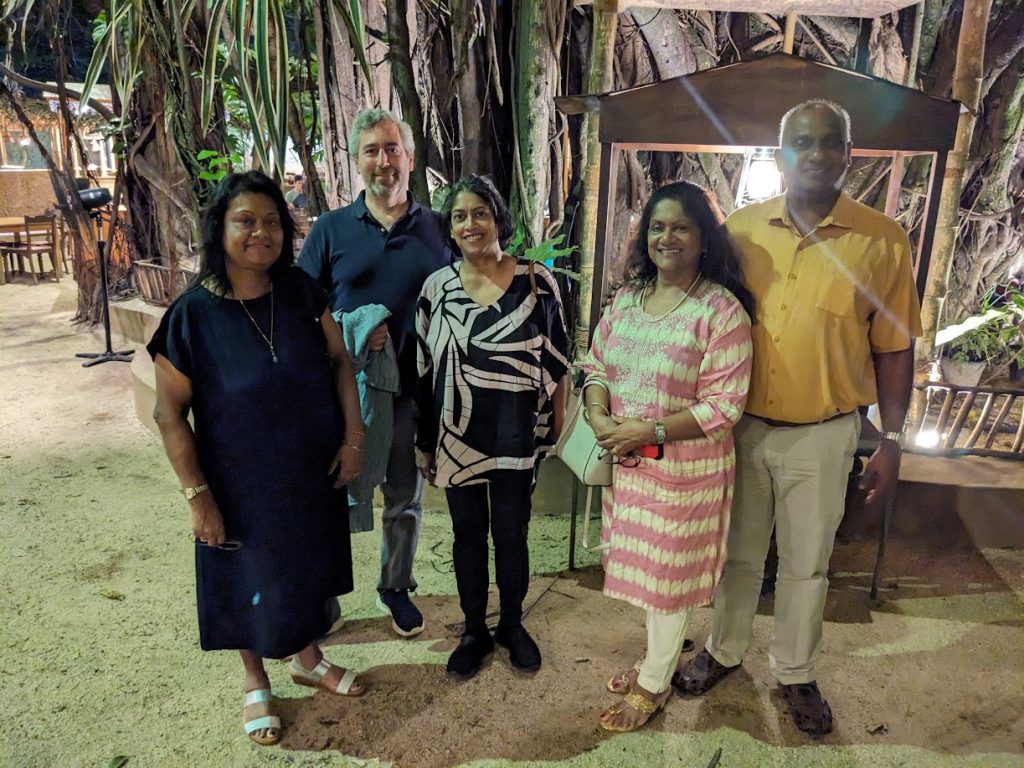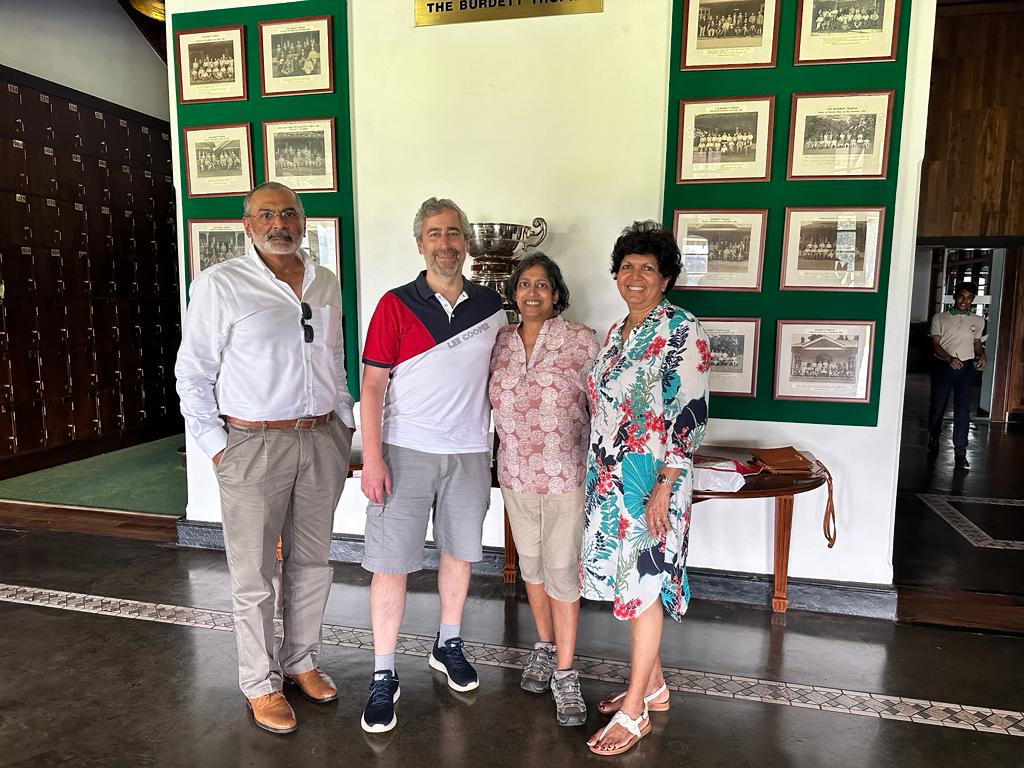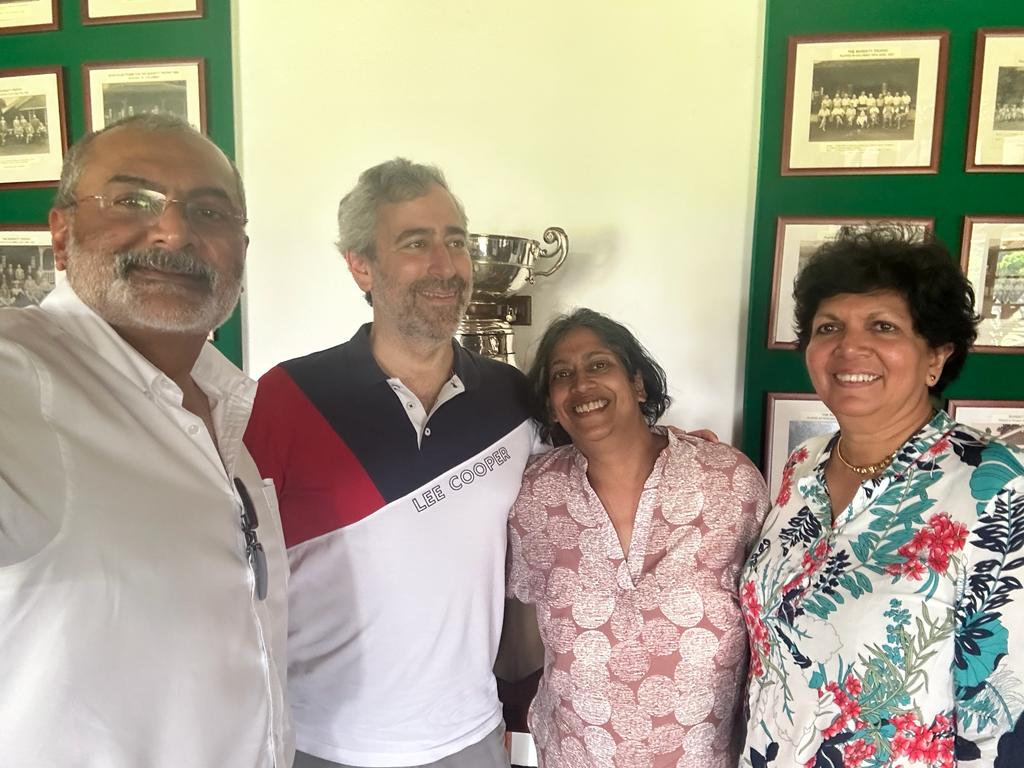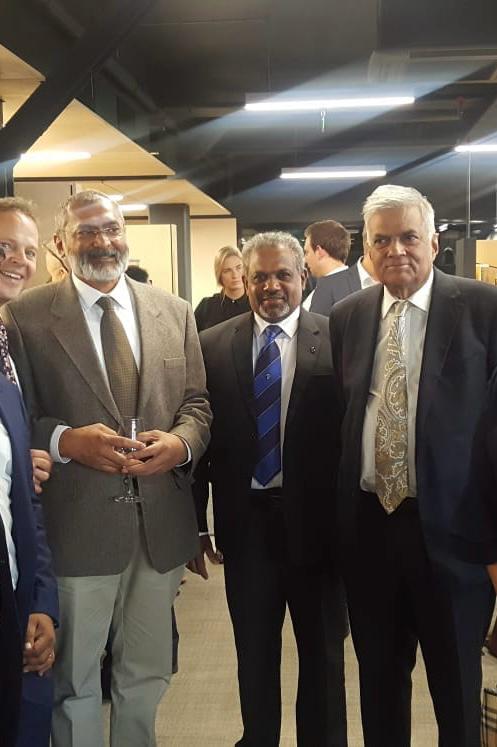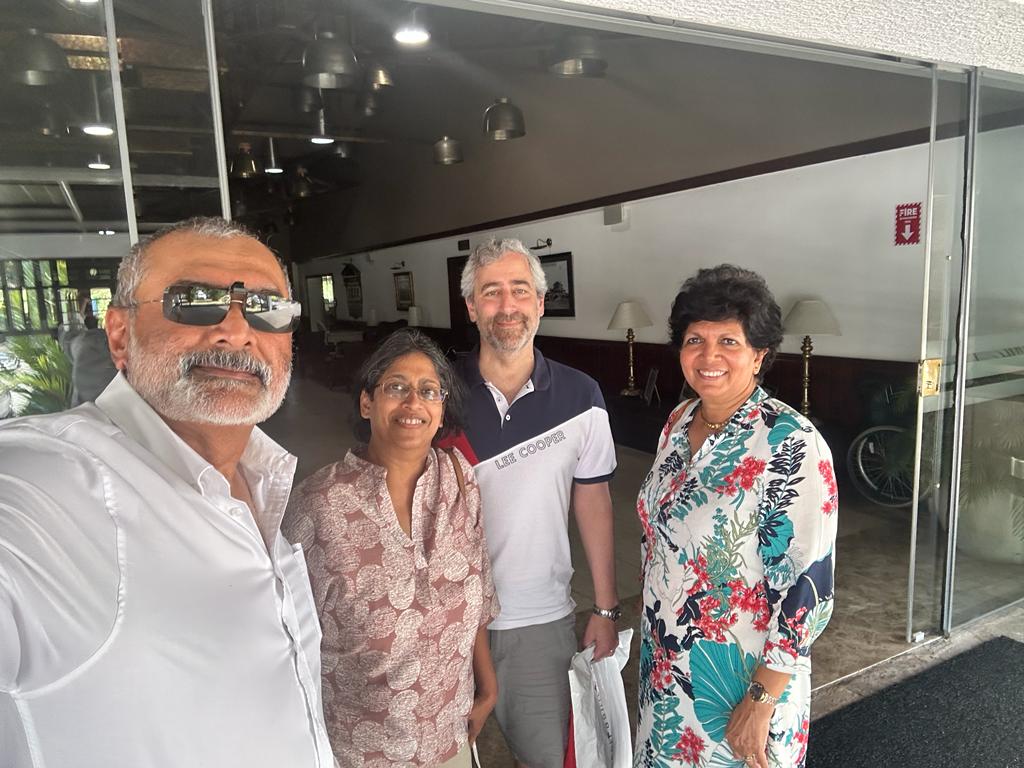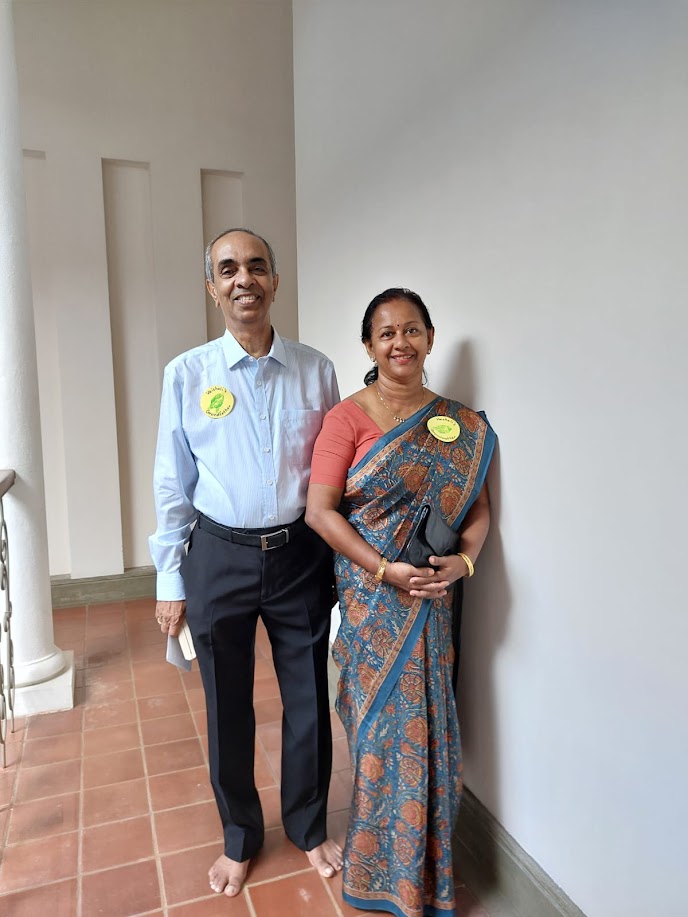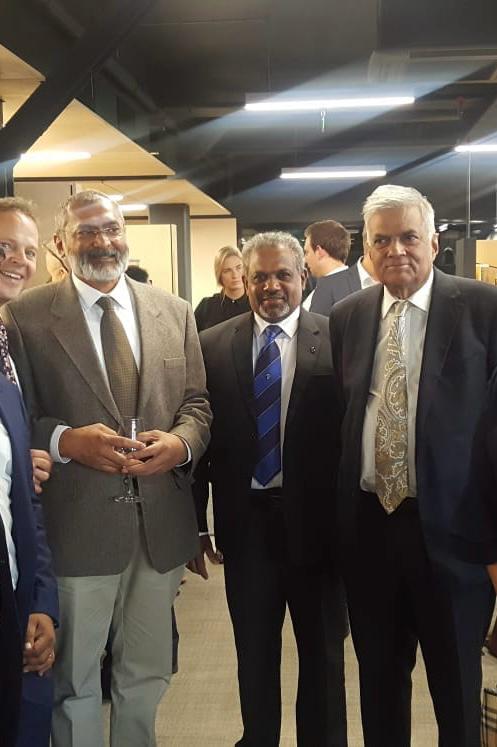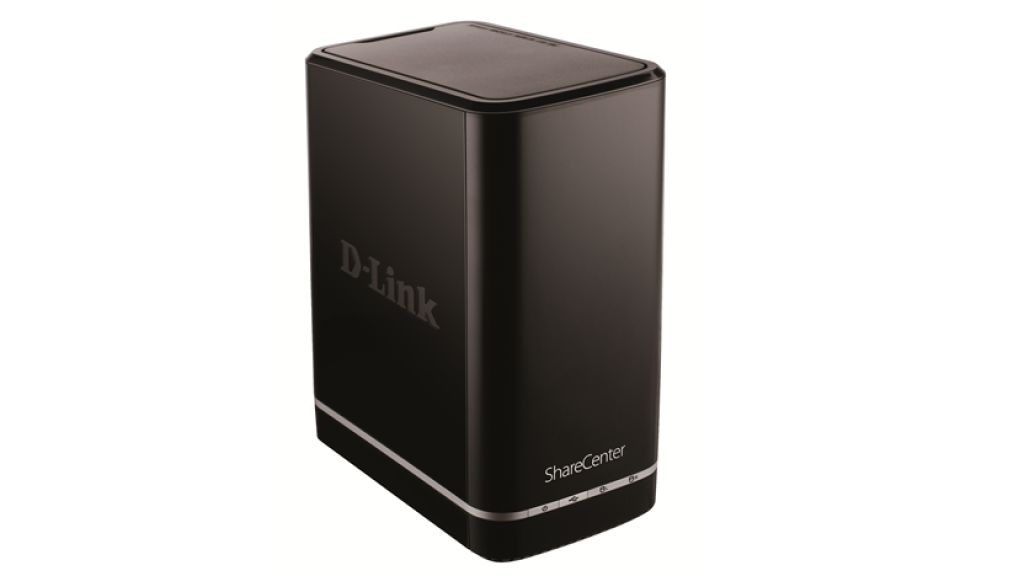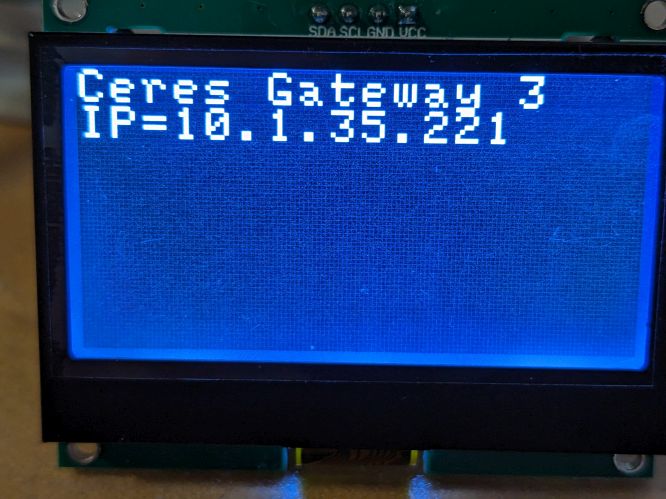Most material discussing the Arab-Israeli conflict constrains the timeframe or geography to advance a particular narrative. This post attempts to provide the longer and broader context needed for a more nuanced understanding.
Jews and Judaism
The Jews are a people (an ethnicity). Ethnicity is a hereditary trait: children born to Jewish parents are Jews; a Jew cannot convert, for example, to being Chinese. The Jewish people originated at least 3500 years ago in the Levant, which is a part of the Middle East, and Jews are indigenous to that region. There are roughly 15.7 million Jews worldwide as of 2023.
Judaism is a religion. Religions are belief systems; you can convert to Judaism or Christianity or Buddhism by changing your beliefs. Judaism originated among the Jewish people and most practitioners of Judaism today are Jews. Unlike Christianity and Islam, Judaism is not a proselytizing religion – there is no religious obligation or incentive to convert others. As a result of this tight coupling of ethnicity and religion, Judaism is often referred to as an ethnoreligion. Today, “Jewish” is commonly used to refer to both the ethnicity and the religion.
Christianity and Islam descend directly from Judaism; both are proselytizing religions. As a result, they have spread rapidly, often through conquest and forced conversion. The unwillingness of many Jews to convert has resulted in extensive persecution, with Jews frequently killed or forced to flee. The dispersal of Jewish refugees globally is referred to as the Jewish diaspora. Today, the large majority of Jews live in either Israel or America.
Ancient Israel
The ancient Jewish kingdoms of Israel and Judah (from which the name Jew derives) covered an area slightly larger than modern Israel and the West Bank (Judea and Samaria). There is extensive archeological record of the people and kingdoms of Israel and Judah starting in the Iron Age such as the Egyptian Merneptah Stele circa 1200 BCE. Jews of this time spoke Hebrew and the kingdoms of Israel and Judah existed for many centuries.
Israel and Judah were conquered by a series of invaders, starting in 720 BCE, including the Assyrians, Babylonians, Persians, Romans, Greeks, Arabs, Turks, and British. While Israel existed as a vassal state under several conquering empires, repeated Jewish rebellions resulted in the Roman empire ethnically cleansing many of the Jews who fled to surrounding countries and eventually as far as Europe. This was the start of the Jewish diaspora. The Romans also changed the name of the region to Syria Palestinia in an attempt to eradicate the Jewish identity.
The Arabs, Islam
The Arabs are a people who originated in the Arabian peninsula in roughly the 9th century BCE. Arab is an ethnicity: children born to Arab parents are Arabs, regardless of their religion. There are, for example, many Coptic Egyptians who are both Arab and Christians. Islam is a religion that originated among Arabs; practitioners of Islam are referred to as Muslims. The Arab leader and prophet Muhammad (PBUH), led an Arab army that conquered much of the Middle East and North Africa to spread Islam and impose Islamic rule. Thereafter, a series of Islamic Caliphates ruled the region for centuries.
Through the Islamic crusades, Arabs spread through much of the Middle East and North Africa. In 2024, there are 22 member nations of the Arab League with roughly 456 million citizens. Nearly 25% of the world’s population is now Muslim. Muslims are the majority religion in 46 countries and in at least 23, Islam is the official state religion.
Palestine and the Palestinians
Palestine refers to a region of the Levant with ill-defined borders (like “the Sahara or the Mid-West”). It has not historically referred to a nation (there has never been a nation named Palestine) but today the Arabs of Palestine aspire to a new nation state named Palestine. The origin of the term is debated, but is likely a Greco-Roman reference related to the ancient Phoenicians who lived in the region. Modern usage is clearer and stems from the Roman era: rebellious Jews were crushed by the Romans who then renamed Israel, Judea, and Samaria as the Roman administrative province of Syria Palestina, which later became just “Palestine”.
Palestine suffered many invasions and conquests. Peoples from all over the Middle East and Europe moved to and through Palestine. Following the 7th century conquest by Arabs and the subsequent Caliphates, many residents converted to Islam and the region generally underwent Arabization. During the periods from 1500-1900, regional famines and conflicts also sparked mass migrations that brought many ethnic Arab immigrants to Palestine.
Exactly who the Palestinian people are today is a hotly contested issue due to its bearing on the conflict. If the population that identifies as Arab is primarily descended from foreign invaders, it weakens that population’s claim to being indigenous. However, if the population is descended from the ancient populations of the region (Canaanites, Phonenicians, Israelites, and Samaritans), it strengthens the case for being indigenous but also strengthens the case for the Jews being indigenous.
Until at least the end of the 19th century century, the term “Palestinian” referred to anyone who lived in Palestine (Jews, Arabs, Christians, Muslims, etc.). The term Palestinian was first used to self-describe Palestinian Arabs in 1898 during the rise of Arab nationalism. However as the population of Palestine was largely Arab at that time, the exclusive usage to denote only Palestinian Arabs remained unclear. The Palestine Liberation Organization (PLO) was an Arab nationalist movement that formed in 1968 after the 6-day war (see below). The PLO defined Palestinian as “those Arab nationals who, until 1947, normally resided in Palestine regardless of whether they were evicted from it or stayed there. Anyone born, after that date, of a Palestinian father—whether in Palestine or outside it—is also a Palestinian. The Jews who had normally resided in Palestine until the beginning of the Zionist invasion will be considered Palestinians.”
Widespread use of the term “Palestinian” to refer exclusively to Palestinian Arabs is thought to have its roots in Soviet cold war propaganda. At the start of the cold war, the Soviet Union sought to build relationships in the Middle East. When Israel aligned with the US and the West, the Soviet’s launched an extensive anti-Israel propaganda campaign in the late 1960s. Many current criticisms of Israel spring from that campaign.
Genetics: The earliest recorded people of the Levant were the Canaanites. Most recent genetic studies show that both Jews and Palestinian Arabs share a great deal of common Canaanite ancestry and that Jews and Palestinian Arabs are more closely related to each other genetically than to other groups (see this 2000 study published in Human Genetics). This suggests that both groups have legitimate claims to being indigenous to the region despite both groups also having significant genetic admixture.
Origins of the Modern Conflict
Due to millennia of persecution by both Christians and Muslims, Jews had emigrated to and sought refuge in countries throughout Europe and the Middle East. In 1850, more than 27% of the population of Baghdad was Jewish (0% today). In 1931, 10% of Poland’s population was Jewish (0.01% today). For comparison, today, Jews comprise 16% of the New York City population and 2.4% of the US population.
Jews experienced regular pogroms (massacres and ethnic cleansing) and increasingly severe persecution throughout the 19th century. As Jews tried to flee, most countries, including the United States, closed their borders to Jewish refugees. An Austro-Hungarian Jew, Theodor Herzl, founded a Jewish nationalist movement called Zionism to rebuild the Jewish homeland in Israel and provide Jews with a safe place of refuge. Zion literally refers to a hill in Jerusalem but throughout Jewish history has symbolized Israel itself. The combination of severe persecution and no place to take refuge made Zionism critical to diaspora Jews.
During the 19th century, Palestine was under Ottoman Turkish rule and sparsely populated with roughly 300K residents, 85% of who were Muslim. European Jews started to purchase land in Palestine from Turkish and Arab land owners. As global persecution increased, many Jews started to move to Palestine in what diaspora Jews refer to as Aliyah. The influx of immigrants often resulted in friction between Jewish and Arab communities.
An Arab nationalist movement also began in the late 19th century, seeking to overthrow European colonial rulers. Both Jews and Arabs sought independence and autonomy and where these two nationalist movements overlapped (in Palestine), is the origin of the Arab-Israeli conflict.
World War I and the Balfour Declaration
Toward the end of World War I, in 1917, British Jews lobbied for a Jewish homeland and the British government announced their support for “a national home for the Jewish People” in Palestine in the Balfour Declaration. The specifics, including borders and whether that national home would be a state were vague. The declaration included calls to safeguard the civil and religious rights of the people living in Palestine, however the declaration itself was made without involvement of those people which infuriated Arab nationalists.
When World War I ended, the Ottoman empire had been defeated and was divided among the European powers. Nearly the entire Middle East was under European rule. A large area called Trans-Jordan fell under British rule and included British Mandatory Palestine.
Important Context: The period between World War I and World War II marked the beginning of the end of European colonialism throughout much of the Middle East. The European colonial powers and the League of Nations worked to define new independent nation states, often along ethnic lines. However, European interests were always kept in mind and national boundaries were often drawn to give power to favored groups or rulers. For example, the land on which the 35 million Kurdish people have always lived was carved up into 4 nation states (none Kurdish).
The issues of identity and perception are central to understanding the conflict: Arabs viewed diaspora Jews as Russian or Polish: European colonialists. Russians and Poles viewed Jews as an entirely different race, often killing or expelling them. Jews viewed themselves as an indigenous people returning to and reclaiming their homeland.
Peel Commission
With increasing Jewish immigration, conflict between Arabs and Jews increased. Having access to modern European agricultural techniques and education, Jewish immigrants dramatically improved the land they had purchased, converting sand dunes and swamps into orange groves. The Arab population grew quickly, but so did the economic disparities. As conflict and nationalism grew, both groups fought with each other and with the British, and the British sought a solution.
In 1936, the British Lord Peel was appointed to investigate and resolve the conflict in Mandatory Palestine. Peel recommended partition of the land into two separate states: one for the Arabs and one for the Jews and that a fusion was not possible. This proposal was unanimously rejected by the Arabs who opposed any Jewish state. The Zionists accepted the concept of partition but debated the specifics. At the Bloudan Conference in 1937, the entire Arab world rejected partition or any Jewish state and claimed the entire region as Arab.
Important Context: Arab rejection of any Jewish state has been central to the intractability of the conflict. For cultural, demographic, and religious reasons, Arabs sought absolute dominion over the entire region. Jews, having experienced severe persecution under Arab and European rule, will not accept a solution that does not provide autonomy and self-determination for Jews.
World War II and the Holocaust
World War II broke out in 1939 and the German Nazis launched the worst genocide in history, murdering 6 million Jews, nearly 2/3 of the entire European Jewish population. Jews who tried to flee found no sanctuary; all countries closed their borders to them, including the United States. Jews were rounded up into concentration camps and killed en-masse. The genocide is known today as the Holocaust.
Most Arabs aligned with the Nazis who were fighting the other European colonial powers that had occupied the Middle East. The Grand Mufti of Jerusalem, Muhammad Amin al-Husayni, was the Arab leader in Palestine and was famously antisemitic. He allied with the Nazis and supported the Jewish genocide. He also imported many Nazi ideas about Jews and European antisemitism to the region – ideas that had not been prevalent in the Islamic world previously. This greatly exacerbated antisemitism in the Arab world.
At end of the war, Europe had millions of displaced persons (DPs). Most returned to their countries of origin…except the Jews. The countries where they had previously lived would not accept Jews back and often killed them if they returned. So nearly a million Jews remained as DPs in the former concentration camps until modern Israel was founded.
Modern Israel
To address the hundreds of thousands of displaced Jews languishing in the “liberated” concentration camps, and to resolve the conflict between Arabs and Jews in Palestine, in 1947, the newly formed United Nations proposed the United Nations Partition Plan for Palestine. This plan (Resolution 181) called for the creation of separate Arab and Jewish states in British Mandatory Palestine with Jerusalem falling under international rule. Jewish organizations accepted the plan; the Arab League saw the partition as unfair and viewed any Jewish state as unacceptable, and rejected the proposed partition.
In 1948, the Jews declared independence in the portion of Palestine allocated to them in the UN partition plan and the next day, the surrounding Arab nations attacked with the intent of claiming all of Palestine for Arab rule. This was the first of three major Arab-Israeli wars.
1948 Arab-Israeli War
Israel declared independence on May 14, 1948. Much of the local Arab population and the surrounding Arab states of Egypt, Trans-Jordan, and Syria attacked the next day. After a 9 month war, the Jews had survived and modern Israel was established. Jordan conquered and annexed the part of Palestine west of the Jordan River (what we now refer to as the West Bank); Egypt conquered and occupied the part of Palestine we now refer to as the Gaza strip. Jordan held East Jerusalem and Israel held West Jerusalem.
Mass Displacements
The 1948 war resulted in the displacement of roughly 700K Palestinian Arabs who fled or were expelled from their homes in the area that became Israel. Palestinian Arabs refer to this, and to the formation of Israel generally, as the Nakba (meaning “catastrophe”). The Arabs who fled or were driven out had their property confiscated. Many of their descendants remain stateless and in refugee camps today. The Arabs who had remained in the newly formed Israeli state retained their property and were granted full citizenship. Today, more than 21% of Israel’s citizens are Arabs. Israeli Arabs have full citizenship and equal rights with Israeli Jews.
All Jews were ethnically cleansed from the areas conquered by the Arab states. Jordan expelled or killed all Jews from East Jerusalem, confiscated the land they had purchased during the Ottoman empire, and bulldozed ancient Jewish holy sites. Jordan refused access to Jerusalem to all Jews.
Moreover, roughly 900K Jews were then expelled from the rest of the Muslim world. Nearly 100% of the Jewish residents of the middle east were ethnically cleansed and their property confiscated. Where Baghdad had been 27% Jewish, only 26 Jews remain in all of Iraq today.
Important context: The conflict between the Arab and Jewish peoples has always been larger than Palestine. When Israel was formed, Jews were not just expelled from those areas of Palestine conquered by Jordan and Egypt, they were expelled from the entire Arab/Muslim. Jews who had no relation to Palestine and had lived in other parts of the Middle East for centuries. This is important because it explains why Jews will not accept a solution to the conflict that denies them a Jewish state.
Israel – a country of refugees
The majority of Israeli Jews today are people who have always lived in the Middle East (known as Mizrahi Jews) or their descendants and were made refugees by the mass displacements mentioned above. Another large group of Israeli Jews were the hundreds of thousands of displaced persons (DPs) who arrived as refugees from Europe. After World War II, millions who had been displaced languished in DP camps. Jews were among the last who could not be repatriated because so few countries would accept them (including the United States). Israel was the only country that would take the Jewish DPs.
Important context: Israel is a country of refugees. Arab nationalists have tried to apply the strategies used to drive European colonial settlers to return to their countries of origin from places like Algeria. That strategy has not worked with Israeli Jews because they are refugees, not colonists; they have no country to return to. Israeli prime minister, Golda Meir, famously quipped: “We Jews have a secret weapon in our struggle with the Arabs; we have no place to go.”
Palestinian Arab refugees
While Jewish refugees were absorbed into Israel in the years following its formation, the surrounding Arab states did not accept the displaced Palestinian Arabs as citizens and kept them in refugee camps along the Israeli border, believing that they would soon conquer Israel and return the refugees to their homes. This created the Palestinian refugee problem that persists to this day.
Important context: Arab League nations are dictatorships, monarchies, and theocracies. Ethnic nationalism is an effective tool for distracting populations from economic and political problems. Palestinian Arab refugees have been incredibly useful in this regard and this is part of the reason so many remain stateless and have not been offered citizenship in surrounding Arab countries that share language, cultural, religious, and ethnic ties.
UNRWA
Refugees from all global conflicts except in Palestine are managed by UNHCR whose mission is to help displaced people find new homes and citizenship (at which point they are no longer refugees). However, In 1949, the UN formed a new agency exclusively to serve Palestinian Arab refugees: the United Nations Relief and Works Agency (UNRWA).
Unlike UNHCR, UNRWA does not seek to resettle refugees and counts as refugees people who have moved to other countries and become citizens there (something done in no other conflict) – and their descendants! As a result, UNRWA now provides assistance to 1.5 million Palestinian Arabs and has registered 5.6 million as refugees.
UNRWA is frequently criticized by Israel and the United States for being beholden to terrorist organizations such as Hamas and Islamic Jihad.
Important context: UNRWA is viewed as controversial because its structure and mission effectively perpetuate the conflict. Under UNRWA, the 700K initial refugees have grown to 5.6 million. UNRWA has 30K staff members (almost all Palestinian) while UNHCR, which serves the entire rest of the world, has a staff of 18.9K.
1964 Palestinian Liberation Organization (PLO) and Terrorism
In 1964, at a meeting of the Arab League, a coalition entity called the Palestine Liberation Organization (PLO) was formed and was closely associated with the Pan-Arabist movement. Among the goals stated in the PLO charter were the complete destruction of Israel. Note that the PLO was formed 3 years before the 1967 war – a time when the West Bank was controlled by Jordan and the Gaza Strip was controlled by Egypt. The goal of the PLO was to destroy Israel entirely.
Following the 1967 war (see below), Yasser Arafat became chairman of the PLO. The PLO was initially based in Jordan where it waged guerilla war with Israel, but after trying to overthrow the Jordanian monarchy, the PLO was expelled and went to Lebanon. After sowing discord in Lebanon leading to civil war, and eventually drawing Lebanon into a catastrophic war with Israel, the PLO was also expelled from Lebanon and scattered to various sympathetic Arab countries.
During the 1970s, the PLO shifted from a strategy of guerilla warfare against Israel to international terrorism and a focus on civilian targets. Palestinians hijacked airliners, cruise ships, restaurants, airports, and the Olympics.
Important context: One of the PLO’s terrorist acts was the hijacking of a French civilian airliner, taking hundreds hostage. The hijackers flew the plane to Uganda where they received support from dictator Idi Amin. After releasing all non-Jewish hostages, the hijackers threatened to kill the remaining 102 Jewish passengers. Israel launched a daring midnight raid on the Entebbe airport with 100 commandos, freeing all but 3 of the hostages and killing the hijackers and dozens of Ugandan troops. Only one commando was killed: Yonatan Netanyahu – the older brother of Israeli prime minister Benjamin Netanyahu. Also important: the PLO terrorism was not constrained to Israelis; terrorist would separate anyone who had a “Jewish sounding” name and viewed all Jews globally as targets.
1967 Arab-Israeli War (aka six-day war)
In 1967, Arab states (mainly Egypt) massed their armies on the Israeli border and Egypt closed shipping lanes to Israeli vessels. Egypt ordered withdrawal of UN peacekeeping forces (who interestingly left without comment). Rather than wait for the invasion, Israel launched a series of preemptive airstrikes and destroyed the air forces of the attacking countries (Egypt, Iraq, Syria, Jordan). This left Israel with air supremacy; they then launched a series of quick ground offensives which routed the Arab forces. The Egyptian forces were defeated and Egypt lost the Gaza strip and the entire Sinai peninsula. Jordan lost the West Bank, including West Jerusalem, and the Syrians lost the Golan Heights.
Critically, by the end of the war, nearly 1 million Arabs now lived in territory occupied by Israel but not annexed by Israel: the West Bank and the Gaza Strip. This greatly exacerbated the refugee crisis.
1970 Black September (PLO in Jordan)
Palestinian guerilla forces (the PLO and related factions) began operating out of Jordan in the aftermath of the 1967 war. Jordan had been formed from the majority of the British post WWI territory and had a majority Palestinian population. Jordan’s King Hussein allowed the PLO to launch attacks against Israel and engage in international terrorism such as the 1972 Olymbic Munich Massacre and numerous hijackings of international airliners. As the PLO became more powerful, they sought to seize power in September 1970 and a bloody civil war ensued. Eventually, Jordanian forces routed the PLO who fled to Lebanon (where they later became pivotal in the Lebanese civil war).
1973 Arab-Israeli War (aka Yom Kippur war)
In 1973, a coalition of Arab states launched a surprise attack against Israel on Yom Kippur (the holiest day in the Jewish calendar). Although initially caught off guard, Israeli forces prevailed, pushing the Syrian army back to Damascus and coming within 100km of Cairo. The war was particularly dangerous globally because by this time, the United States was firmly allied with Israel and the Soviet Union with the Arab states. This was a the height of the cold war and the risk of escalation between the super powers was serious.
Israel and Egypt later negotiated a peace treaty wherein Israel returned the Sinai peninsula and Egypt recognized Israel and eventually moved out of the Soviet sphere of influence into the American sphere.
1975 Lebanon Civil War (PLO in Lebanon)
Lebanon was already in trouble when the PLO arrived from Jordan, but their arrival helped trigger the start of a decade of civil war that effectively destroyed the country. The PLO presence in Lebanon lasted until 1982 when Israel finally drove them out, but in the interim, they gained near full control of southern Lebanon and continued to launch attacks on Israel and engage in international terrorism. They were a major player in the brutal multi-party Lebanese civil war that left the country in ruins.
1978 Camp David Accords
One of the first moves towards peace between the Arabs and the Jews took place in 1978. US president Jimmy Carter hosted Egyptian president Anwar al-Sadat and Israeli prime minister Menachem Begin for secret negotiations at Camp David in Maryland, resulting in the Camp David Accords. In exchange for peace and recognition, Israel returned the Sinai peninsula to Egypt. Israel and Egypt agreed to a framework for peace for the Palestinians (but the Palestinians did not participate in the negotiation).
Sadat and Begin received the 1978 Nobel peace prize. Egypt and Israel normalized relations in 1980, ending their state of war. Israel dismantled Israeli settlements from the Sinai and removed all settlers. Egypt was suspended from the Arab League for ten years. Sadat was assassinated in 1981 by members of the Islamic Jihad.
1982 Lebanon War
Following their exile from Jordan, the PLO set up base in southern Lebanon from which it regularly attacked northern Israel. Lebanon had been in the throes of a sectarian civil war since at least 1975, with Israel allied with the Druze/Maronite Christians and Syria backing the PLO forces. An attempt to assassinate an Israeli ambassador was the incident that prompted Israel to invade southern Lebanon to dislodge the PLO. The Israeli army defeated the Syrian and PLO forces who were surrounded. American intervention negotiated an evacuation of the PLO from Lebanon to Tripoli. The PLO military wing was permanently diminished. The Syrian proxy was replaced with a pro-Israeli Christian government, but the president was soon assassinated and the civil war in Lebanon continued. The devastation from the war with Israel left Lebanon more cautious about future war with Israel.
Important Context: The devastating civil war in Lebanon had little to do with Israel and is indicative of the larger geopolitical context in which Middle East conflict occurs. The battles in Lebanon were sectarian, pitting Christians, Sunni Muslims, an Shia Muslims against each other. These battles were often fought by militias that were proxies for Syria, Iran, Iraq, and others. Lebanon ultimately ended up under Syrian/Iranian control. Today, the Iranian-proxy militia Hezbollah controls much of Lebanon.
1987 Intifada
Israel had occupied the West Bank and Gaza strip since 1967, but had not annexed them, instead starting a prolonged period of military occupation. The occupation left a generation of Arab residents stateless and in political limbo. Moreover, when Jordan had captured the West Bank in 1948, all Jews had been killed or expelled and their property seized. Certain denominations of religious Jews believed that Israel should return to and annex the West Bank, which had been part of ancient Israel (the kingdoms of Judea and Samaria). They began building new Jewish villages there. These became known as “settlers” and have become a flashpoint for conflict ever since.
Frustrated by living under the brutality of military occupation, with the PLO greatly diminished since being exiled from Jordan and Lebanon, and with Jews moving back into the West Bank the first Intifada started. This intifada was characterized by civil disobedience, property damage, and periodic violence using mainly stones and molotov cocktails (petrol bombs). Israeli forces responded with a heavy-handed crackdown that fed Arab resentment and further inflamed tensions.
In the aftermath of the first Intifada, the PLO pivoted toward considering a two-state solution, but competing groups such as Hamas sprung up dedicated to the destruction of Israel and genocide of all Jews.
1987 Hamas
Hamas emerged in 1987 as a competitor to the PLO. A branch of the 1928 Egyptian Muslim Brotherhood, and active in the Gaza strip since the 1950s, their 1988 Charter called for the destruction of Israel, killing of all Jews, and establishment of a fundamentalist Islamic state in all of Palestine. Where the PLO was nationalistic, Hamas is a fundamentalist religious organization whose charter explicitly calls for genocidal violence by divine decree. Hamas is a designated foreign terrorist organization by the US government (and most other governments).
Important Context: Hamas is ideologically committed to destroying Israel and killing Jews. Although some efforts were made to soften those positions in 2017, they are widely regarded as propaganda; the 1988 Charter was never changed or rescinded. Hamas does not want peace with Israel or a two-state solution. Hamas’ belief in the divine nature of their mission has allowed them to engage in the most brutal forms of violence without remorse.
Important Context: Muslim Brotherhood is a larger organization with a mission of global Jihad. MB has played a critical role in uprisings in Egypt and today is backed primarily by Qatar and Turkey. The conflict in Israel/Palestine is part of much larger regional power struggles.
1993 Oslo Accords
Although the first Intifada failed, it changed the status quo for Israelis and Arabs. As Israel had grown in military and economic strength, it had gradually become apparent that Israel could not be defeated militarily by the PLO or surrounding Arab states. Normalization with Egypt had proven resilient and Jordan was done with the PLO after Black September. Israel, for the first time, seemed to be in a position where it no longer faced immediate existential threat.
However the Intifada demonstrated to Israelis that even overwhelming military strength could not guarantee Israeli security against domestic uprisings. Moreover, many in Israel felt the decades-long occupation was unjust and could not continue indefinitely.
Following a conference in 1991, Israeli PM Rabin and PLO head Arafat met with US President Clinton and signed the Olso I Accord wherein the PLO renounced violence and their goal of destroying Israel and Israel committed to a path for Palestinian autonomy and withdrawal from the Gaza Strip and parts of the West Bank over the next 5 years. The PLO recognized Israel and Israel recognized the PLO as the representative of the Palestinian people. Numerous issues remained unresolved and their “final status” was to be negotiated over the 5 year period. Rabin, Perez, and Arafat received Nobel peace prizes in 1994. Additional agreements were signed in 1995: the Oslo II Accord that set out the basis for further negotiations.
1994 Palestinian Authority
As part of the Oslo Accords, Israel withdrew its forces from parts of the West Bank and a new Palestinian government was established: the Palestinian National Authority or just Palestinian Authority or PA. This became the de-facto government of the Palestinians in parts of the West Bank and all of the Gaza strip.
Israeli settlement activity had been ongoing since 1967 and there were now large Israeli towns (aka settlements) in the West Bank. For this reason, Oslo divided the West Bank into 3 regions: A=Palestinian urban areas, B=Palestinian rural areas, C=Israeli settlements. The PA had full civilian and military control over area A and full civilian control over area B. Israel had full civilian and military control over area C and military control over area B. In 1993 there were roughly 111K Israelis living in area C.
The PA was domestic; the PLO continued to represent Palestinians internationally including at the UN.
2000 Camp David Summit and the Second Intifada
In July of 2000, president Bill Clinton facilitated peace negotiations between Israeli prime minister Ehud Barak and PA chairman Yasser Arafat. This meeting, known as the 2000 Camp David Summit, lasted two weeks and was comprised of largely oral proposals between the two parties. Talks reached an impasse at many issues, but one of the primary challenges was that Israelis refused the “Right of Return” (more below) and Arafat refused to compromise without this, rejecting the Israeli offer to establish a demilitarized Palestinian state with 100% of Gaza and ~90% of the West Bank. Another major issue was that corruption and violence within the PA was pervasive, and a belief among many Israelis that the PLO was not sincere in its recognition of Israel and would merely use any new state as a launching pad for terrorism and war. Trust was low and faltered. The summit concluded without an agreement, which ignited a 5-years long Palestinian revolt, known as the Second Intifada, involving riots, lynchings, rocket launches, and suicide bombings.
The final status issues of the summit were thorny, with central challenges including:
- “Right of Return”
Palestinian Arabs demand for a “right of return” for Arabs displaced by the 1948 war *and their descendants*: a right to return to their ancestral homes in Israel and the West Bank. This too is something Israelis will almost certainly never accept for two reasons: 1) High Palestinian birth rates have resulted in a soaring population of descendants who could potentially become the majority in Israel if allowed to return freely. Israel would be faced with the prospect of Israeli no longer being Jewish or no longer being a democracy; both unacceptable to Israeli Jews. Moreover, many Israelis view the “right of return” as fundamentally unfair since in 1948, similar numbers of Jews were ethnically cleansed by Arab states and neither they nor their descendants will ever regain their homes and property.
- Final status of Jerusalem
Jerusalem is the the capitol and the spiritual home of the Jews. For thousands of years, Jews have ended prayers with “Next year in Jerusalem”. Jerusalem is where the holiest Jewish sites are including the Temple of Solomon which was destroyed, rebuilt, destroyed again, and then Arabs built a mosque on top of the site (the Dome of the Rock) which is now the third holiest site in Islam. When Jordan captured East Jerusalem, they expelled all Jews and confiscated their property. Jewish holy sites were desecrated and Jews lost all access to them. Palestinians now seek East Jerusalem (or alternatively all of Jerusalem) as the capitol of their new state. This is something Jews will almost certainly never accept.
- Settlers
The settler movement had continued and was making it increasingly difficult for a final Palestinian state to be contiguous rather than a patchwork of disconnected areas. By 2000, there were nearly 200K Israeli settlers living in the West Bank; Barak proposed to reabsorb these settlers by moving them to the portion of the West Bank which Israel sought to permanently annex.
Terminology and Symbols: The suicide bombings and other violent attacks seen in the Second Intifada were typically aimed at Israeli civilians, claiming hundreds of lives across dozens of terrorist attacks. Consequently, Israelis and the Jewish diaspora associate the term “intifada” with indiscriminate violence against civilians and the Jewish people. Another symbol to arise from this violence was that of bloodstained hands, as seen in the infamous photo of the 2000 Ramallah lynching.
2001 Taba Summit
The second intifada led to unrest among Israeli Arabs, resulting in protests that devolved into violent clashes with the police. Barak came under political fire for this turmoil and resigned in late December 2000. Barak and Arafat continued peace talks for a week at the Taba Summit in late January of 2001; these talks remain the closest to peace the two sides have come. The final status issues still largely revolved around the “Right of Return” and details of Israeli annexation of pieces of the West Bank. Both sides agreed to Jerusalem being an open city and having separate Arab and Jewish neighborhoods with Palestinian and Israeli sovereignty, respectively. Despite the productive nature of the talks, the talks tragically ended about a month prior to an agreement could be reached; Ariel Sharon was elected prime minister with a 2:1 lead, and he did not resume negotiations after his election.
Important Context: although the Likud party did not resume peace negotiations after the Taba Summit, it is important to consider that such talks were occurring under the backdrop of the second intifada. Tension between the Israeli Jewish and Arab citizens and distrust between the PA and Israel remained high, which helped undermine efforts for peace and bolstered support for right-wing politics.
2005 Gaza Withdrawal
2007 Hamas
2020 Abraham Accords
Prospects/Obstacles to Peace
